July 29, 2018
Martha O'Kennon
We had rain. Mostly at night but sometimes a brief pounding at noon. Flowers come and go. The Blue Balloon Flowers are a lovely shade of uh, could it be BLUE? The Deptford Pinks (thanks to my old friend Mary Ann, whose friendship continues like the tiny blossoms) are of course a beautiful pink. And the Common Tall Evening Primrose has just had its first blossom this week. They are supposed to open somewhere between 8 and 9 pm, but this one happened in the afternoon. I don't mind the rain if it will help the asters a bit later - last year I obviously didn't water enough and they only lasted a couple of weeks!
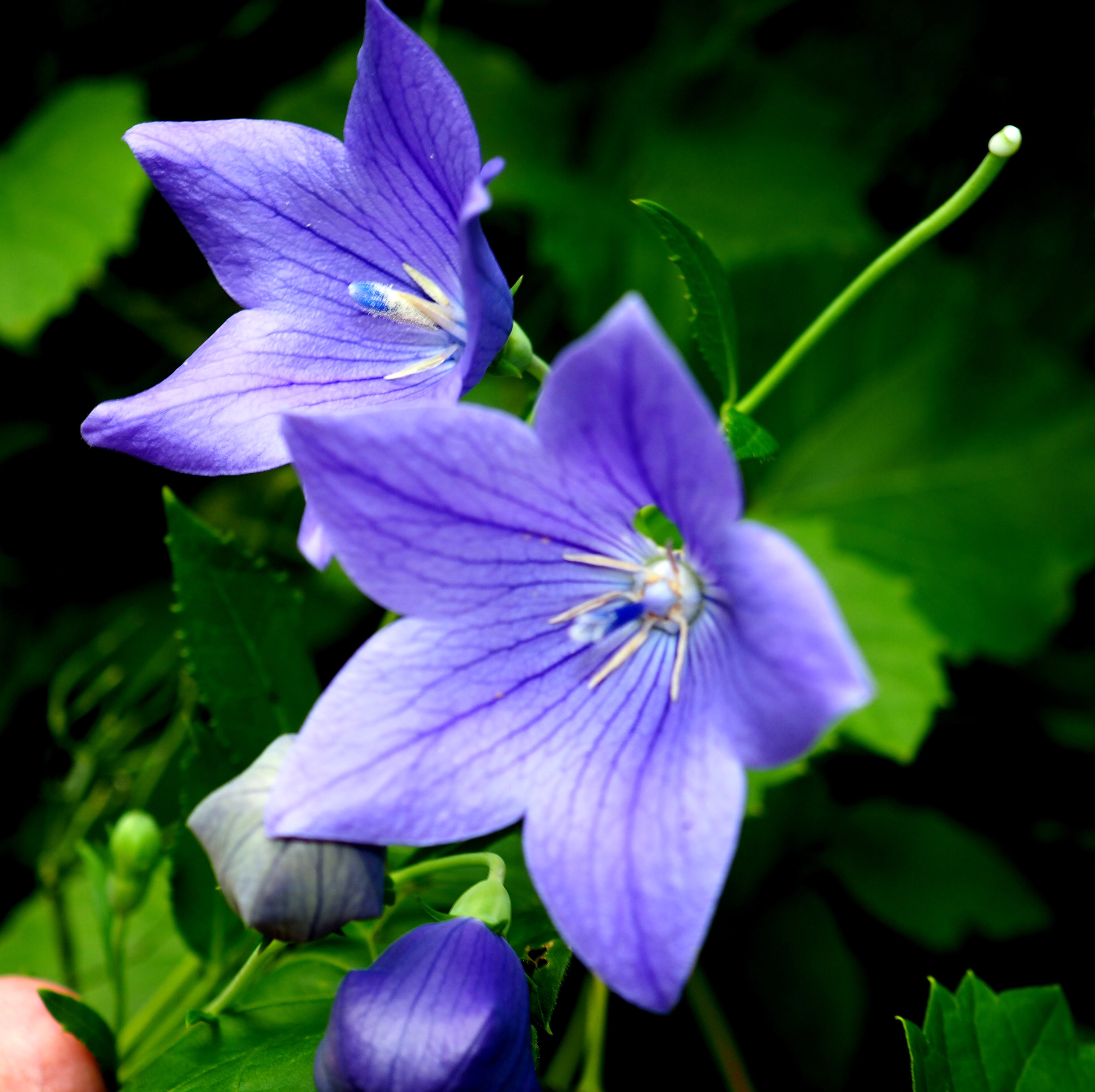

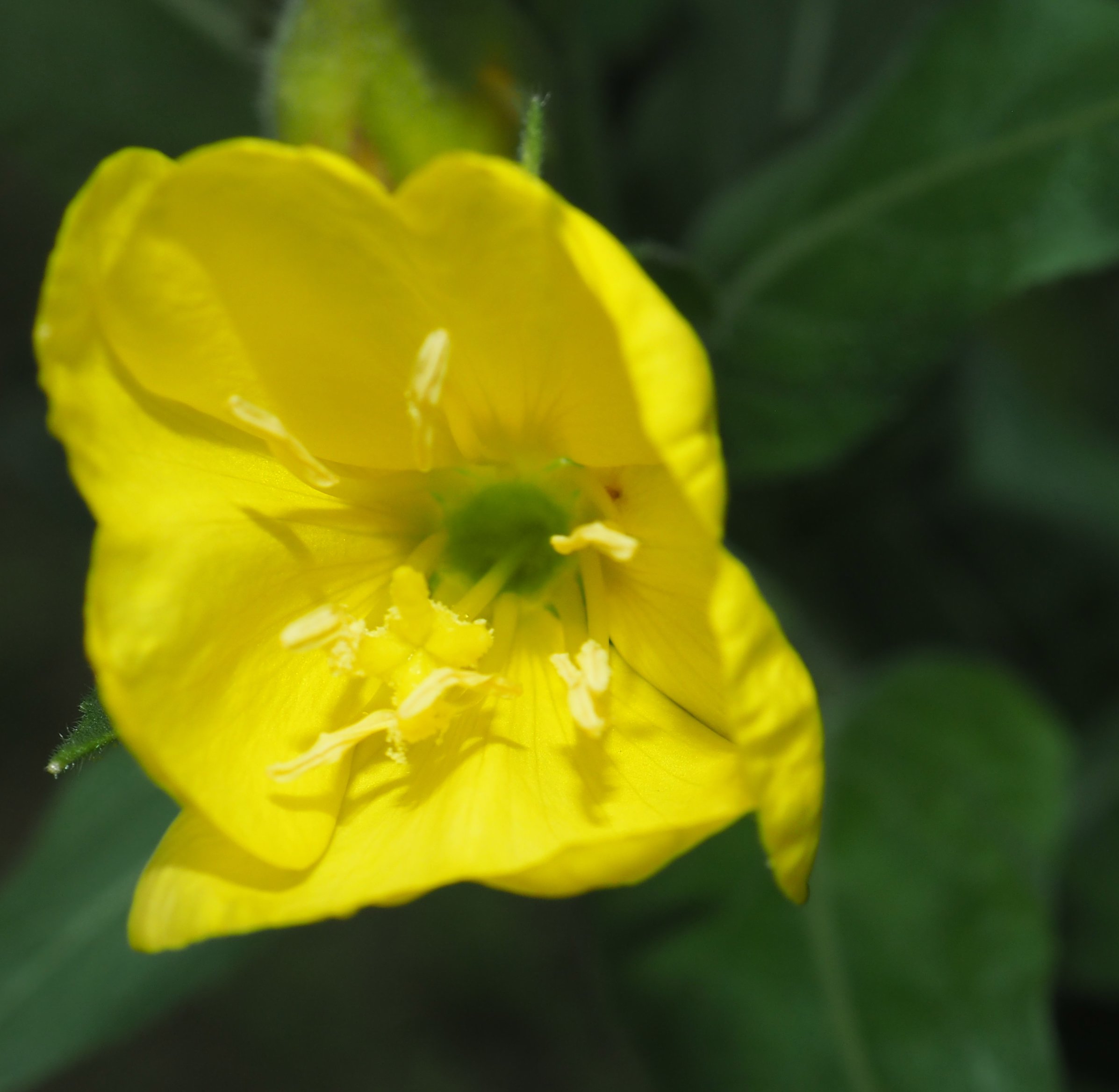
Remember that there is information in the name of the file for each image. You can see it by mousing over the image - look at the lower left of the screen. Or you can click on the image to get to the (usually) larger image. Then the info is displayed in the address line above. Sometimes the second click will actually display a different view of the original image.
I notice more and more about the ants in this yard. Here is probably a new one (for me of course) - in two images. Also here is one I found in a thistle plant - this must be the kind that loves treehopper honeydew.. Hairy little devils, aren't they?
<
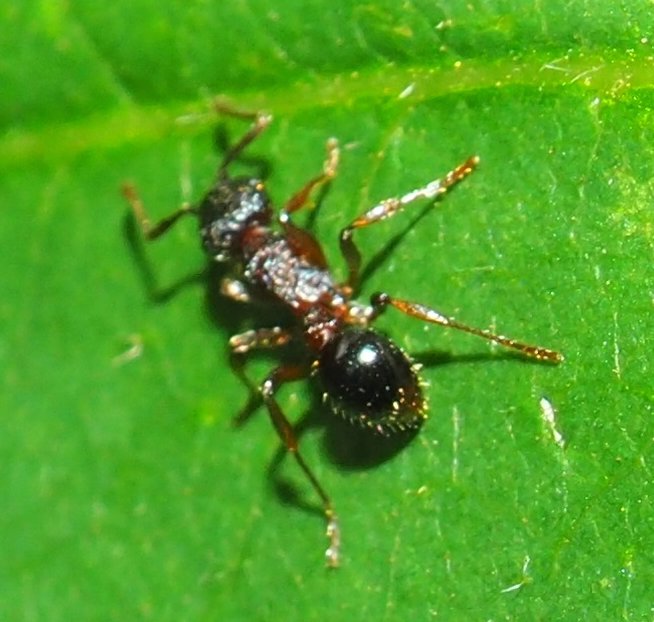
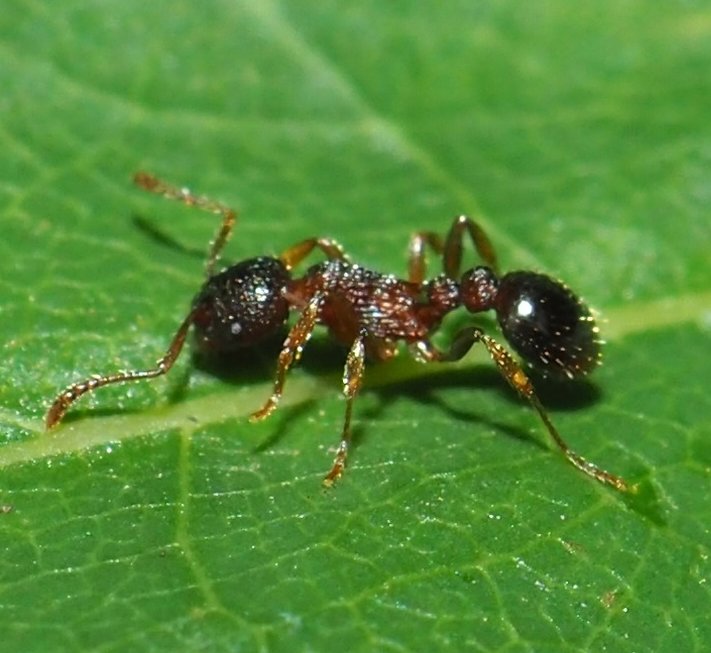
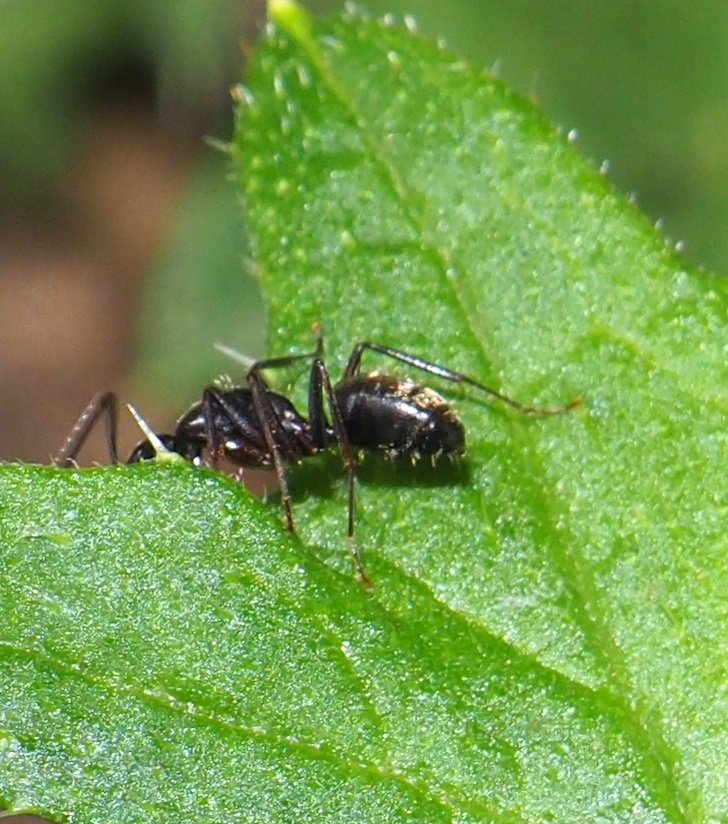
More barklouses, of course. The tigery-looking barklouse Polypsocus cruciatus is such a faithful friend! Second, Metylophorus novaescotiae; Third, our hairy-winged Polypsocus corruptus. Fourth, a nice red barklouse.
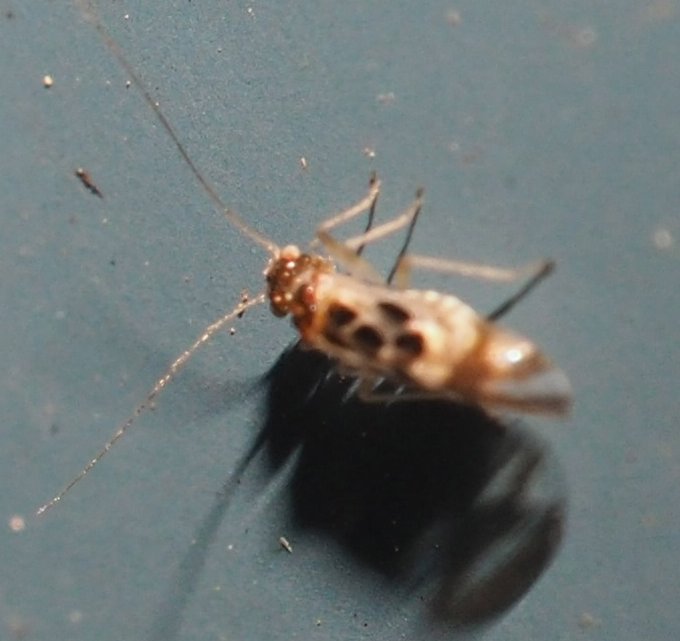
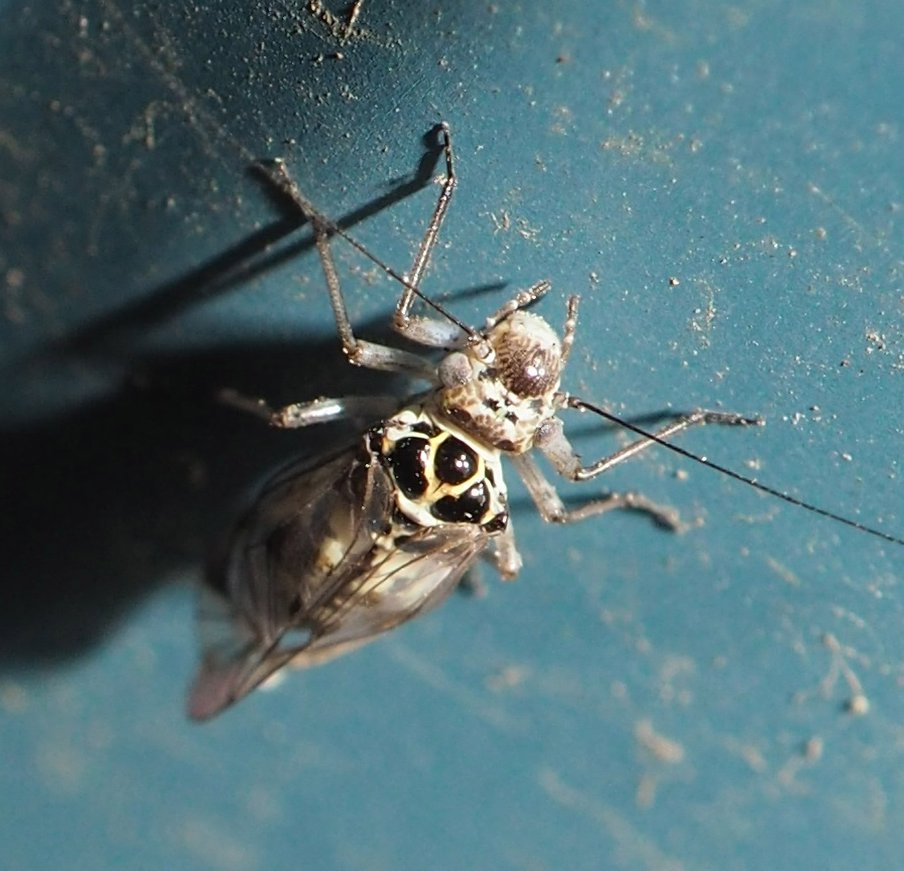

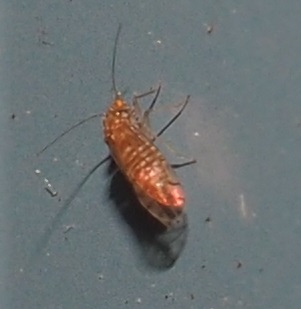
Not many beetles this week. First here is a fat black beetle with a red marking. Then there were either a checkered beetle (yes) all of whose fancy furry coats are really the same or they are a string of differently checkered beetle. Shhh. Momma Robin is still sitting on nest #3 or #4. I'm not going to disturb her any more by taking a picture.
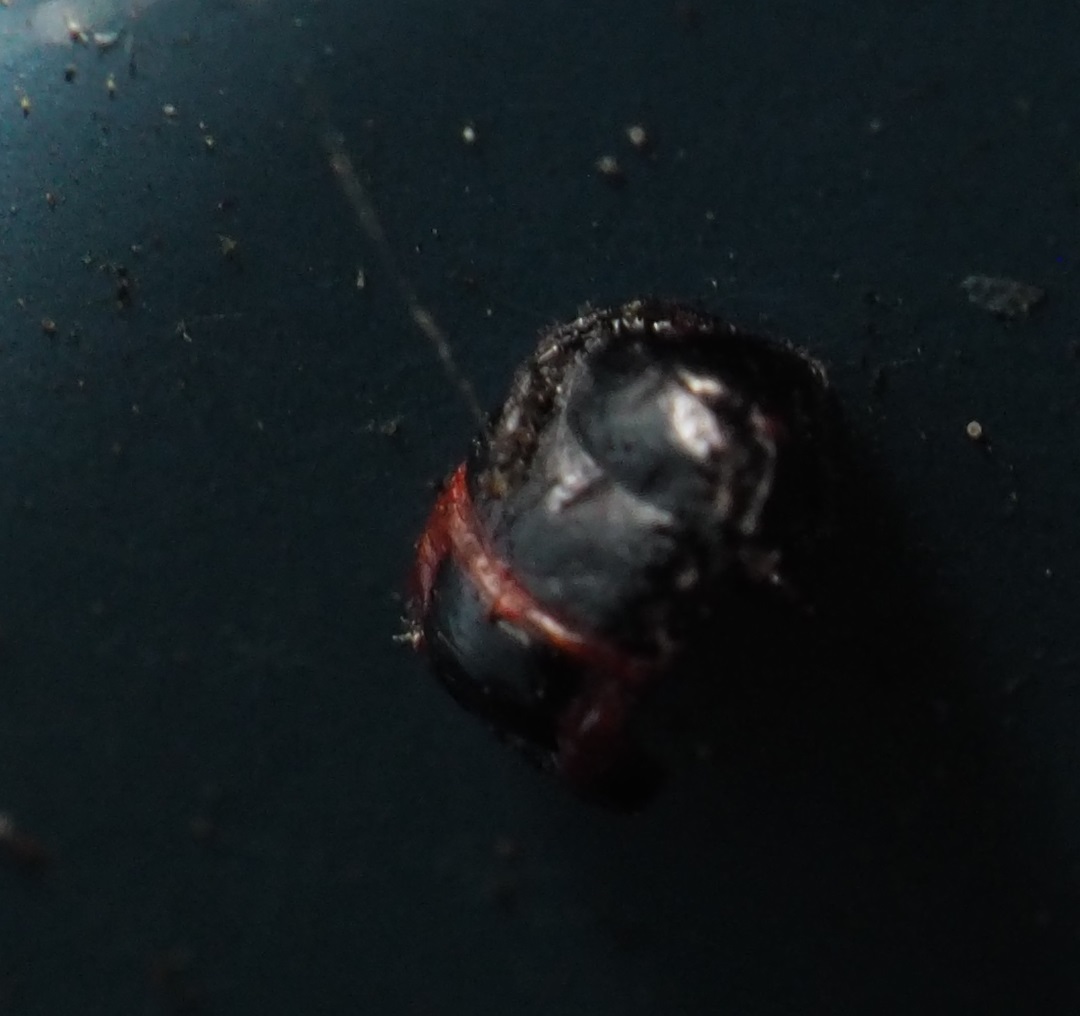
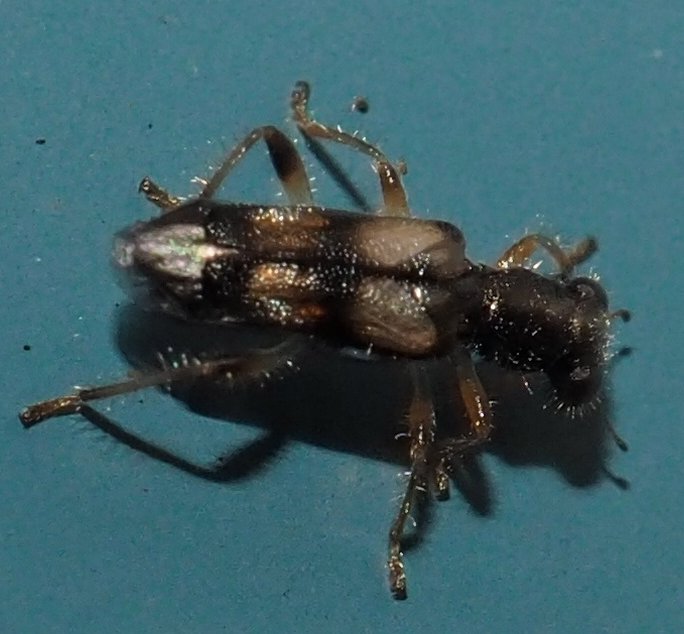
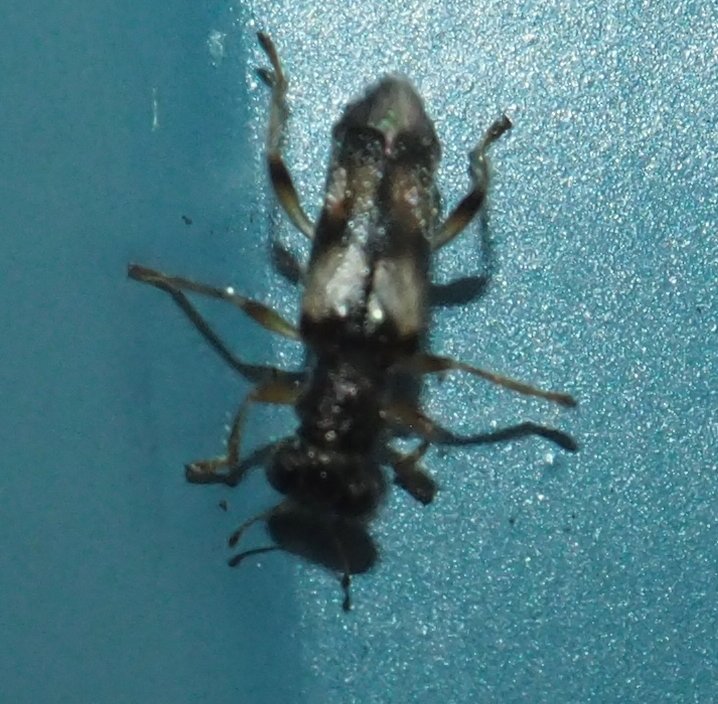

There were quite a few other beetles, like this gorgeous yellow and black Striped Cucumber Beetle, this little black Flea Beetle, and this charming Tumbling Flower Beetle. There are so many many patterns and colors for the Tumbling Flower Beetle but none of the many photos of the having-been-photographed examples were like this one.
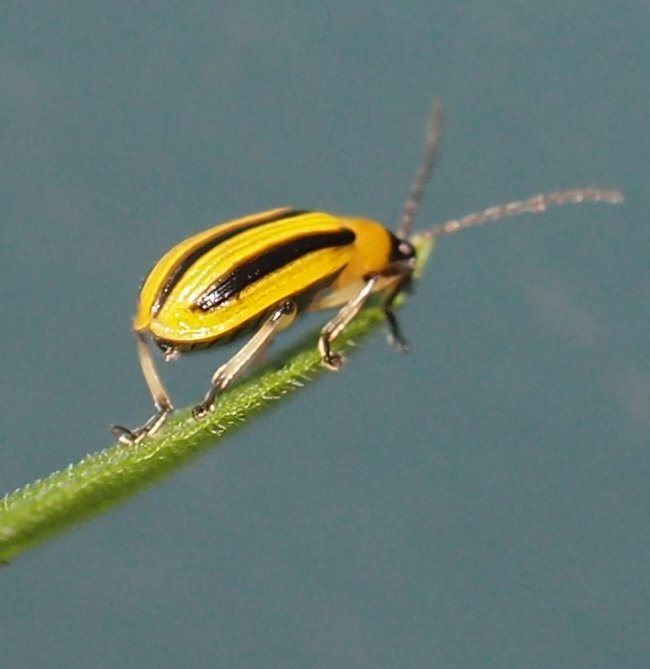
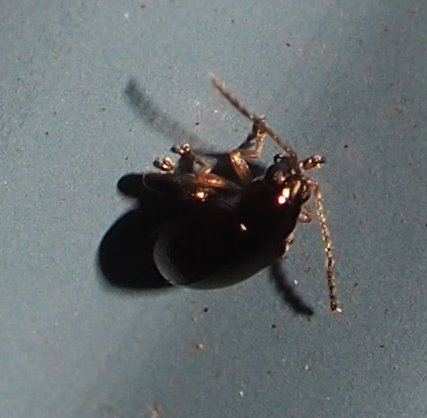
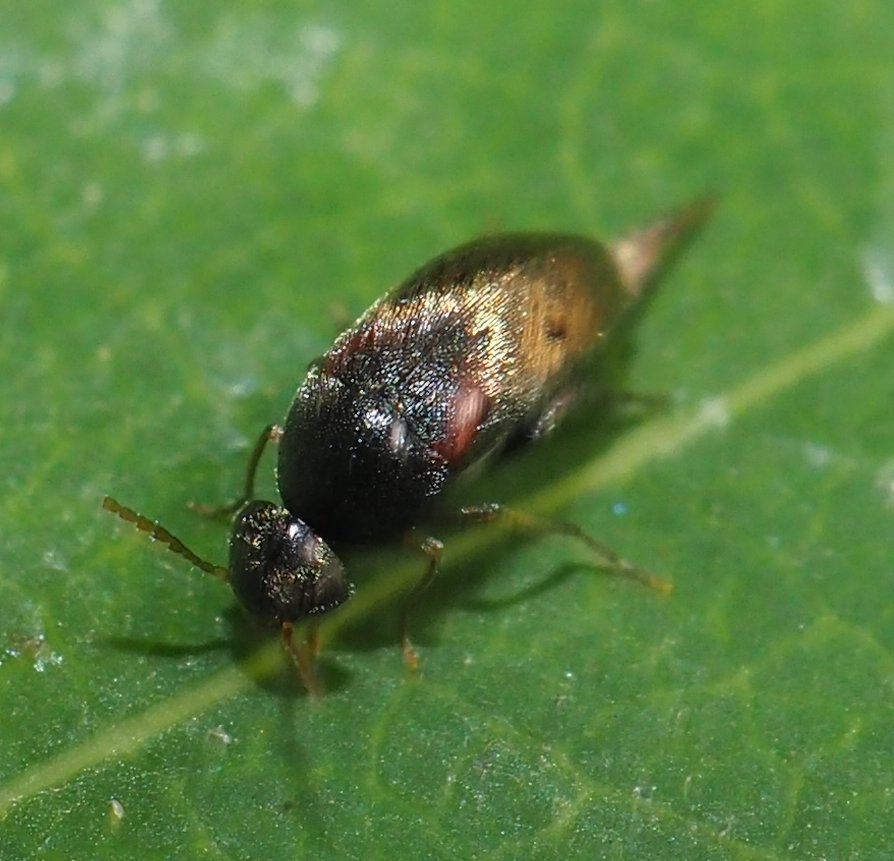
The couple in the first photo are mating while making lacework out of their leaf home. They are fine lacemakers. Second is a Black Longhorn Beetle on an aster leaf. The last beetle in this frame is either a Lightning Beetle or a Soldier beetle of another kind.
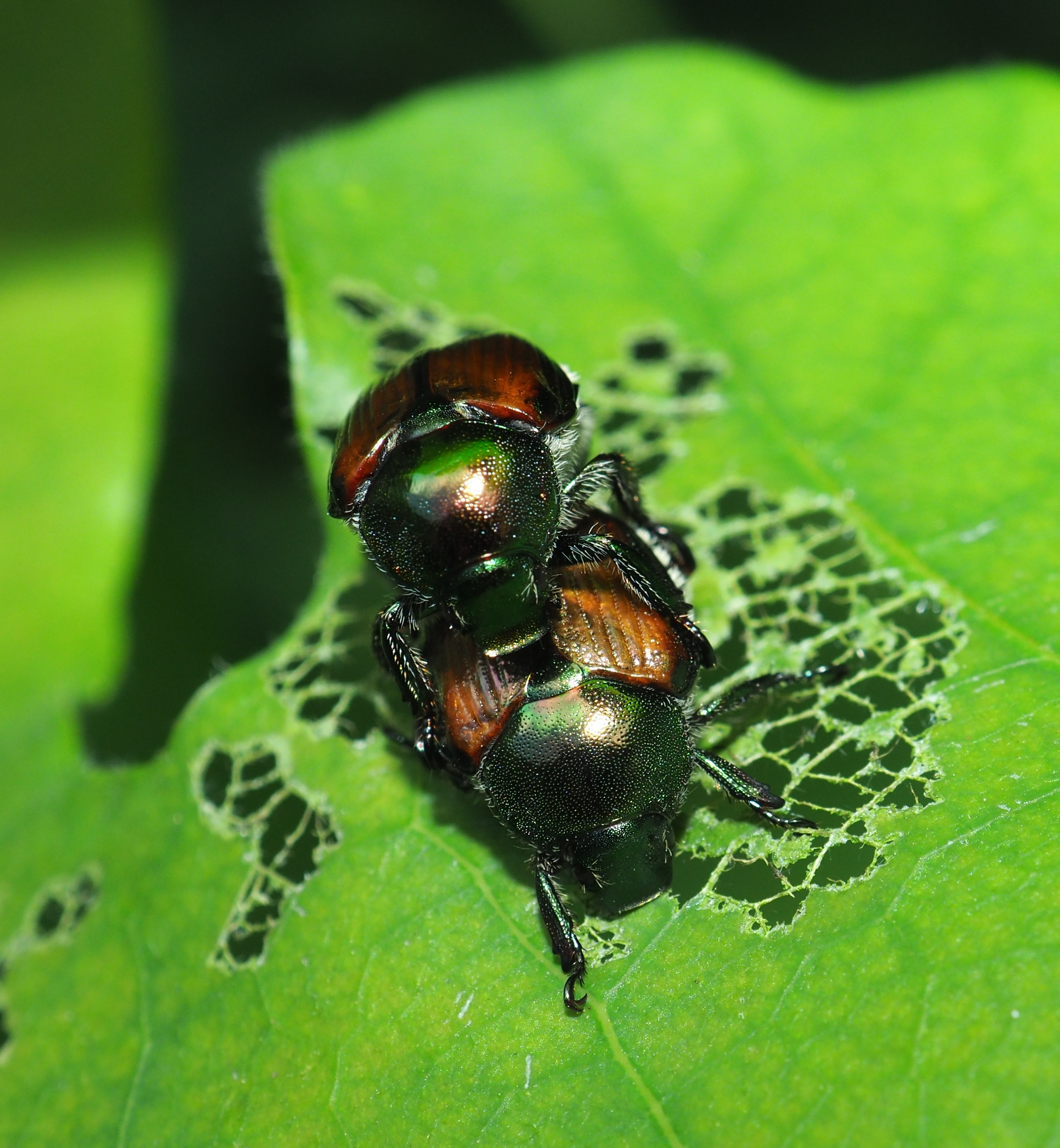
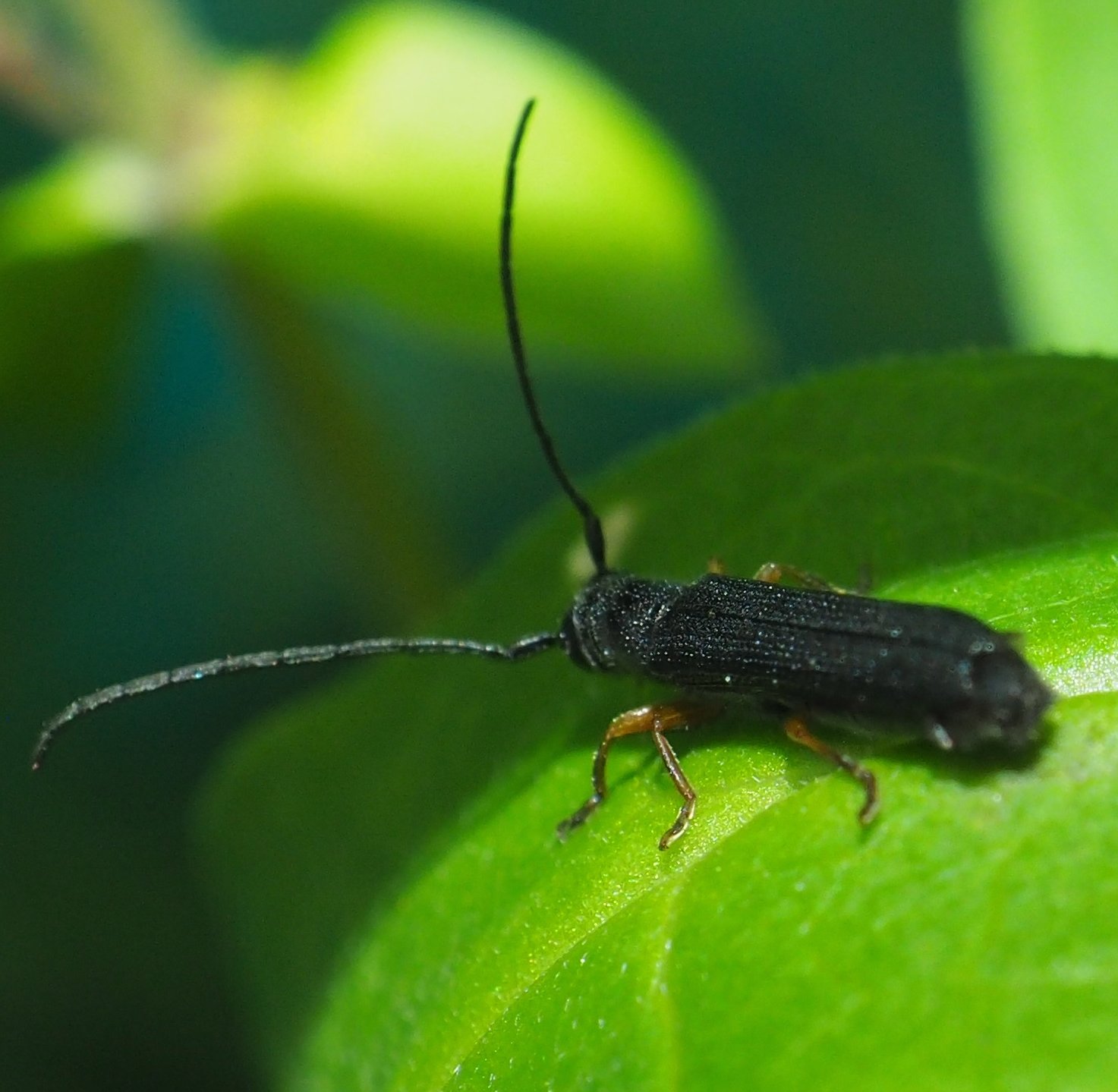
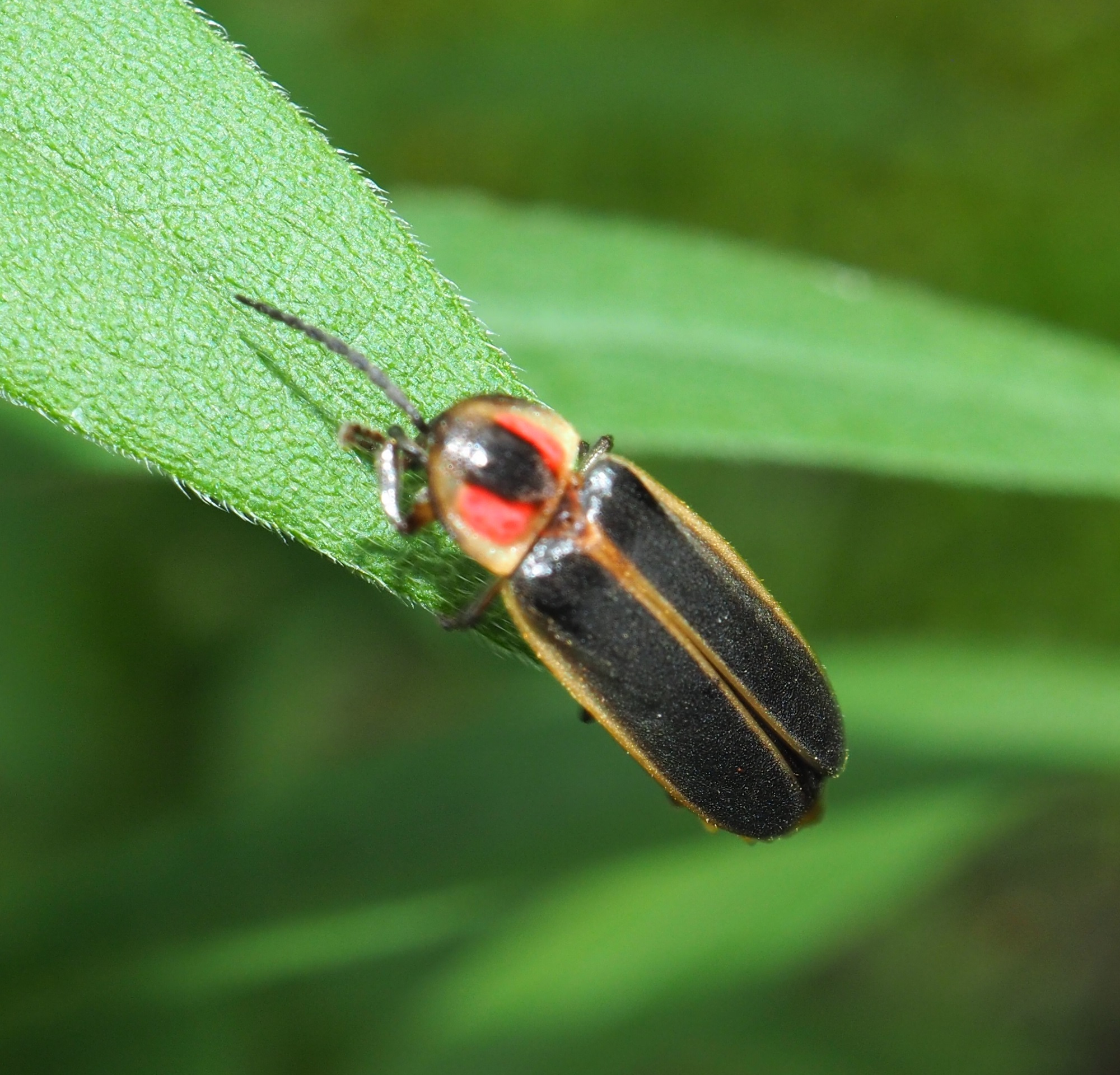
Too bad we can't see any clearer than this with the beetle wedged in between two leaves. It does seem to have a kind of beaded texture. The next beetle is a little grey weevil. The last seems to be a close relative of our Redbud Bruchid.
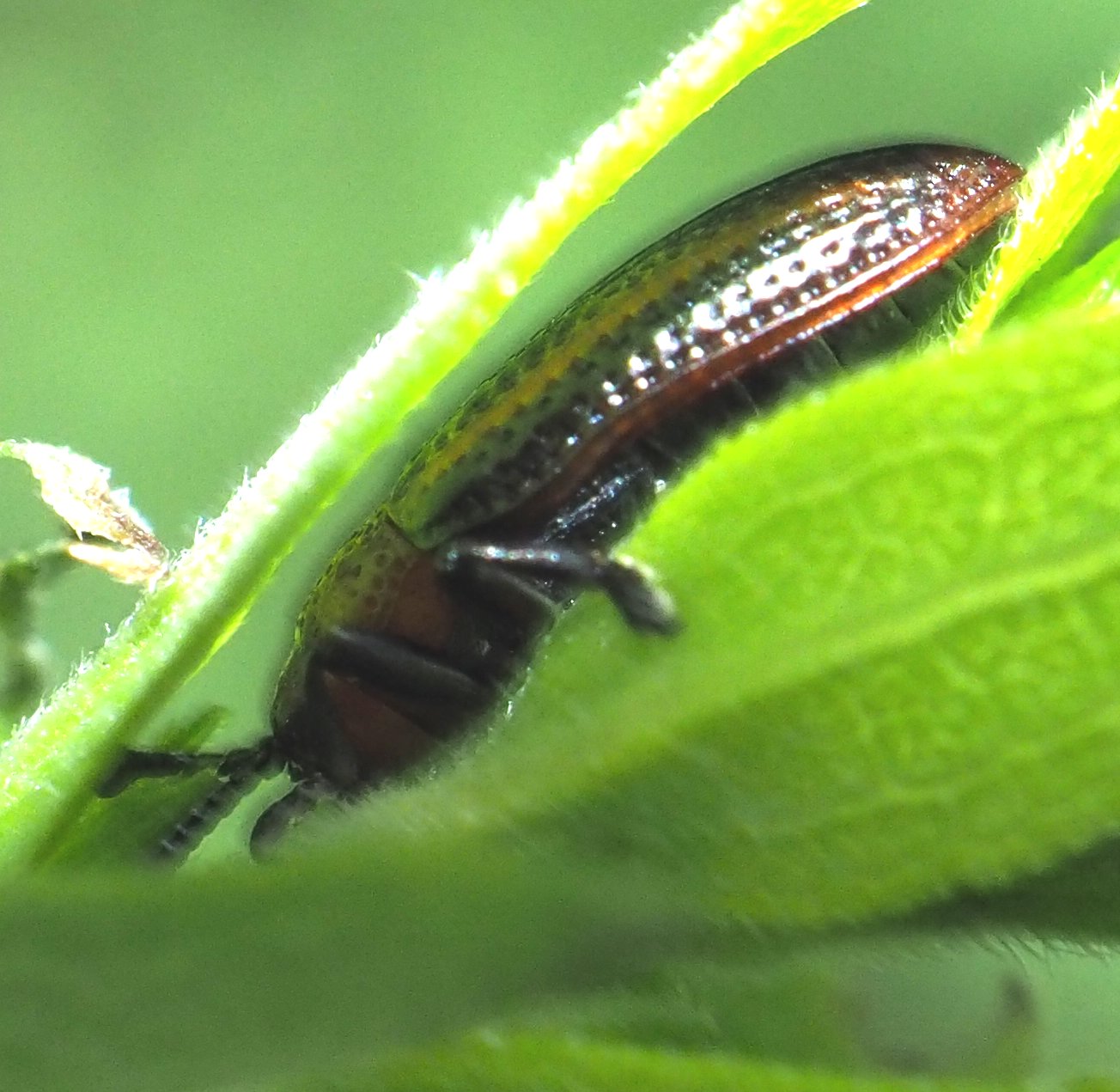
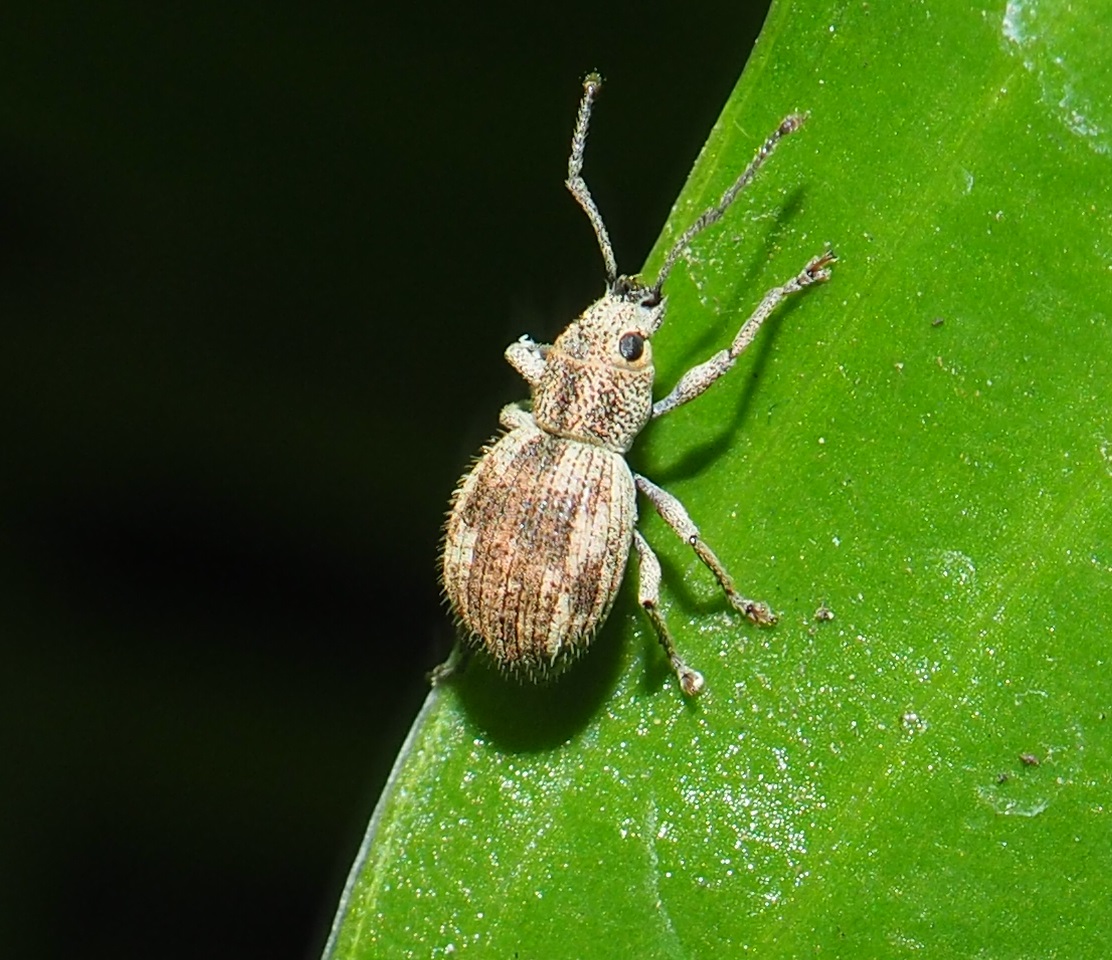

Those tiny assassins have really spread out - yesterday I found four of them in slightly different places. They seem to have different shades of yellow to green to whitish, mostly because of the quality of the sunlight reaching them. The last one is my fave as it seems to be a caricature of Bart Simpson!
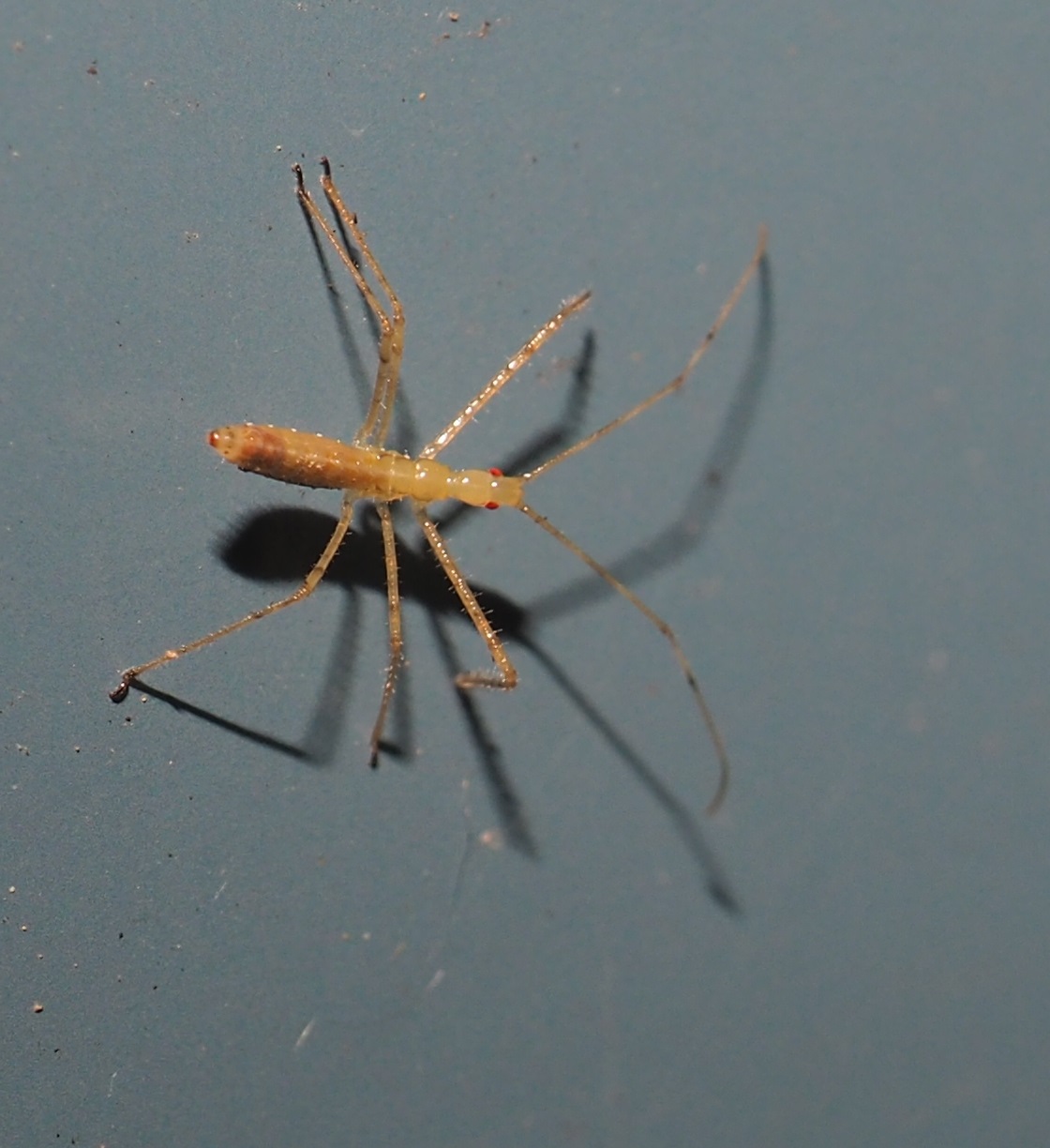
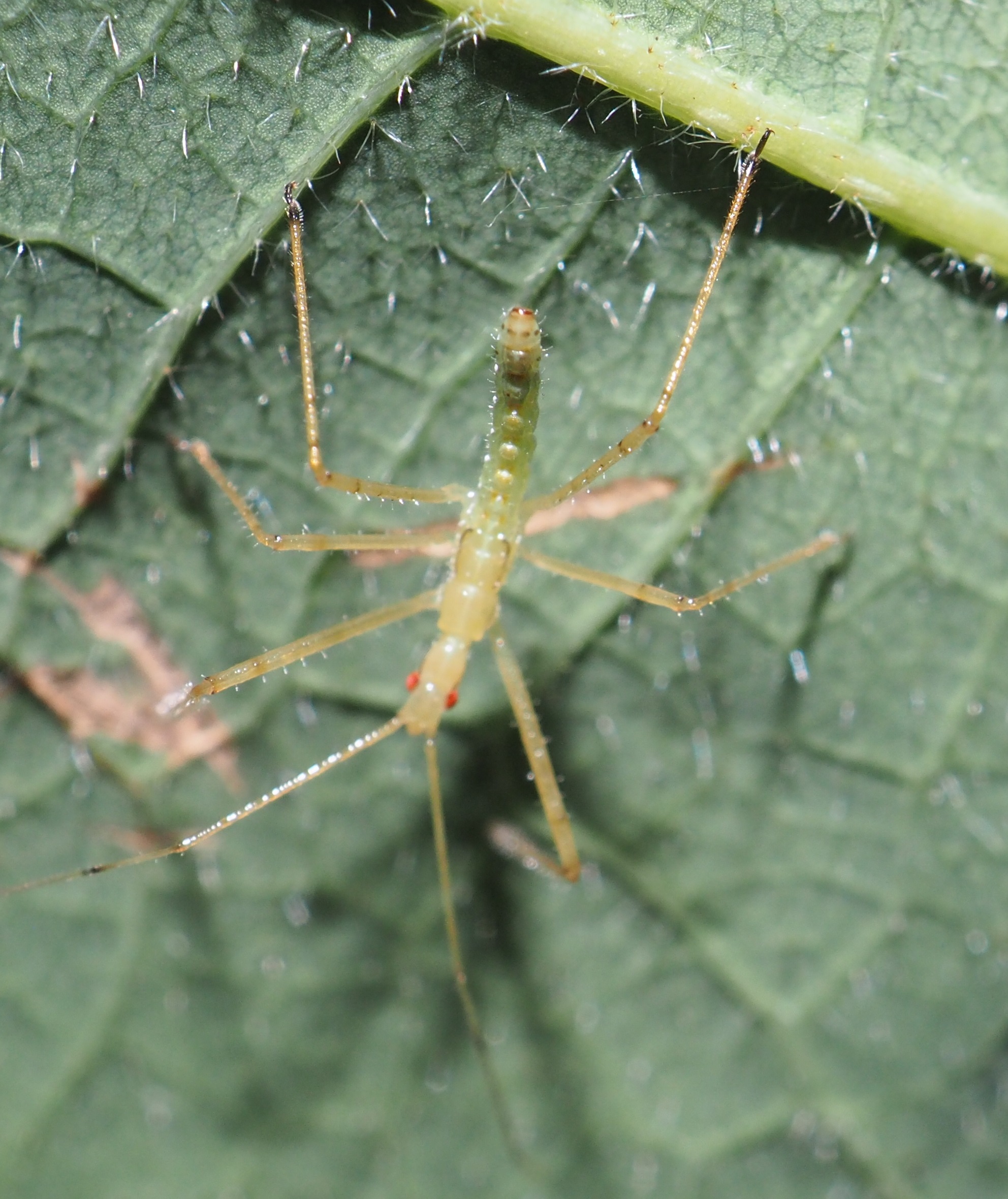
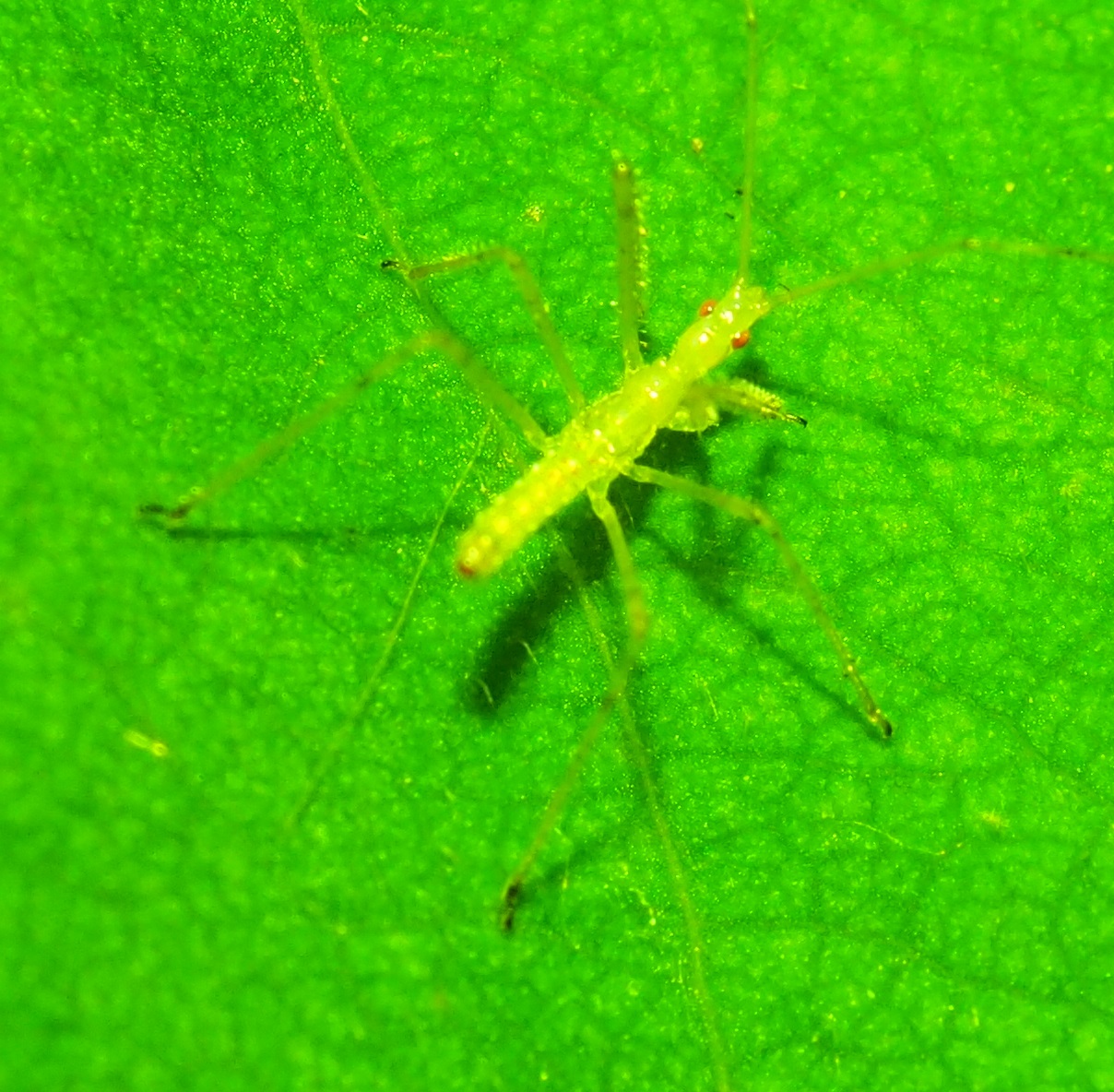
I like this first one - it seemss to be more advanced than the others. Very aesthetic. Then we have a couple of pictures of an ADULT assassin bug.
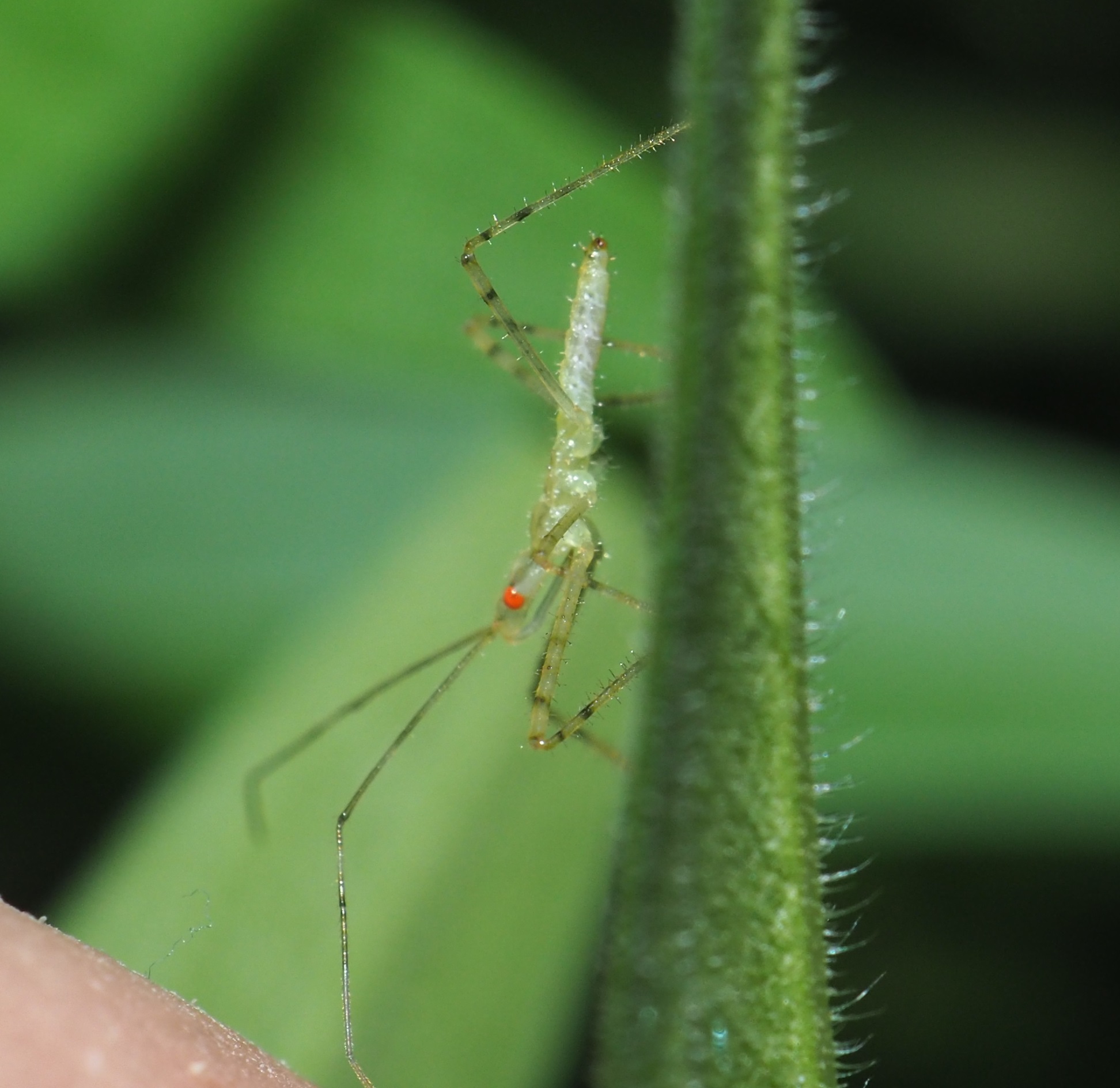
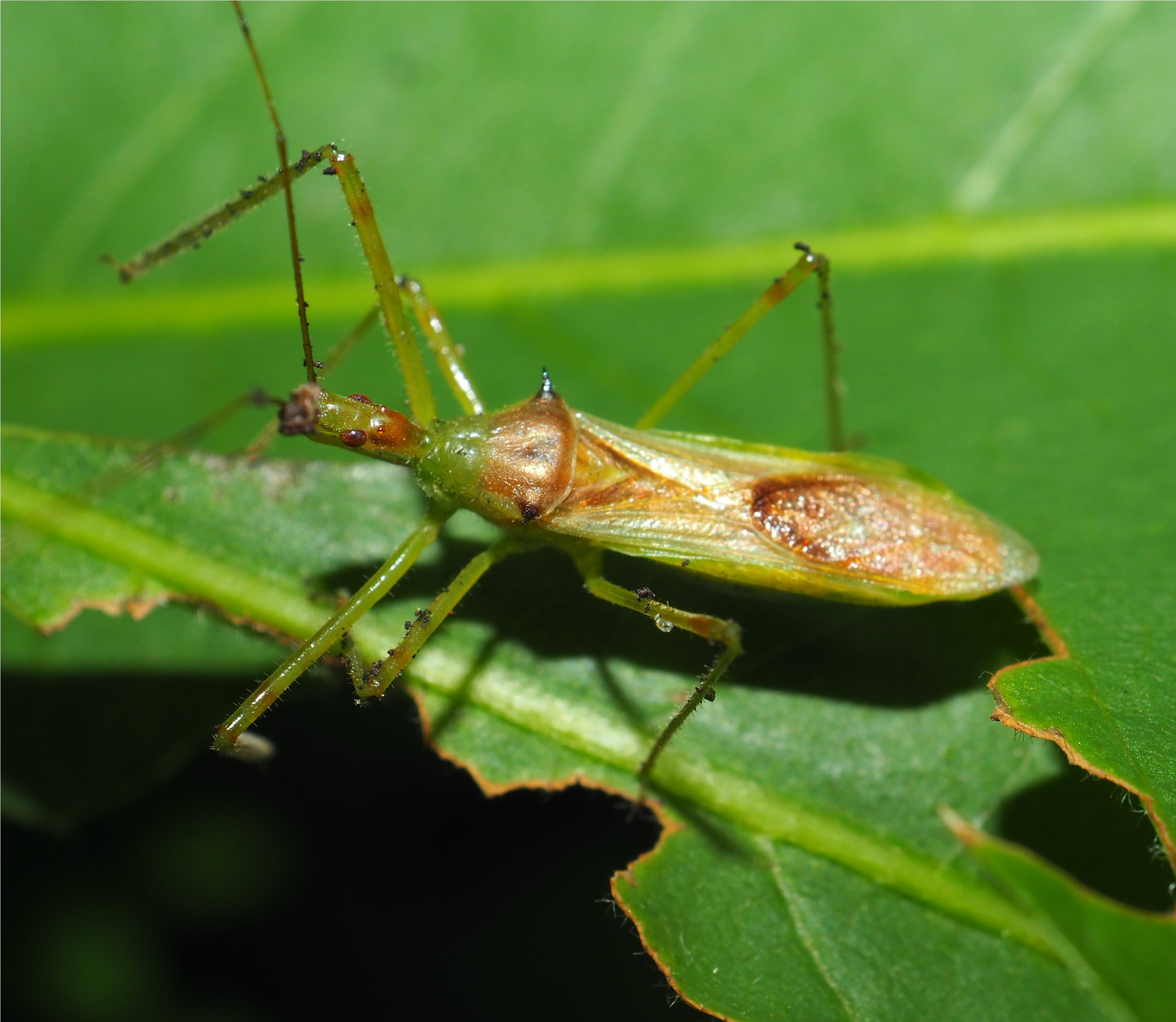
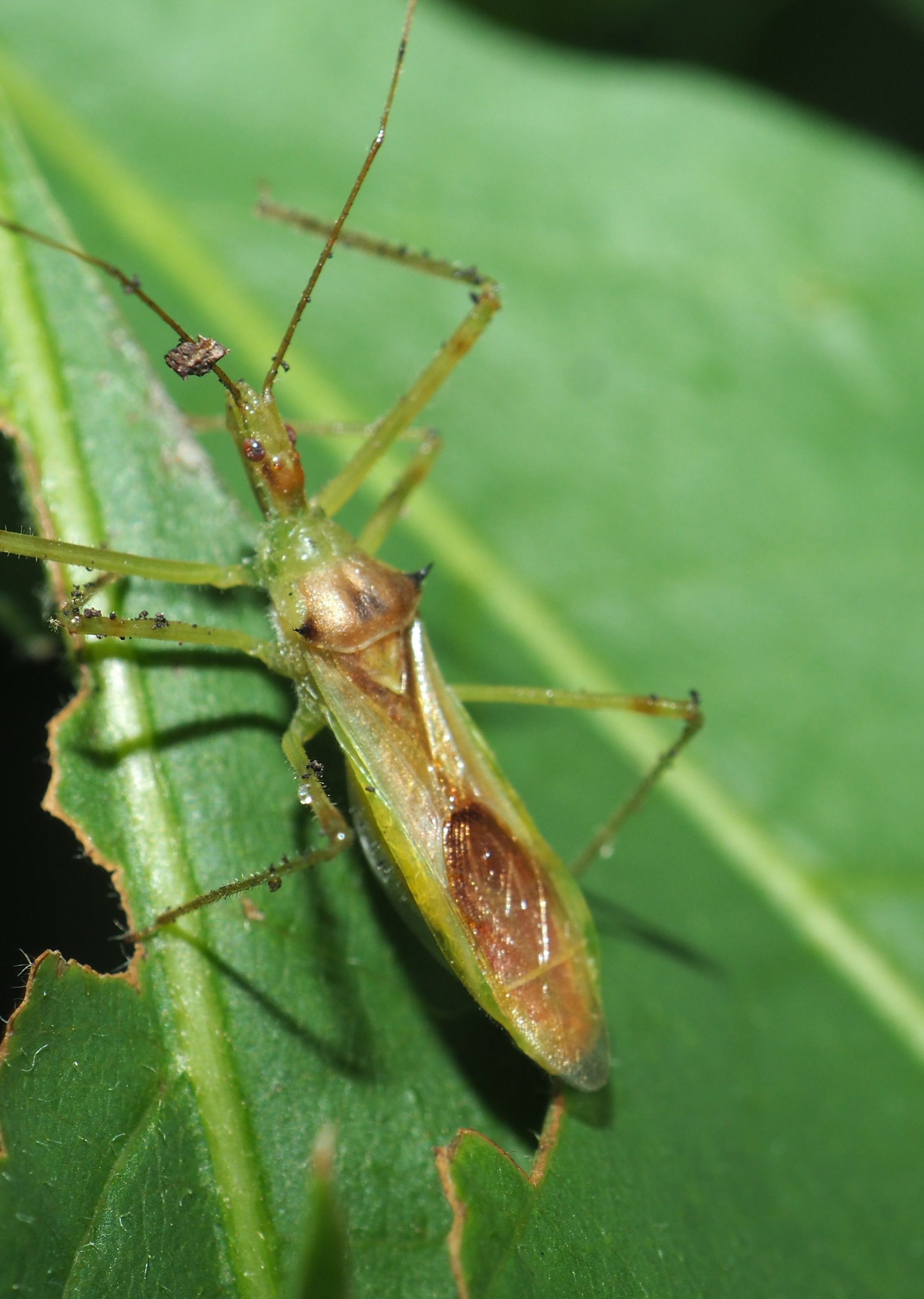
Next are a group of leafhoppers that were shown in a photo list under the broad genus Scaphoideus. They do carry traits that must be commonly mis-listed. Somehow these last three leafhoppers are really in a common species name. The hardest one to see is the one with red on its wings. But after a LOT of inspection, it turns out that the red spots appear through the wings and are actually caused by a couple of red parasitic mites.
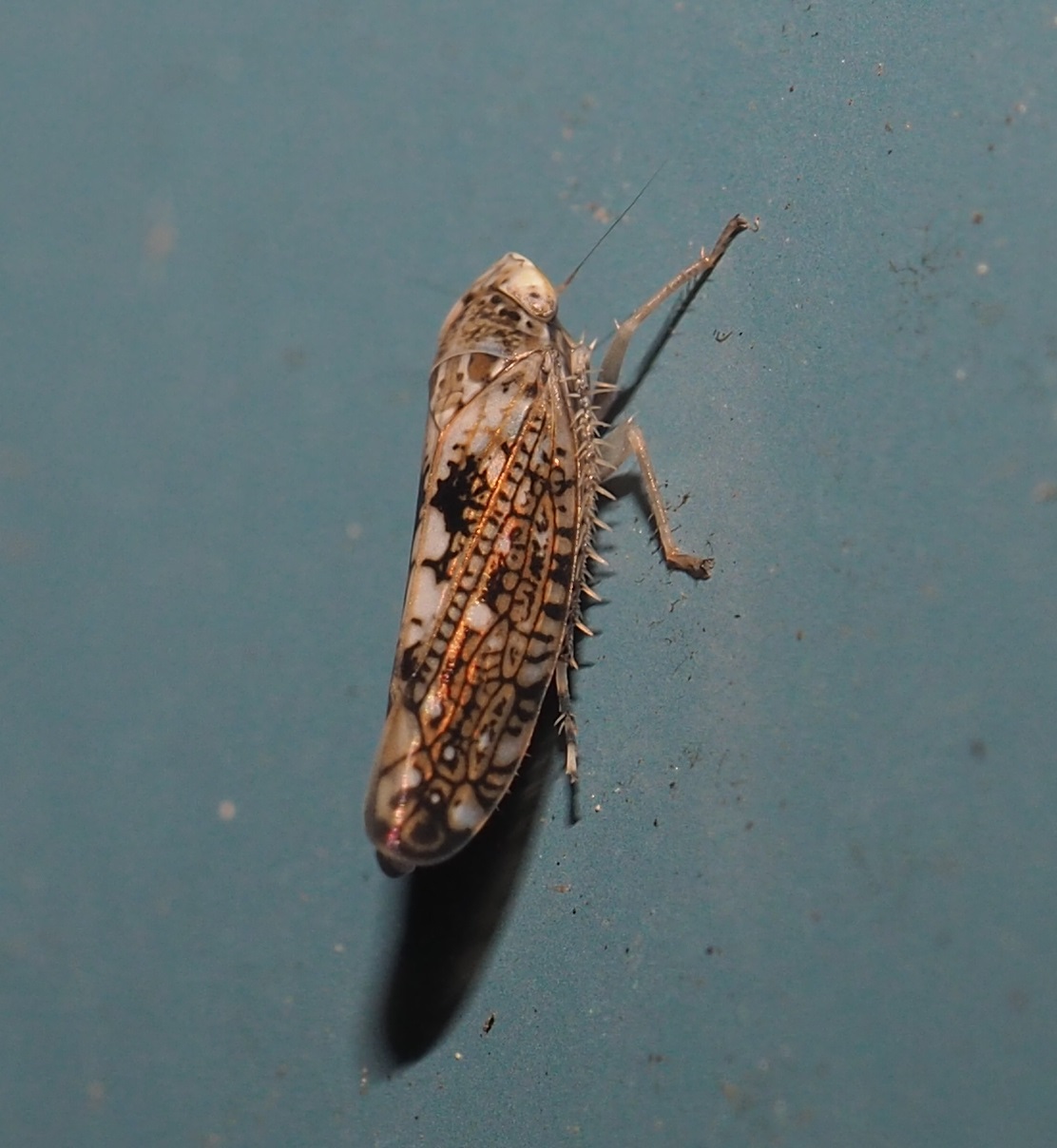
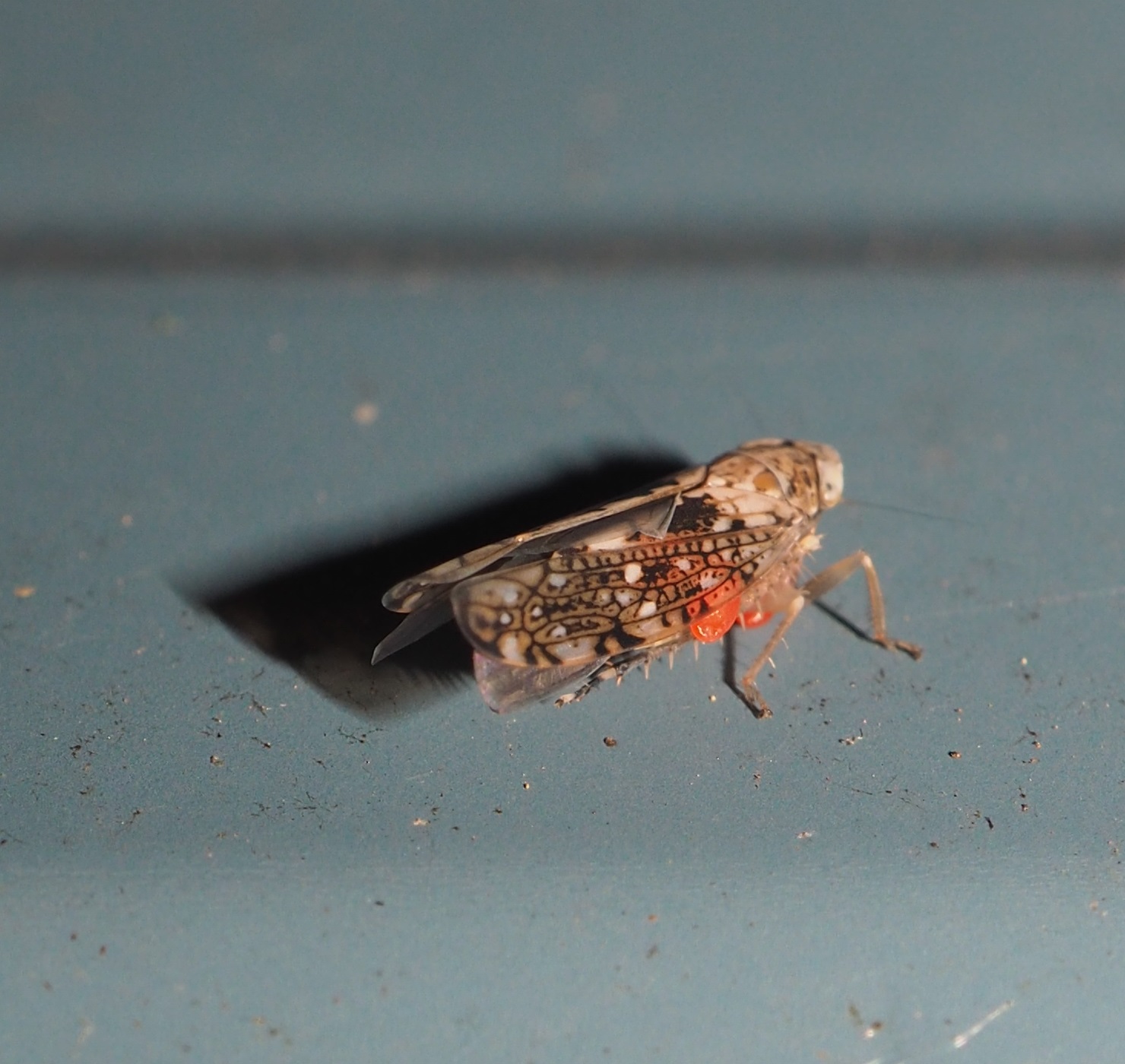
.jpg)
Blue is a very much sought-after color - not too ubiquitous among leafhoppers. But it still shows up enough to raise one's spirits, say in image 1. We saw the second one last week. The yellow one we have also often seen.

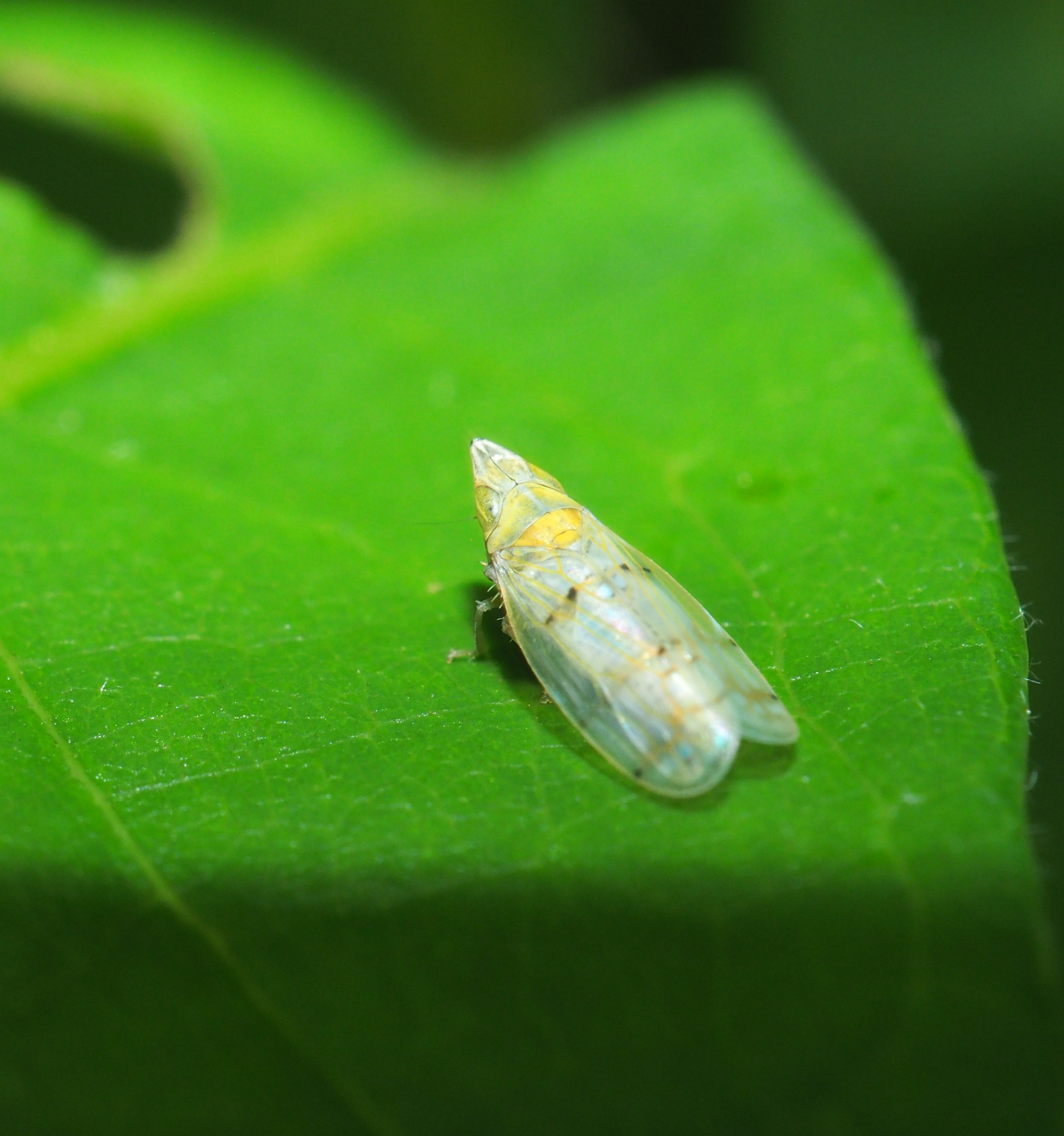
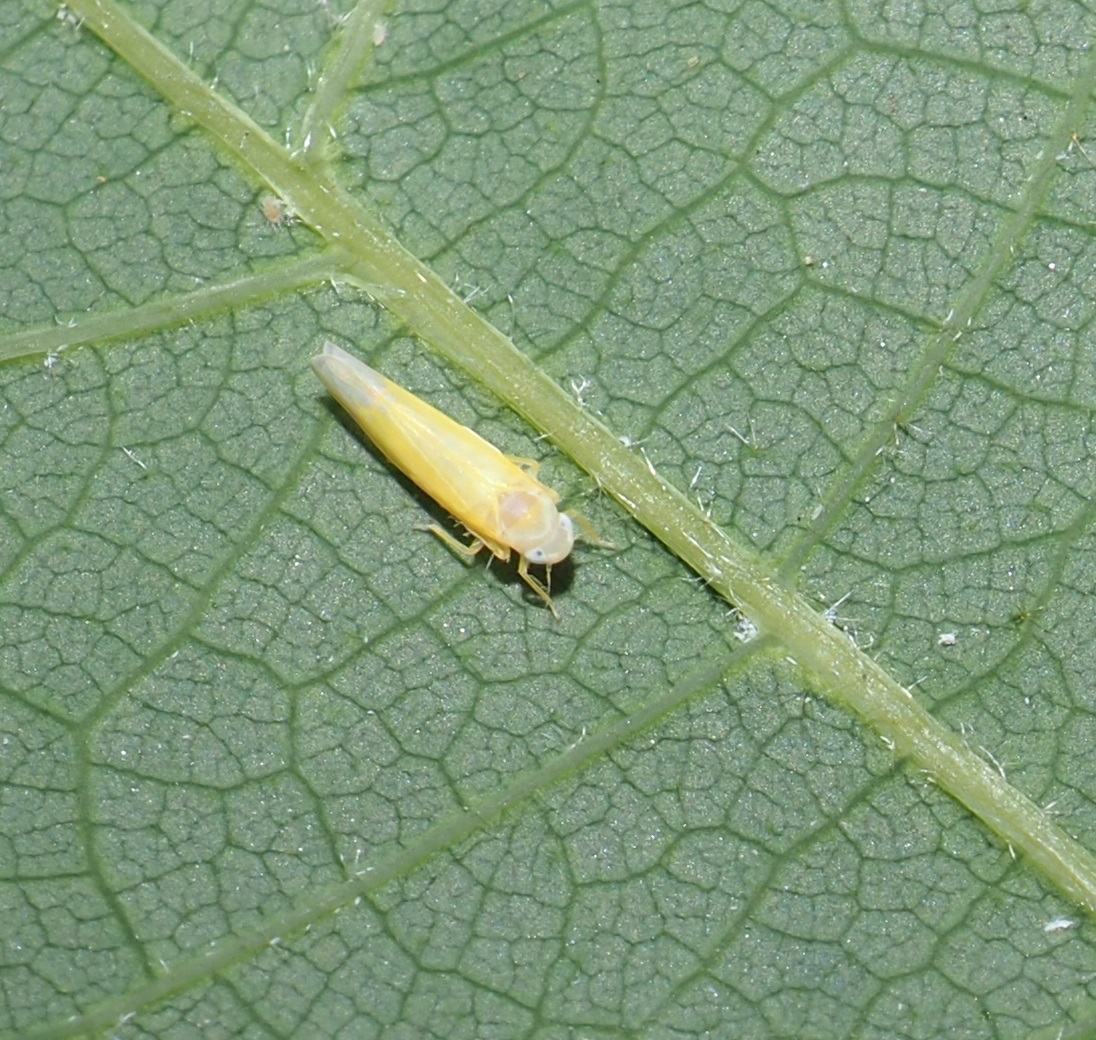
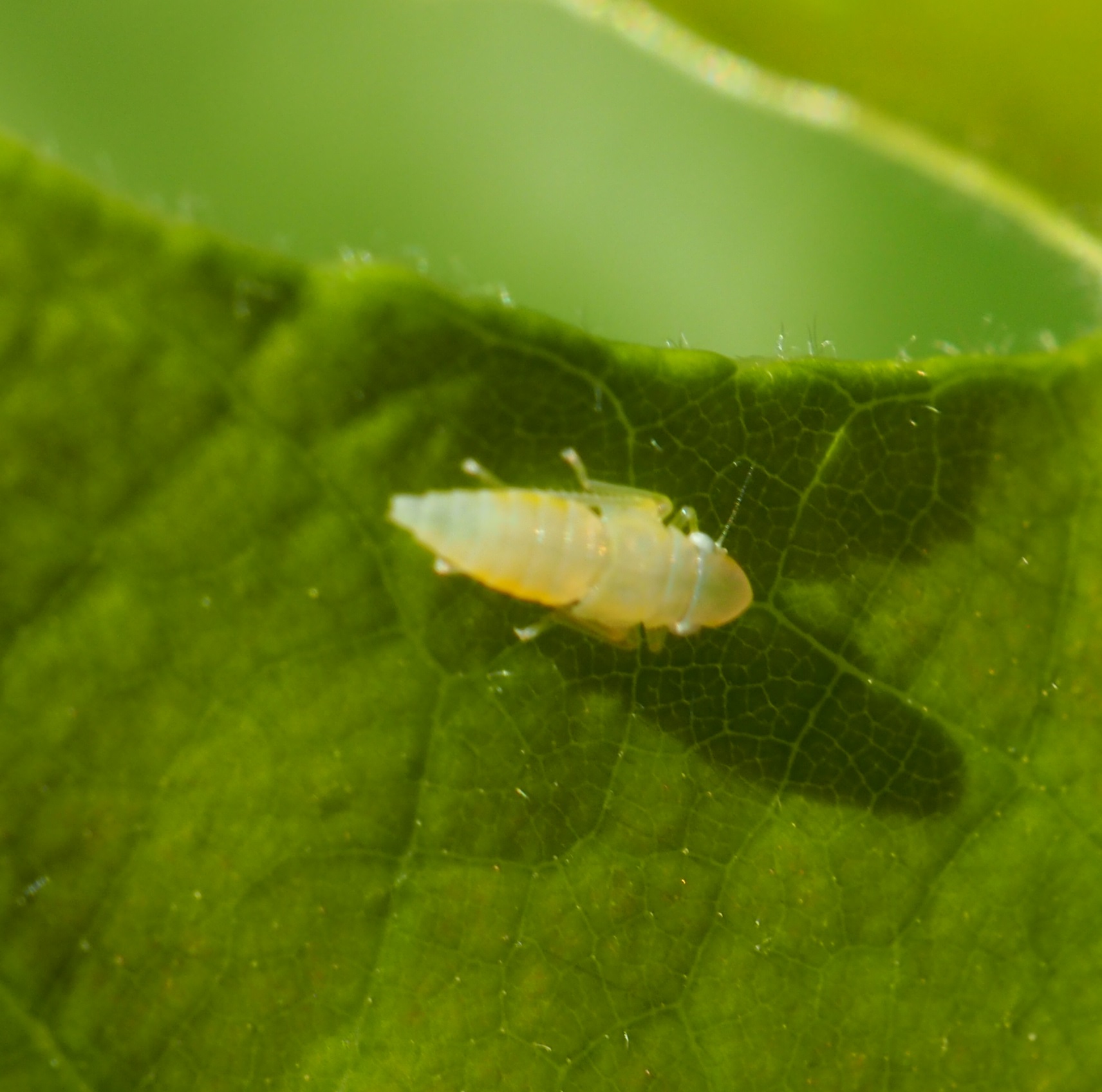
This thing that I often called a leafhopper is really a Meadow Spittle Bug. Let's now sneak into the list of plant bugs. This first one does look like a member of the Lygus genus. The second looks somewhat like a rower. The last image is of another kind of bug, maybe a plant bug too!
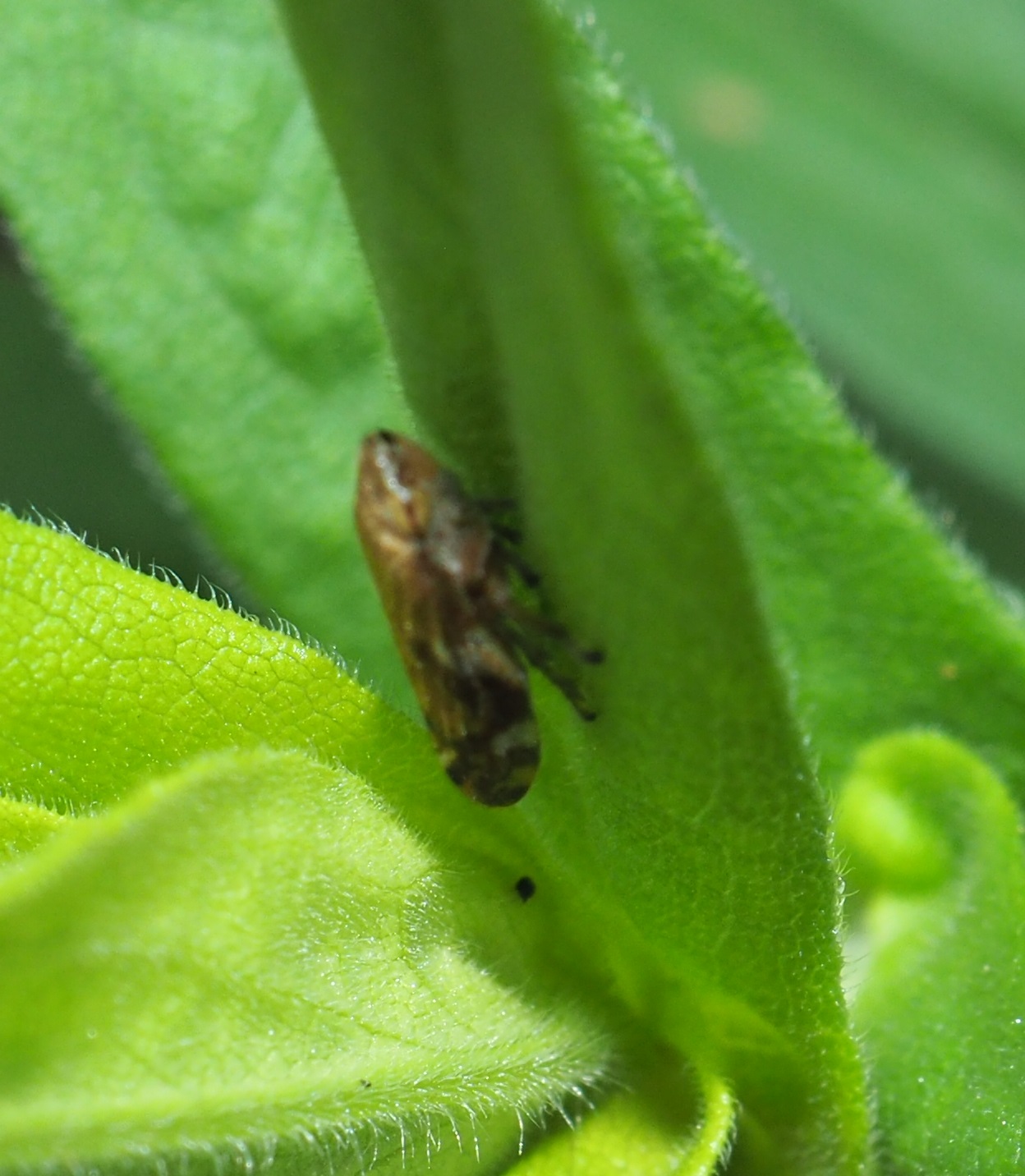
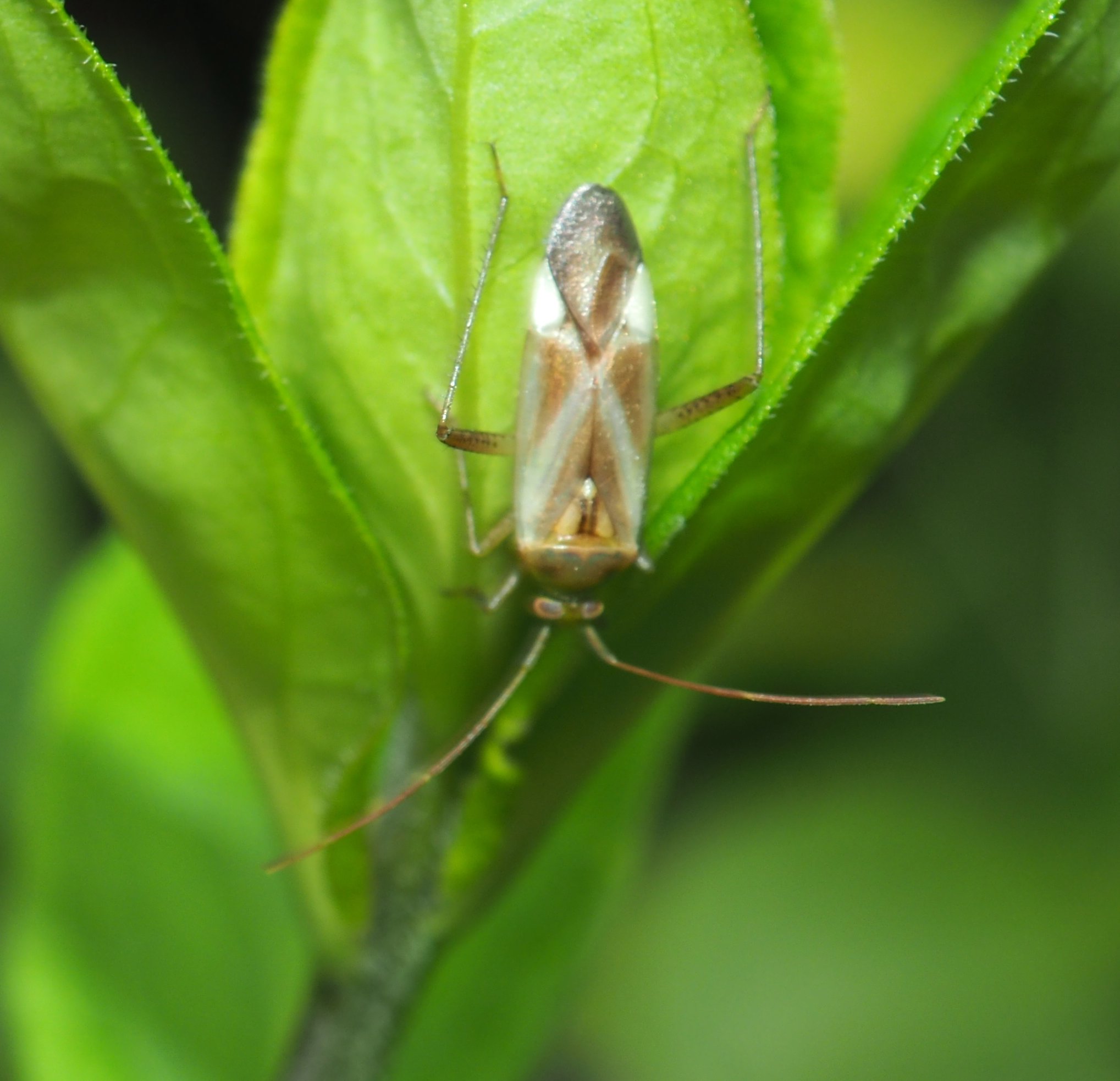
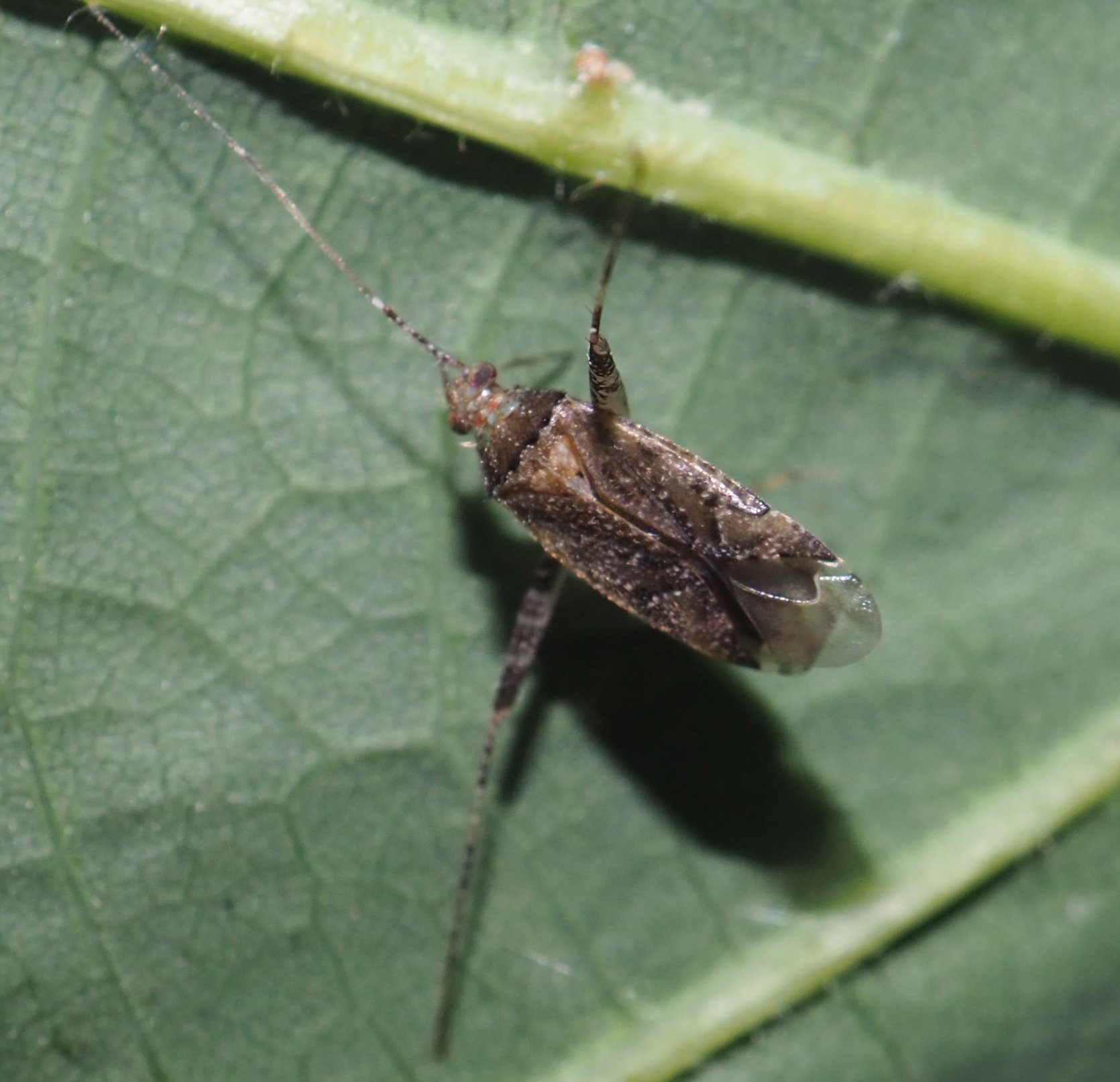

We saw quite a few more of these little stink buglets, and they are BMSB (Brown Marmorated....) In fact, do you remember the picture of the little round white eggs broken open to display their baby BSMB's. It turns out that my guess is unfortunately correct- they are BSBM's.

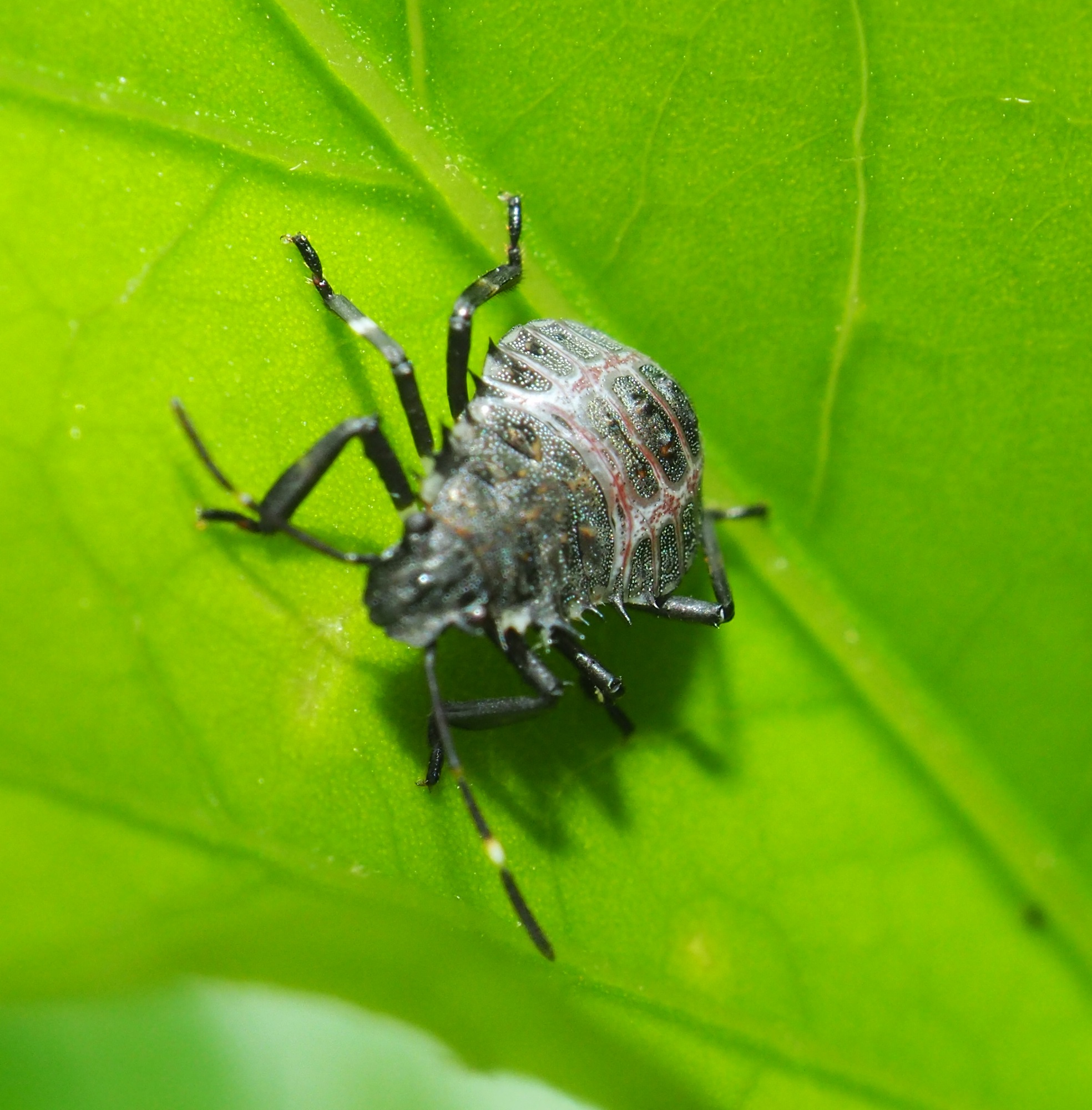
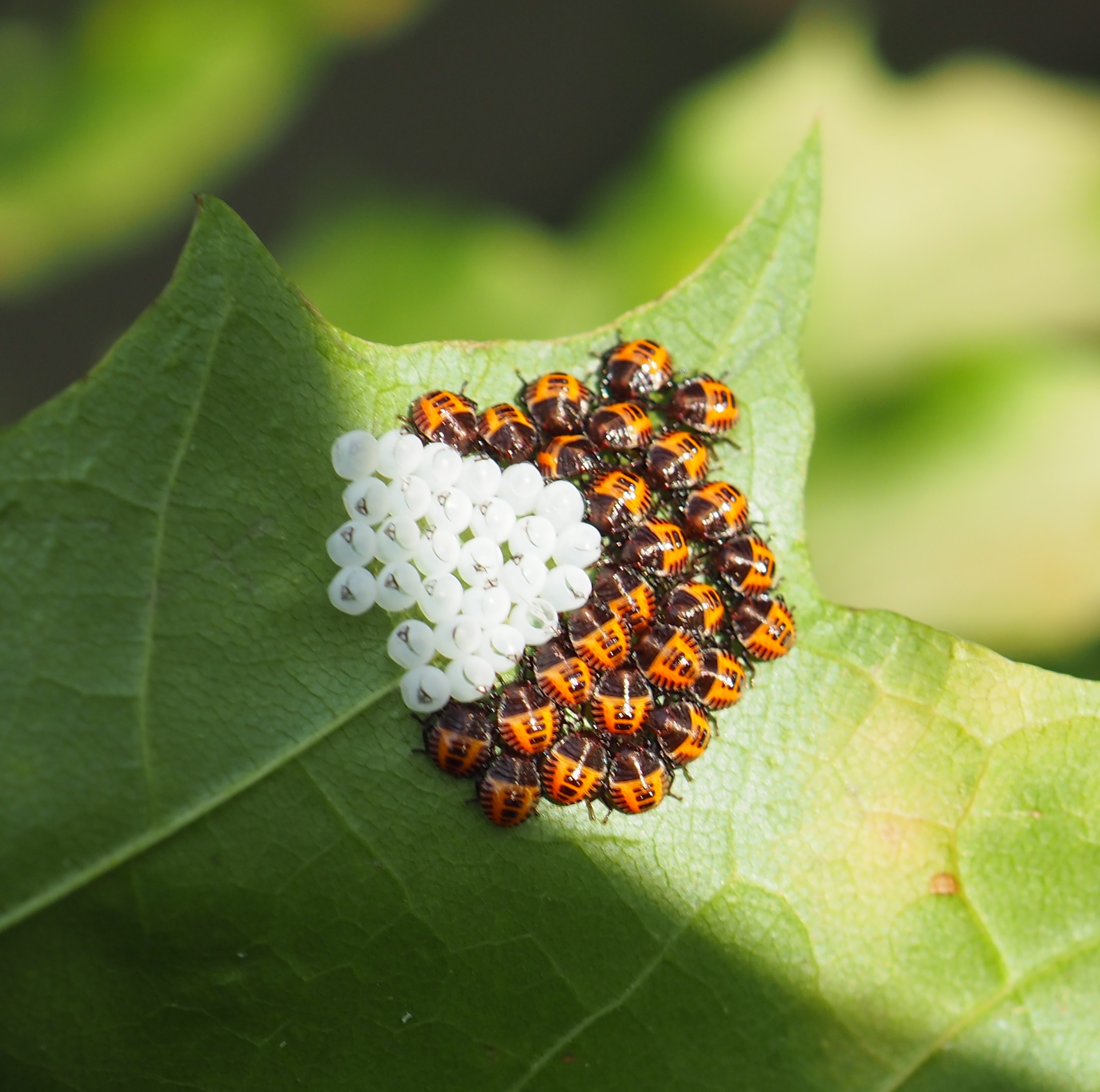
Remember back in July 14 week's buggies? Here is a picture from then showing what I think must be the nymph of the Two-striped Planthopper and on the lower end of the stick a fluff critter? I thought then that fluff critter was an earlier nymph. But it now seems that it was the nymph of quite another Planthopper, namely the Northern Flatid Planthopper, this thing of a baby baby blue coat. So now I'm on the trail of the Two-striped Planthopper. The Flatid One was resting on the siding of my neighbors' house. This little Keeled Treehopper was in the thistle next to the house on the Other side of me.
Now THIS white foamy mass seems to be from the eggs of the Two-Mark Treehopper, the one with the pointy thorn .
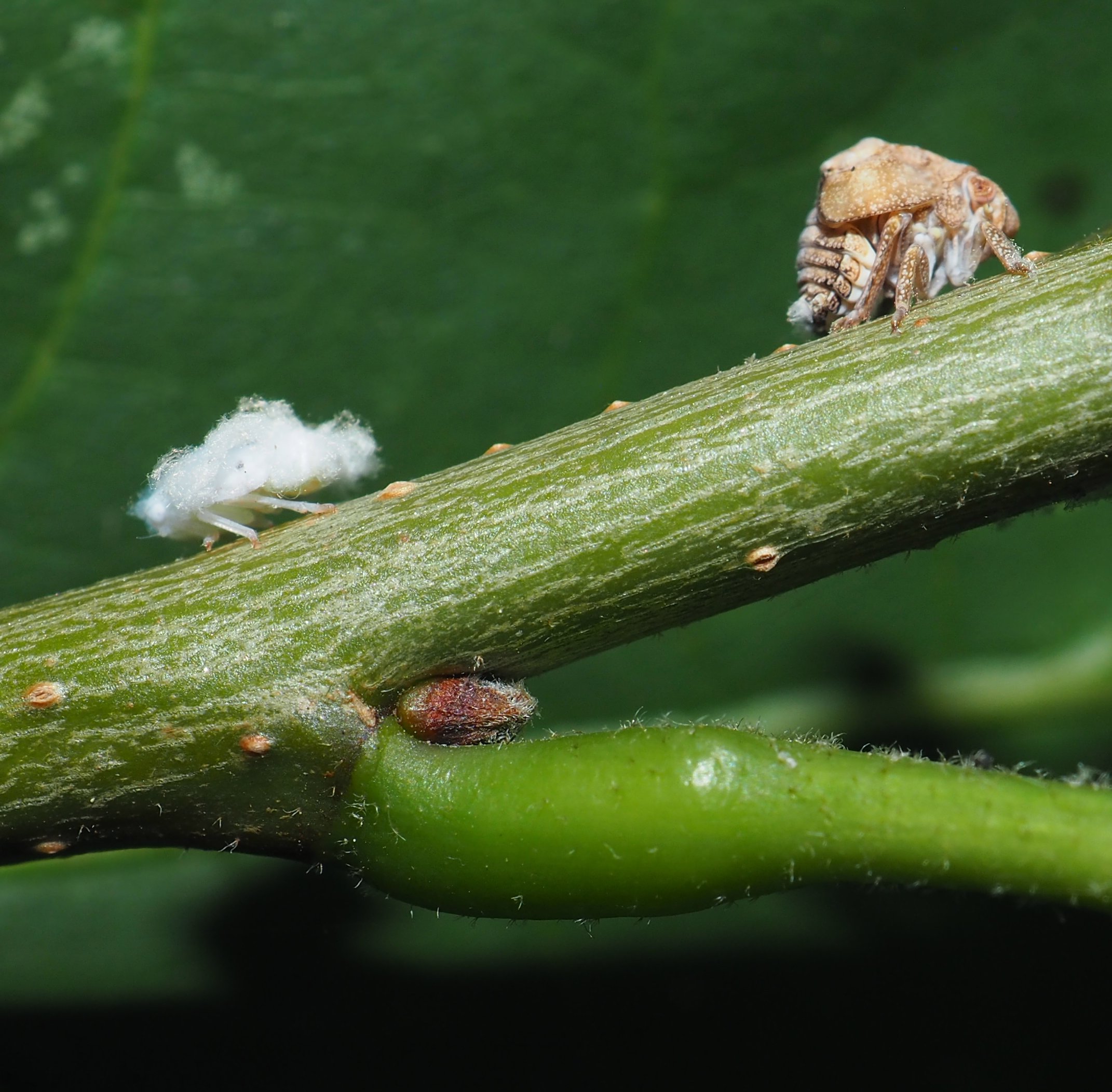

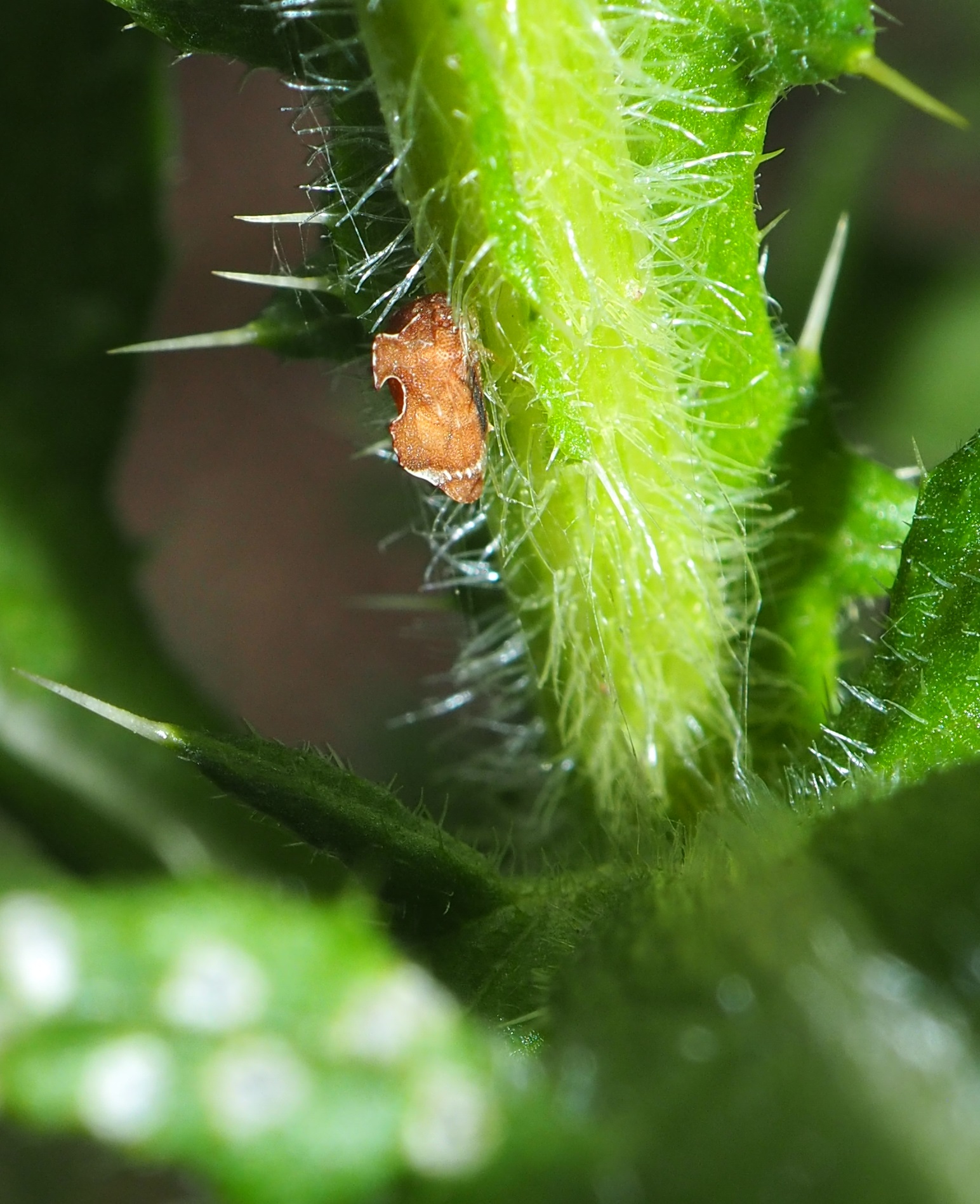

Now we have a collection of butterflies and related items before we dare to step into the realm of the flies. Debby's Monarch, neighbor Jim's Monarch, and our largest Skipper here in the Midwest, the Silver-spotted Skipper, a mystery Moth, another mystery Moth, and a dragonfly -- a Meadowhawk and a female.
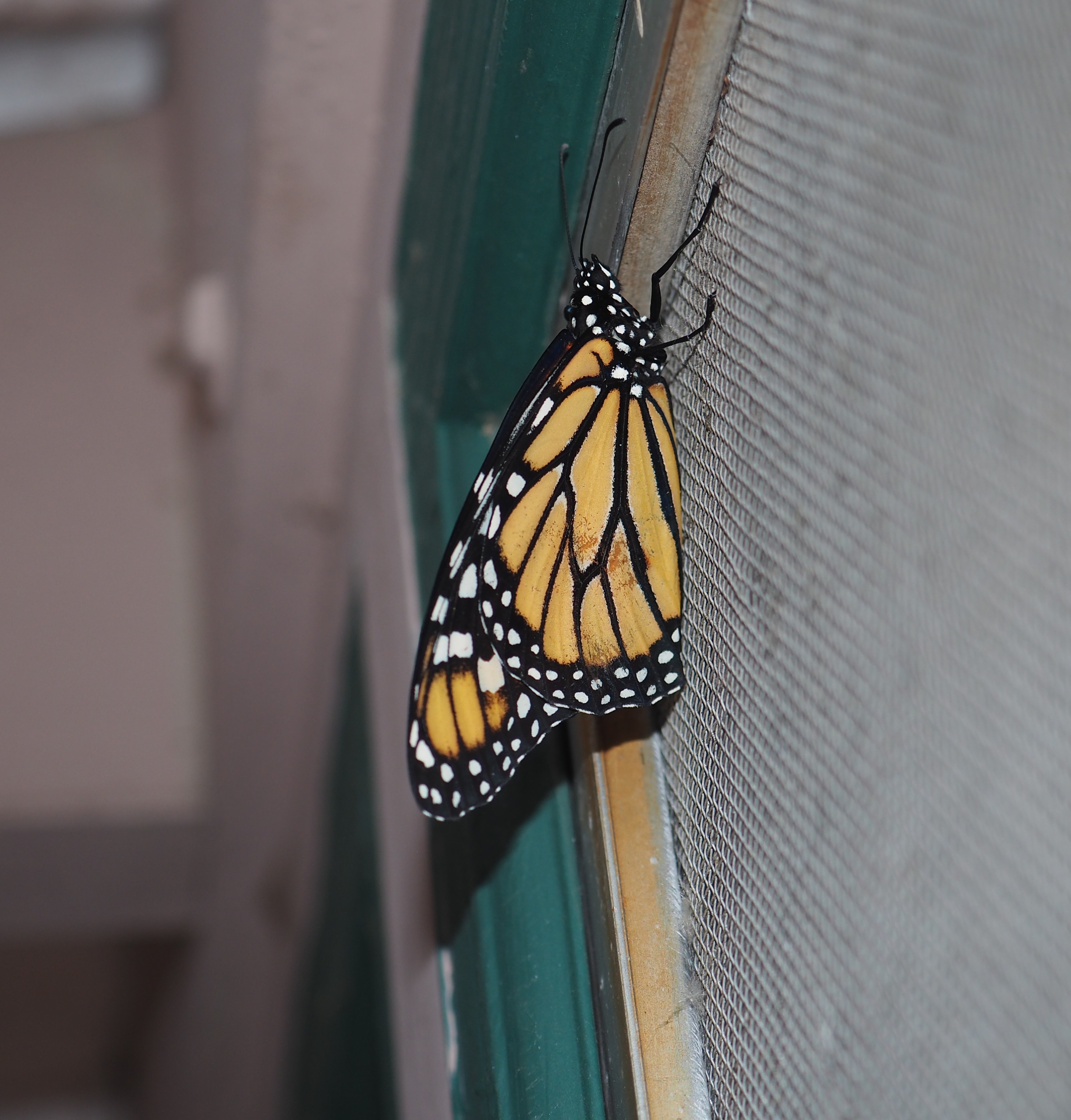
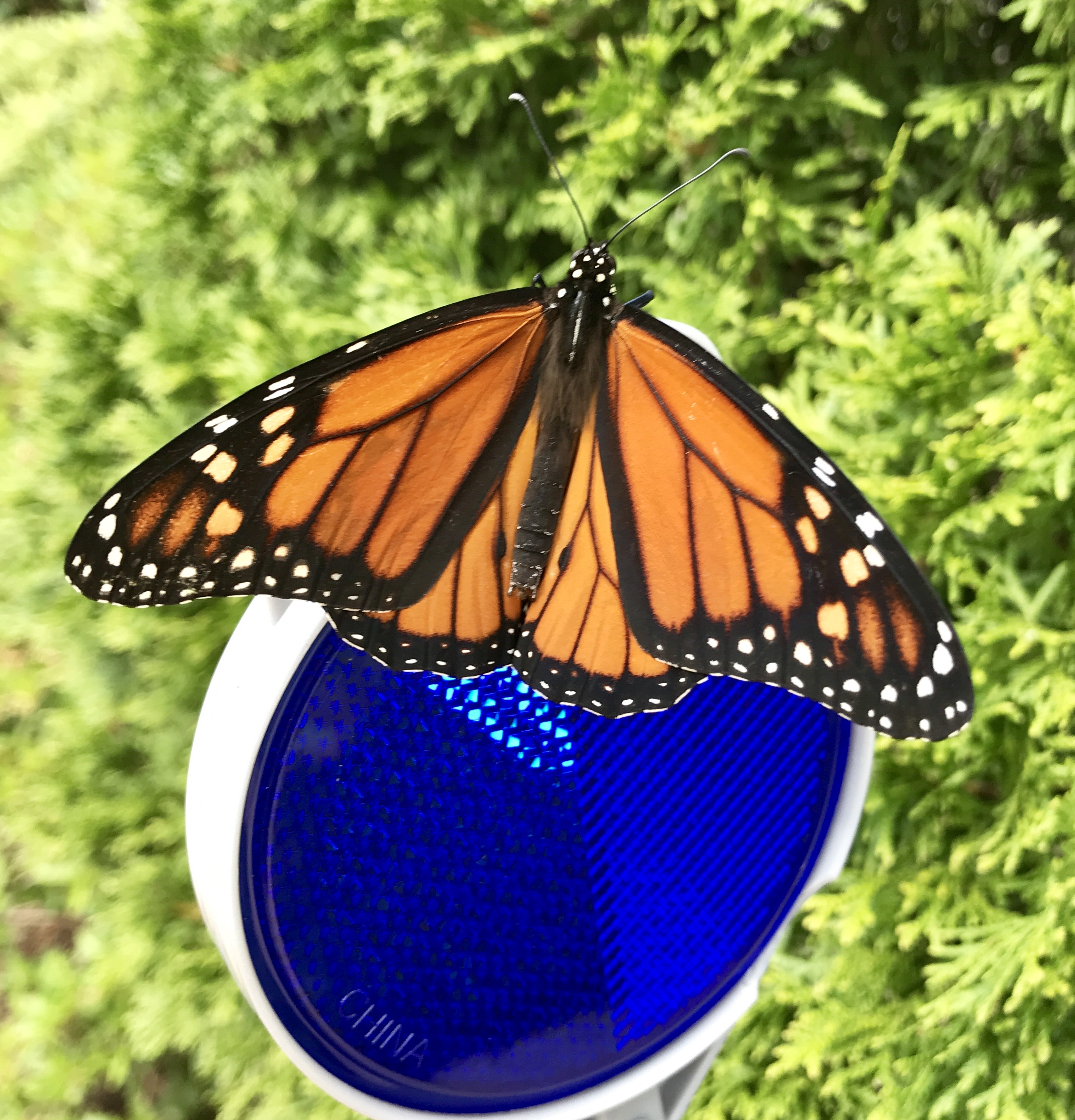
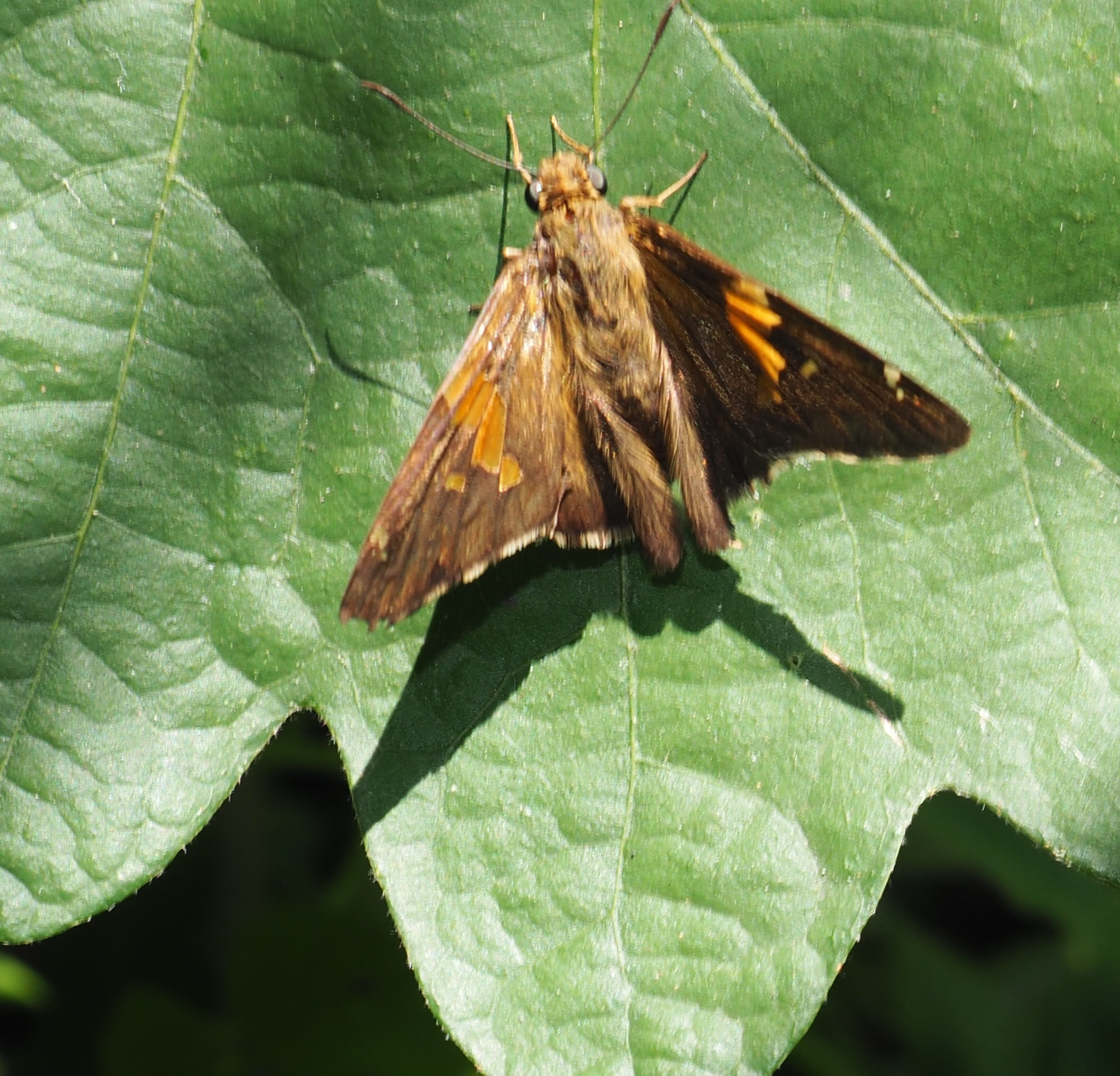
Here we have two mystery Moths and a dragonfly -- a female Meadowhawk. Pop quiz: Do any of you remember how to sex a dragonfly?
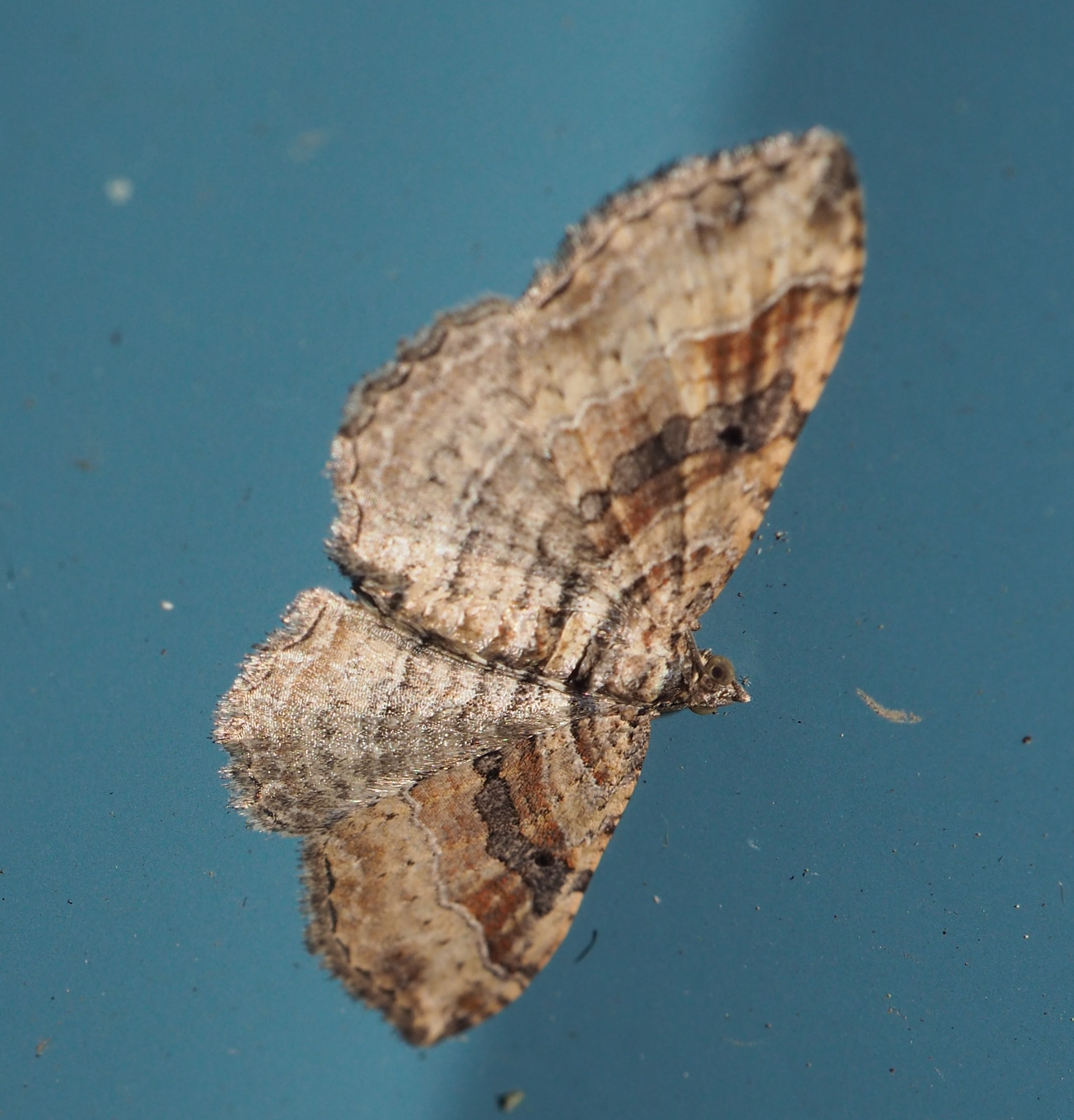

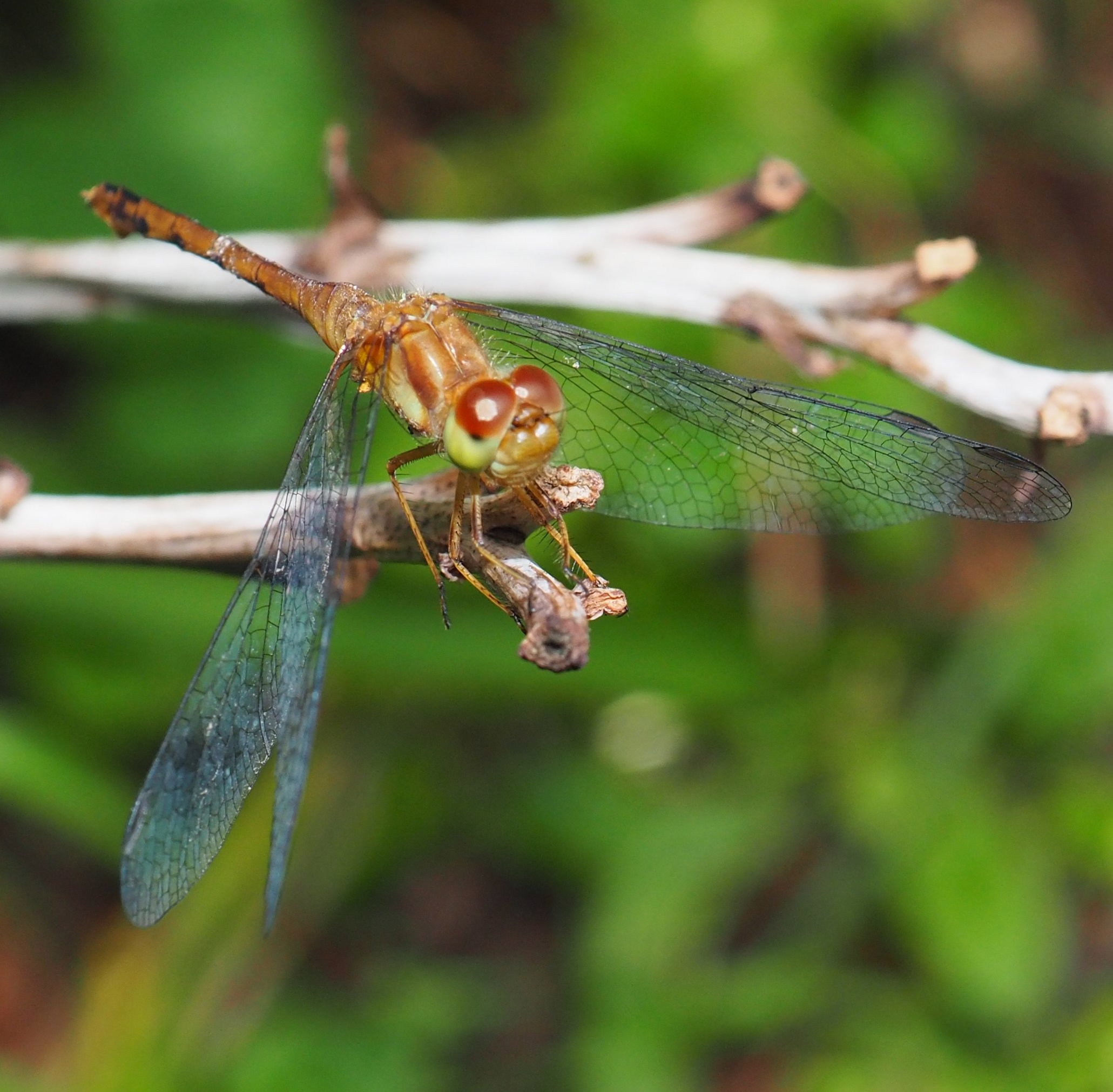
Now we're about ready to face the flies. The first is the female of the Chrysopius quadratus fly in its typical"stand-up leaning back" posture. I've no idea what #2 is, but it does seem very elegantly clothed. Third is a Green Bottle, and it's in here not because it is mysterious, but because I LOVE those green colors.
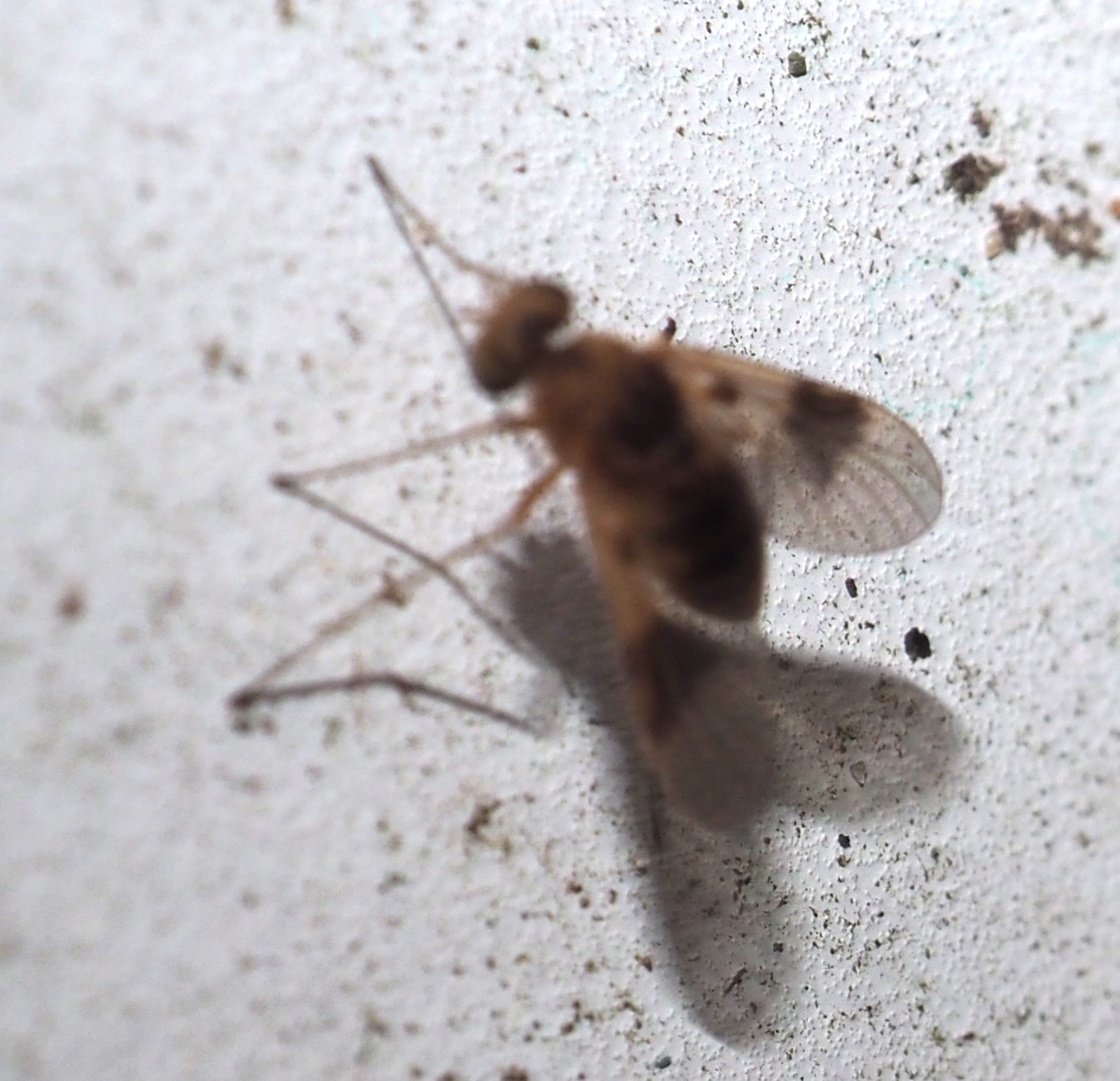
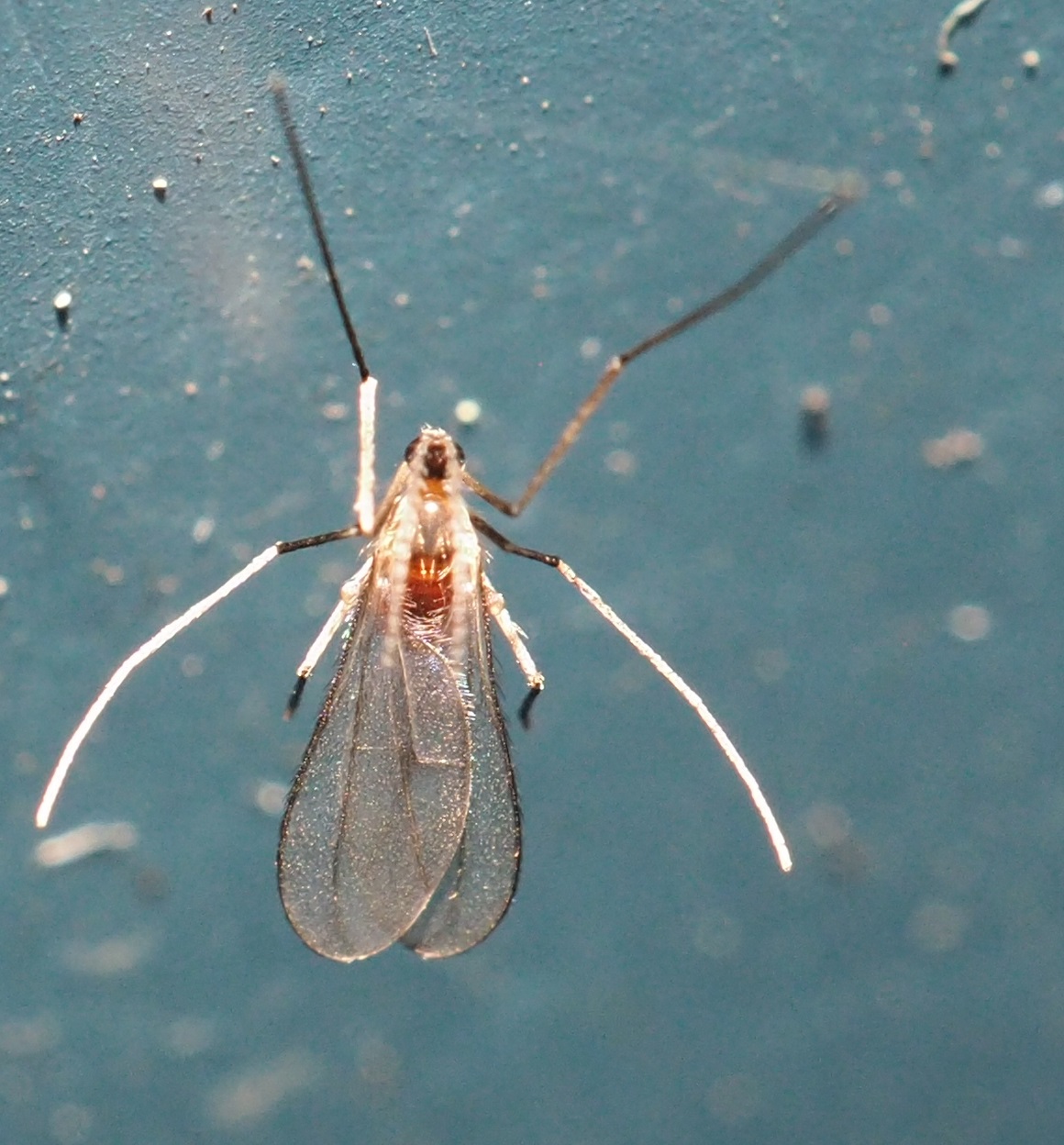
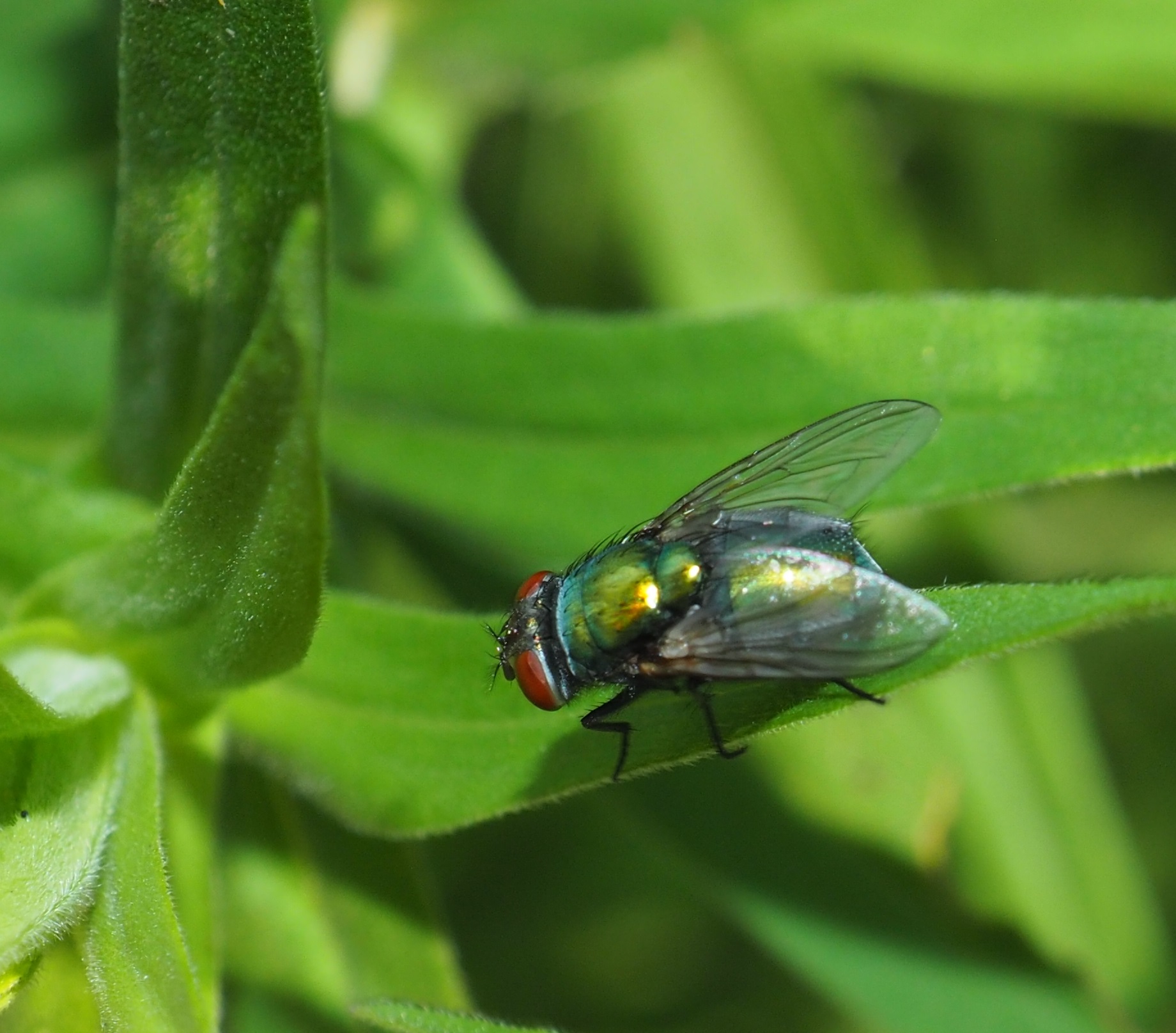
First here is one of our most common (and tiniest) Hover Flies, Toxomerus geminatus. Then comes one of the prettiest flies (red eyes, blue thorax, and yellow abdomen) Minettia lupulina. And Image 3, a mystery fly. Fourth is not even a fly at all, but a Scorpionfly! Sorry to fool you, but we needed a place to billet this Scorpionfly
.
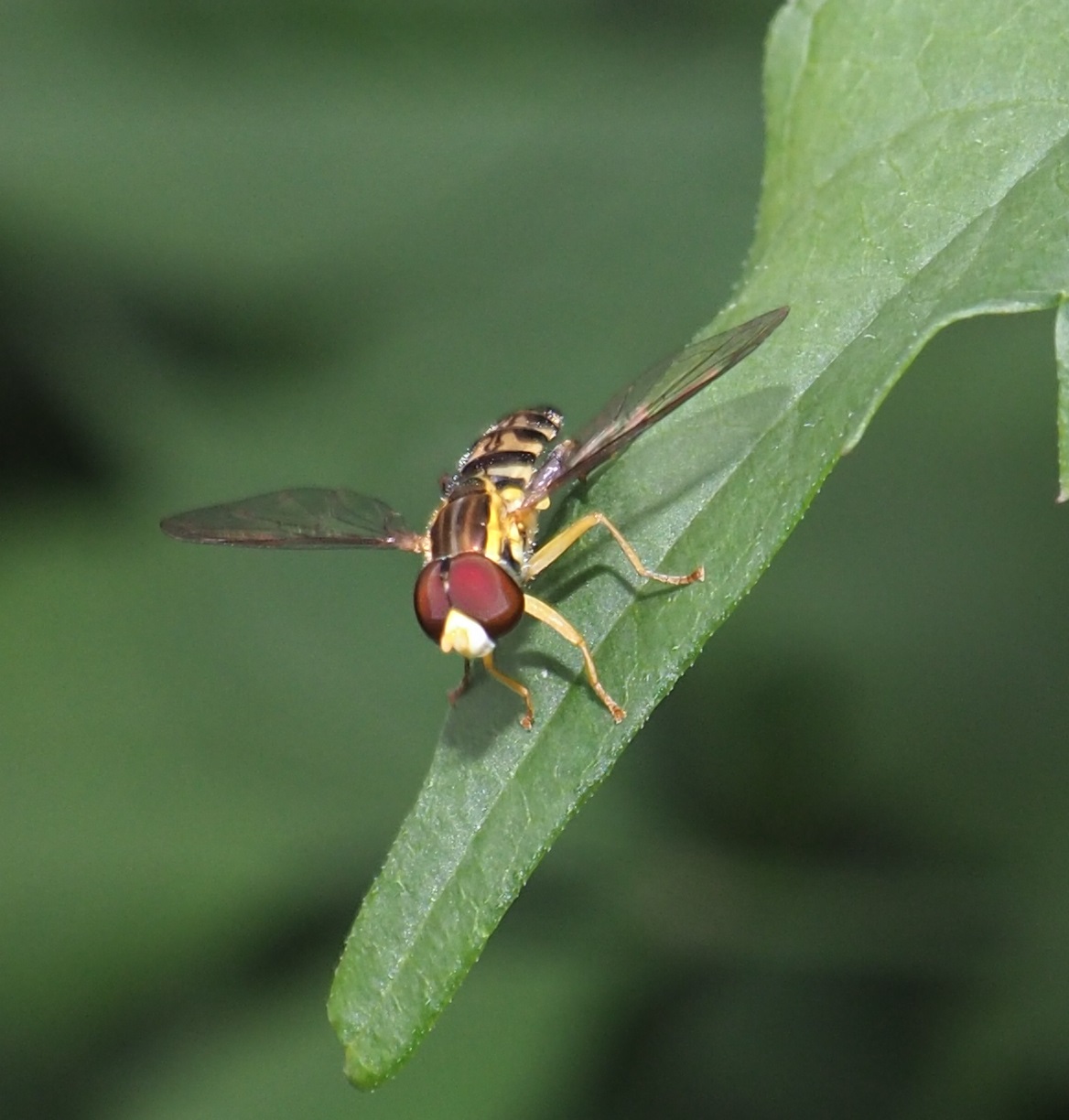
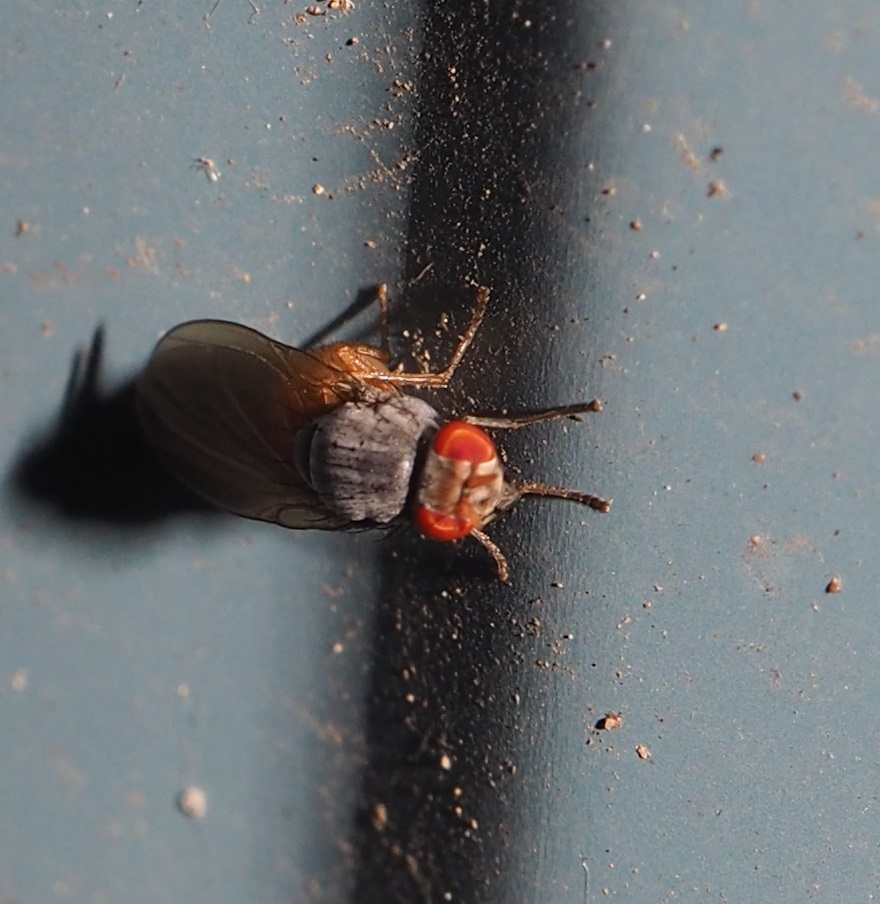
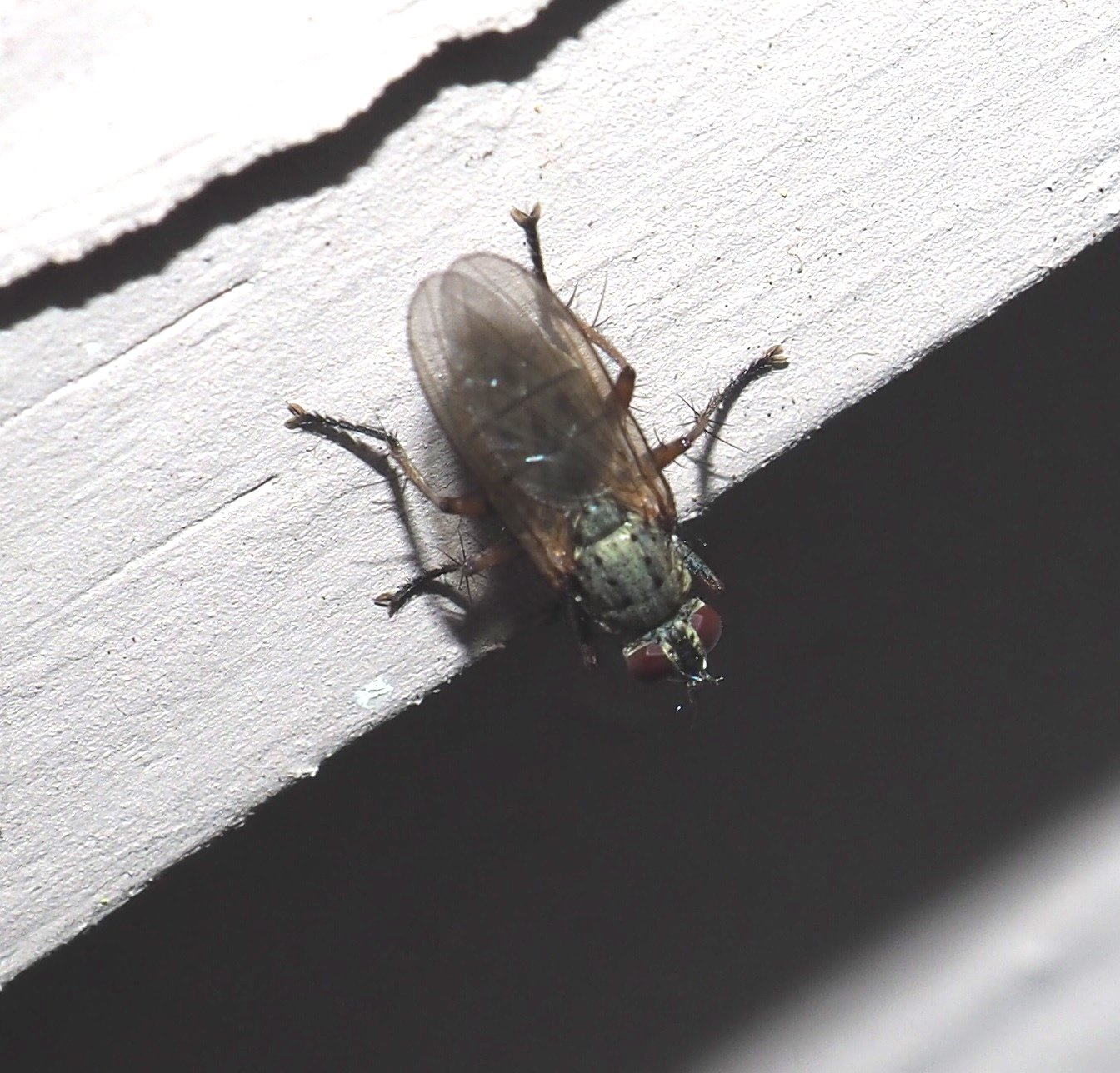
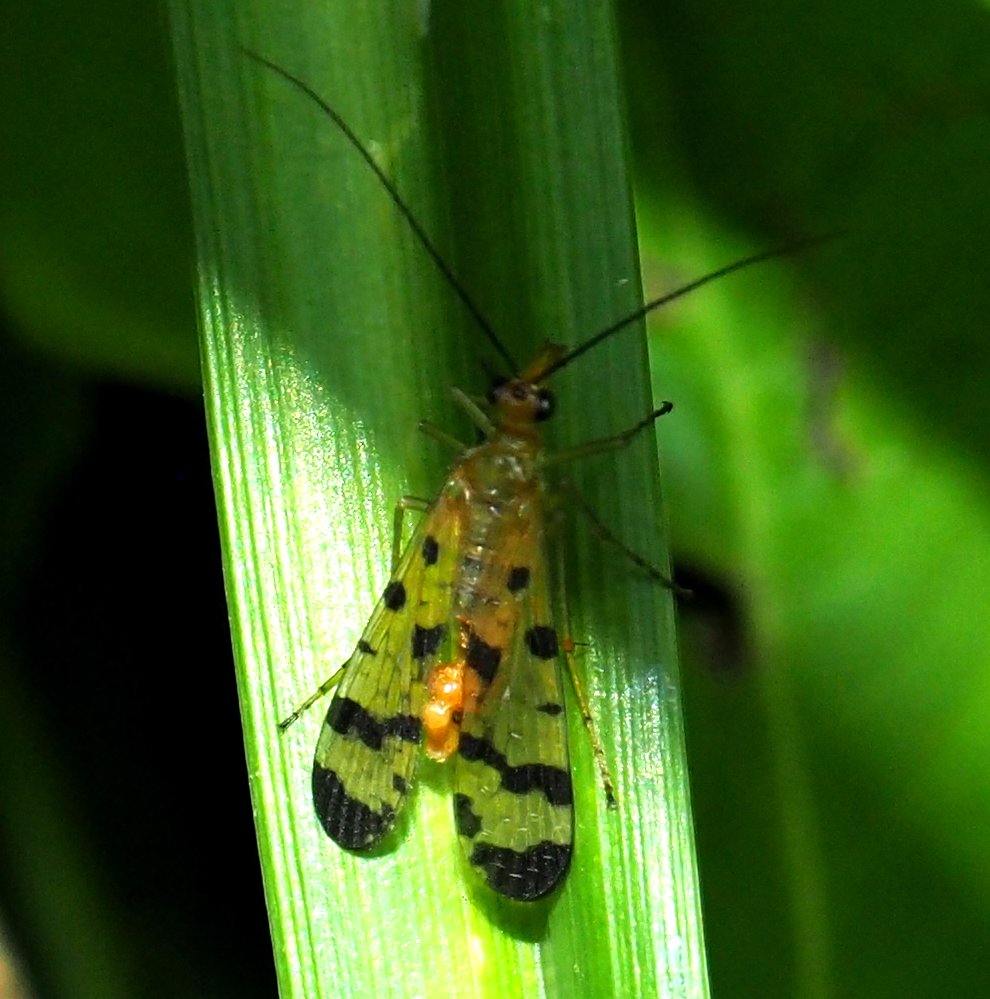
Here we have a Moth Fly, a fly who is also a Moth Mimic. Then a Mosquito, one of the godzillion kinds that come to visit when I'm trying to take a picture of another critter. They fly right for you and then pretend they are afraid of your bite. Finally that orange fly that shows up very often this time of year.
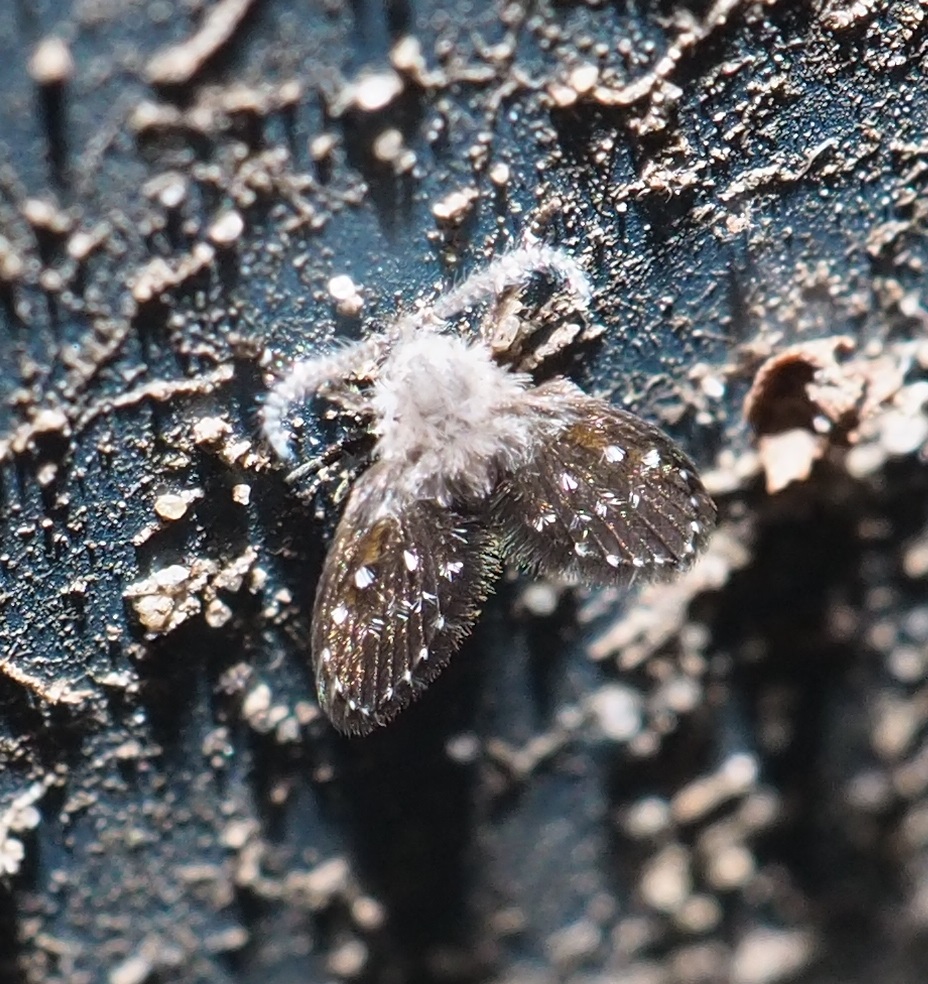
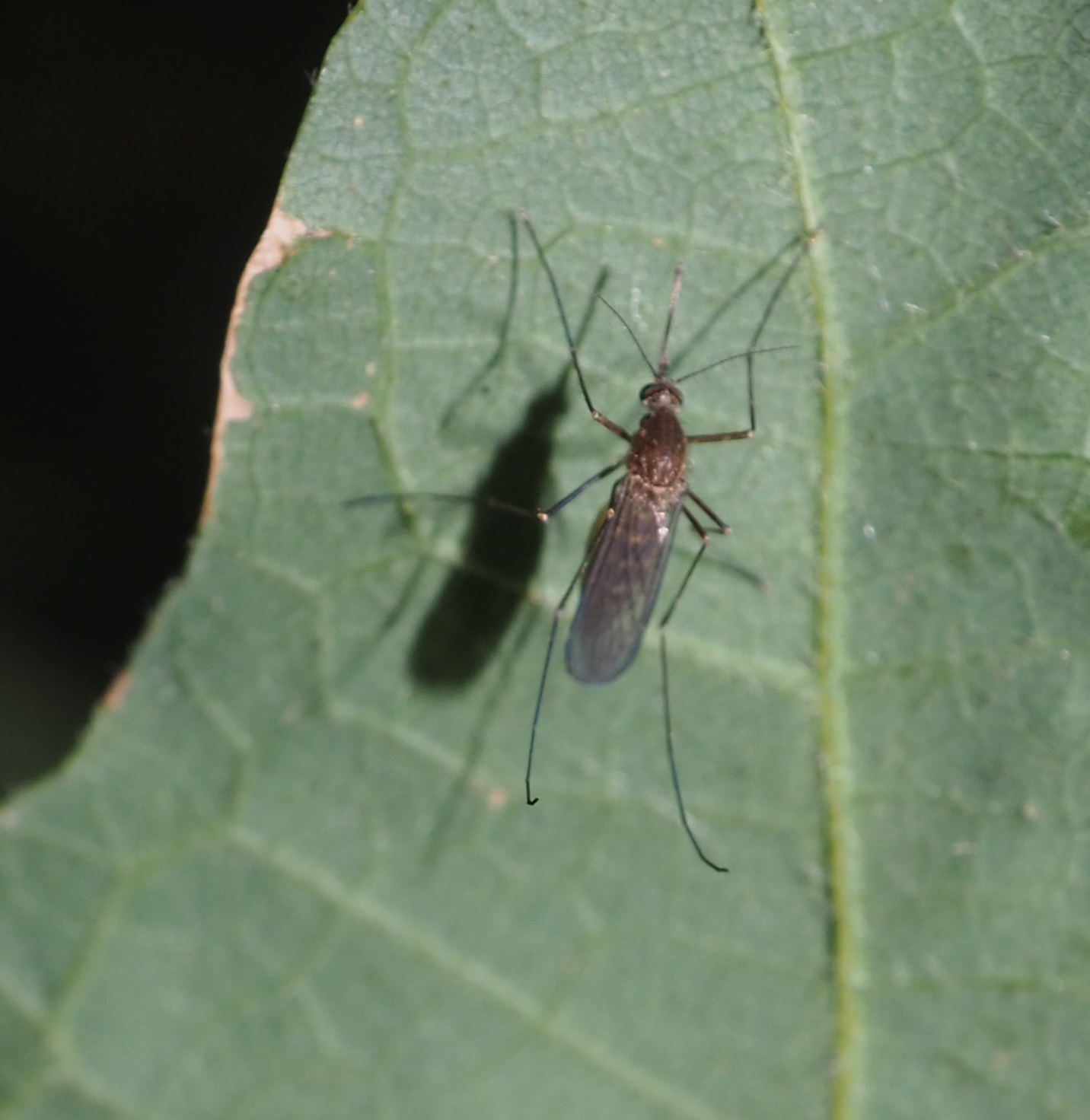

This lovely hairy fly (first two views) is actually a Robber Fly in the genus Efferia, the sharp-tailed ones. Third is one of the most common flies in this neighborhood, the yellow-winged Root Maggot Fly.
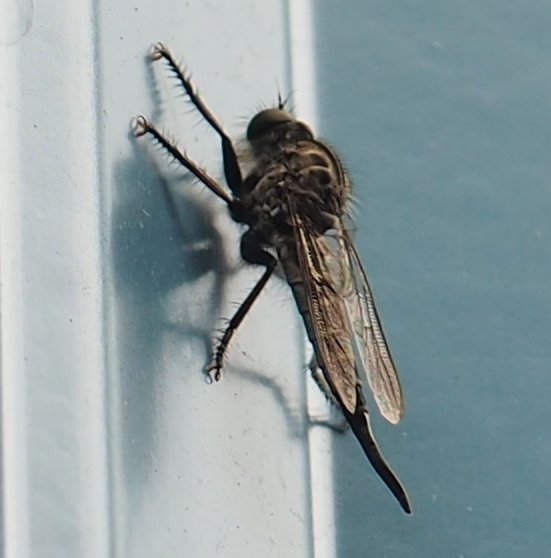
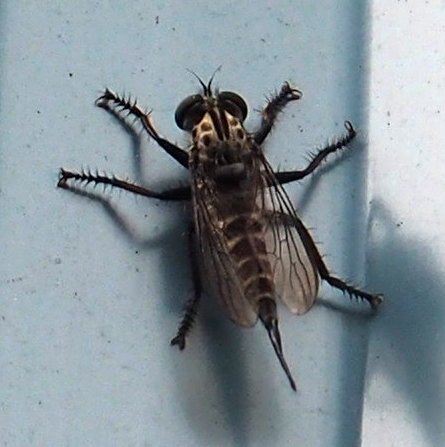
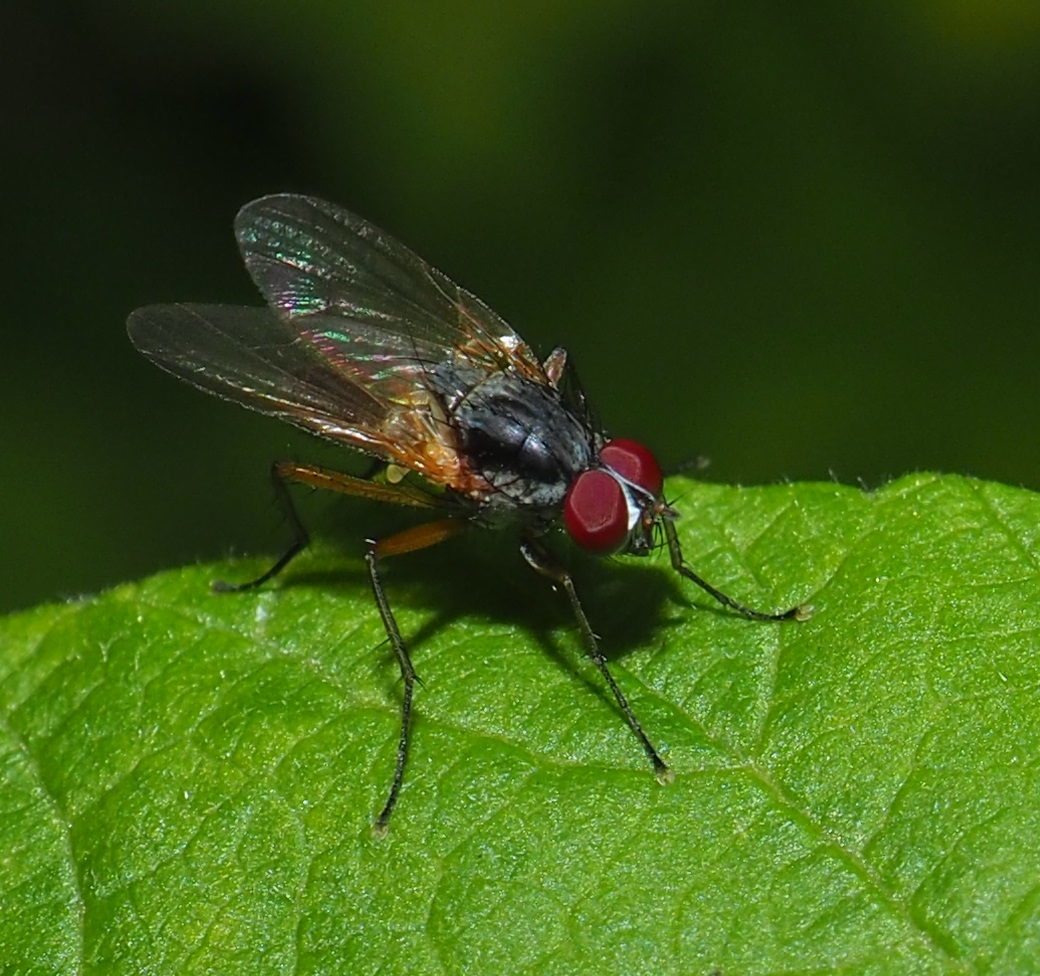
Picture #1 is of a Sarcophagus fly, or Flesh-eating Fly. The alternative horizontal and vertical stripes give it away!
Number 2 is of a fly that looked very much flea-sized when I took its picture on a goldenrod leaf. And Number 3 is a close-up of a long-legged fly, in the midst of some color changes! finally, #4 is a very fuzzy picture of a Chironomus Midge, which I found on another picture and cropped out. The picture is extremely fuzzy, as if inheriting the qualities of another fly. I believe we are now done with the poor old gorgeous awe-inspiring fly order, at least as it appears in our back yard.
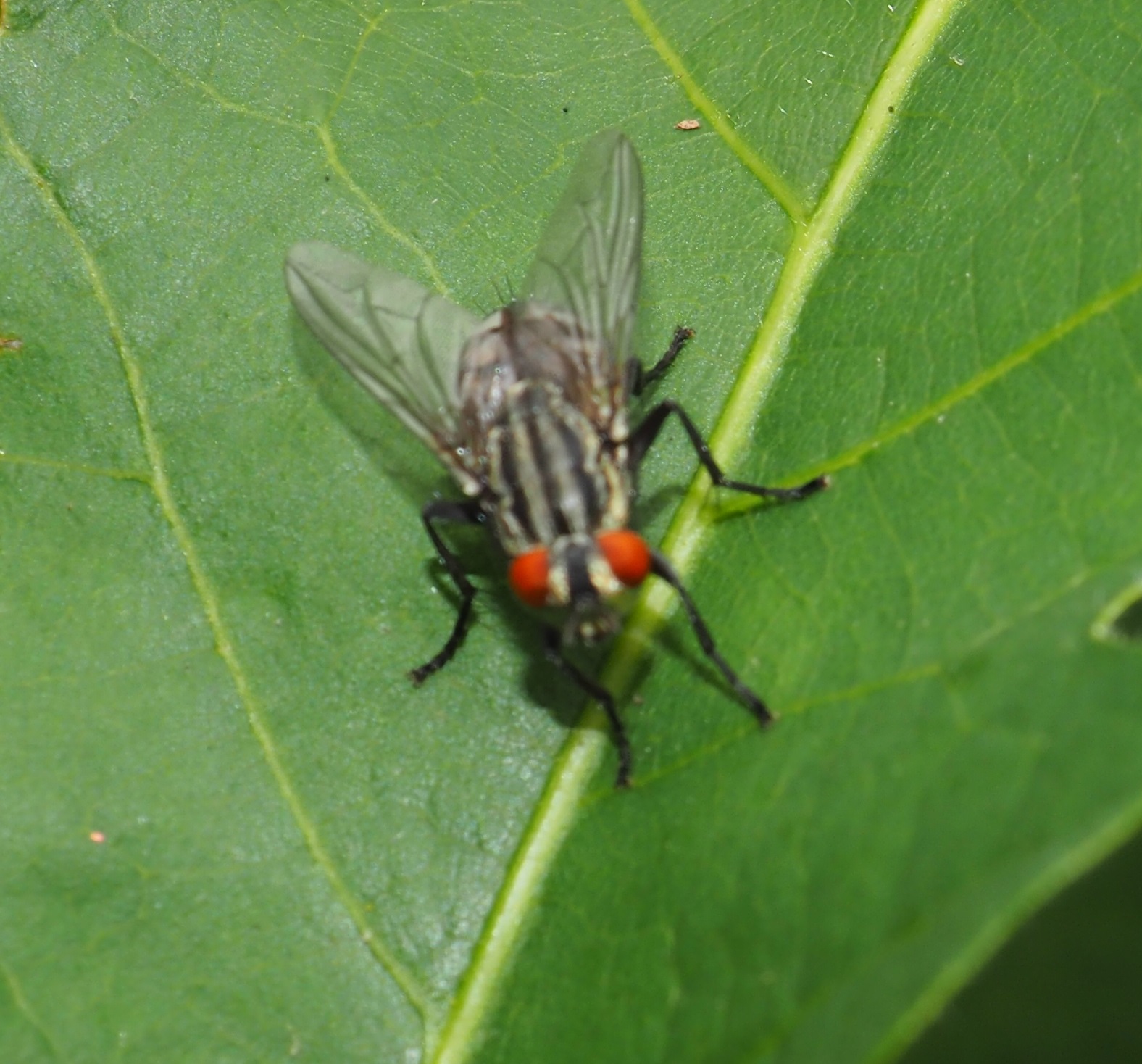
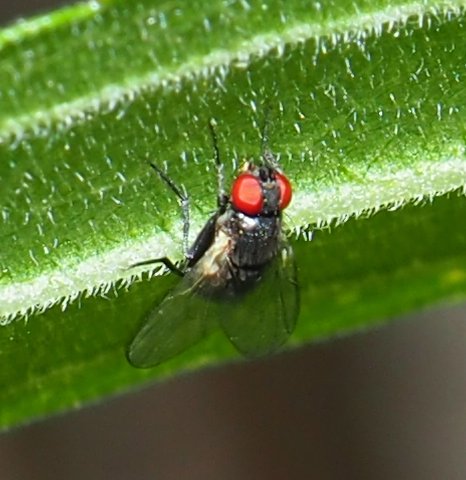
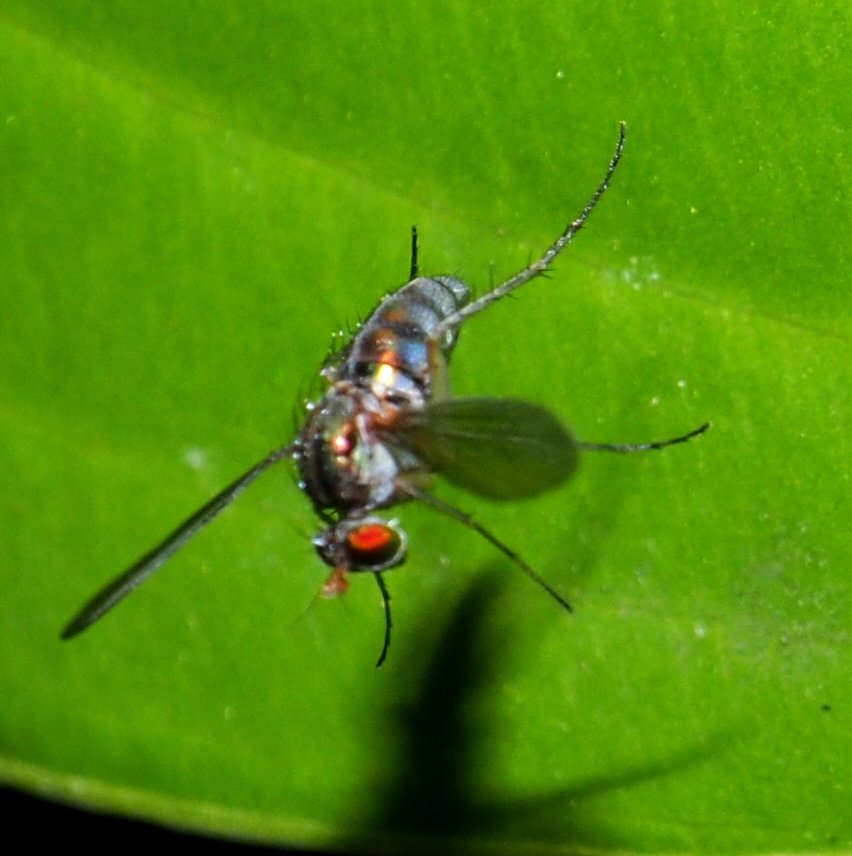
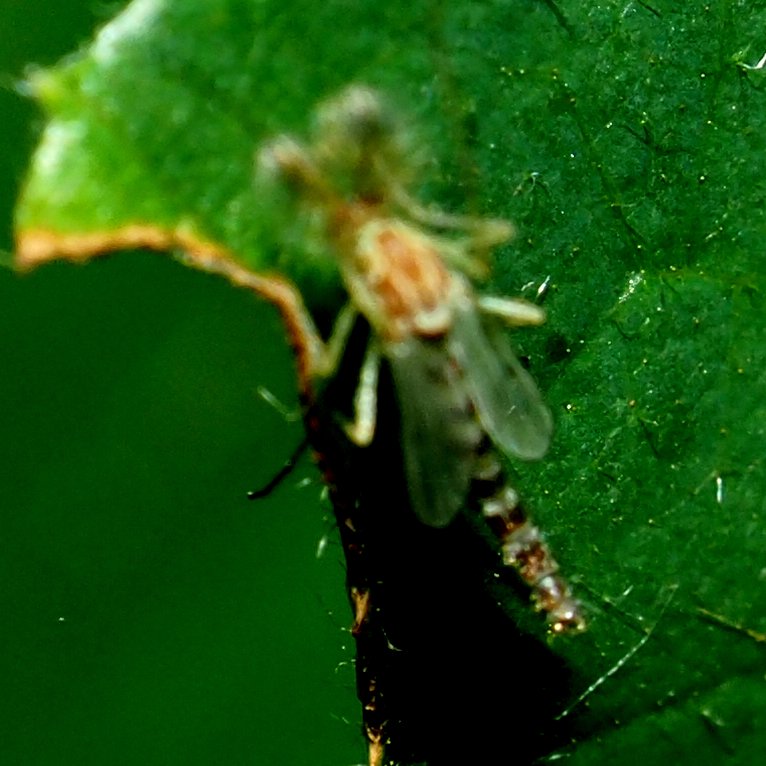
Harvestmen. We're about to the number of species as last year's catch.
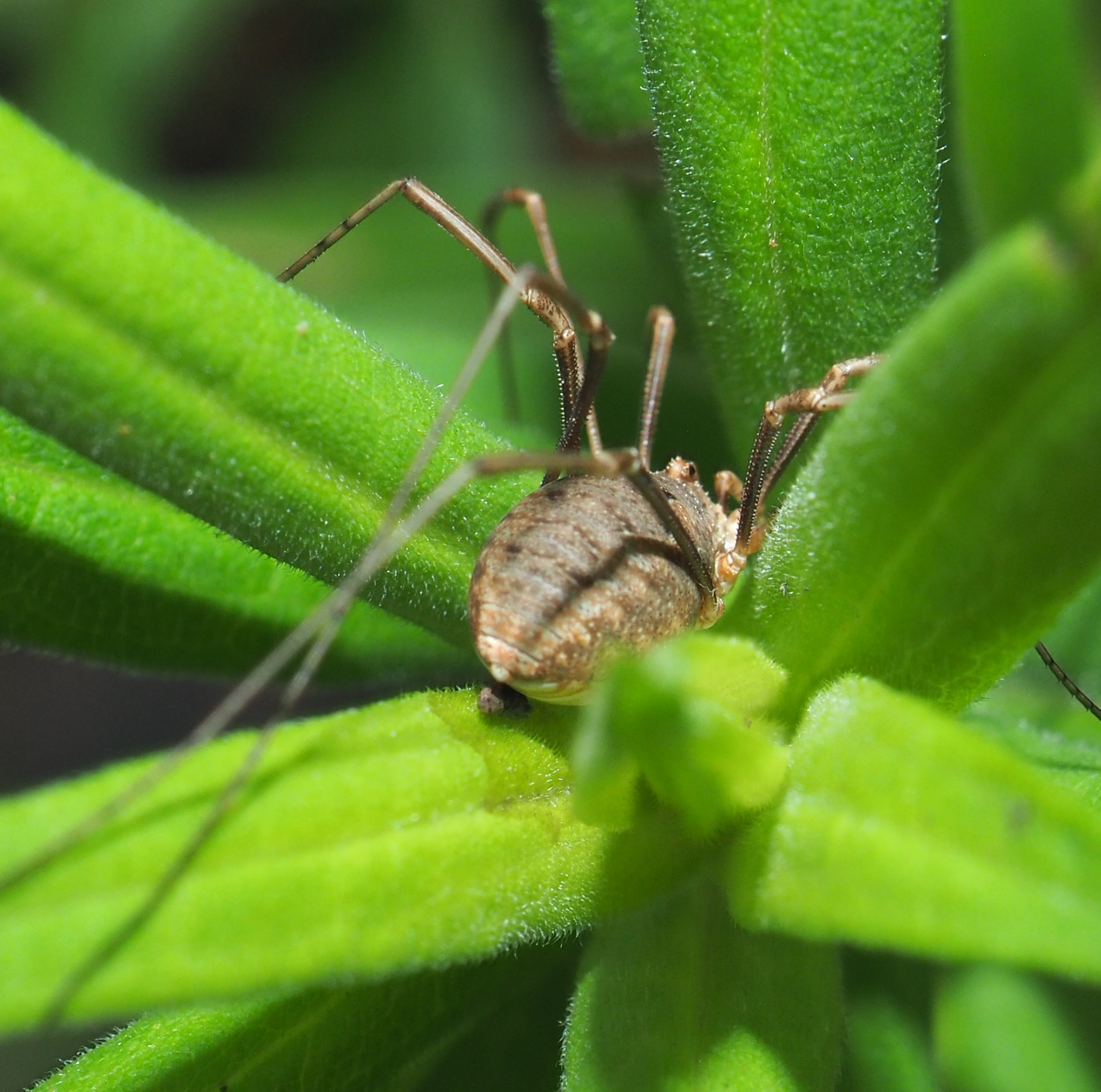
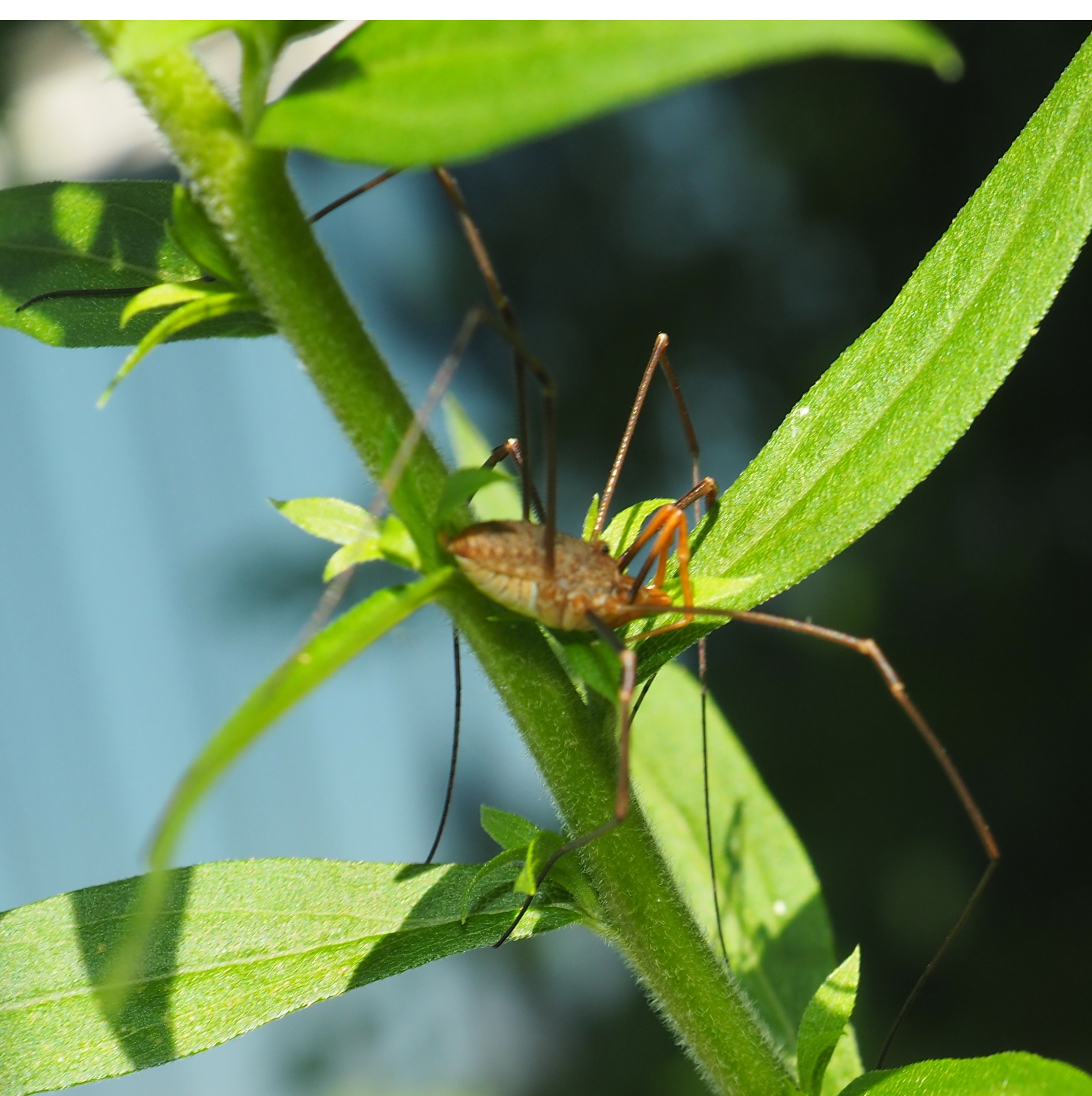

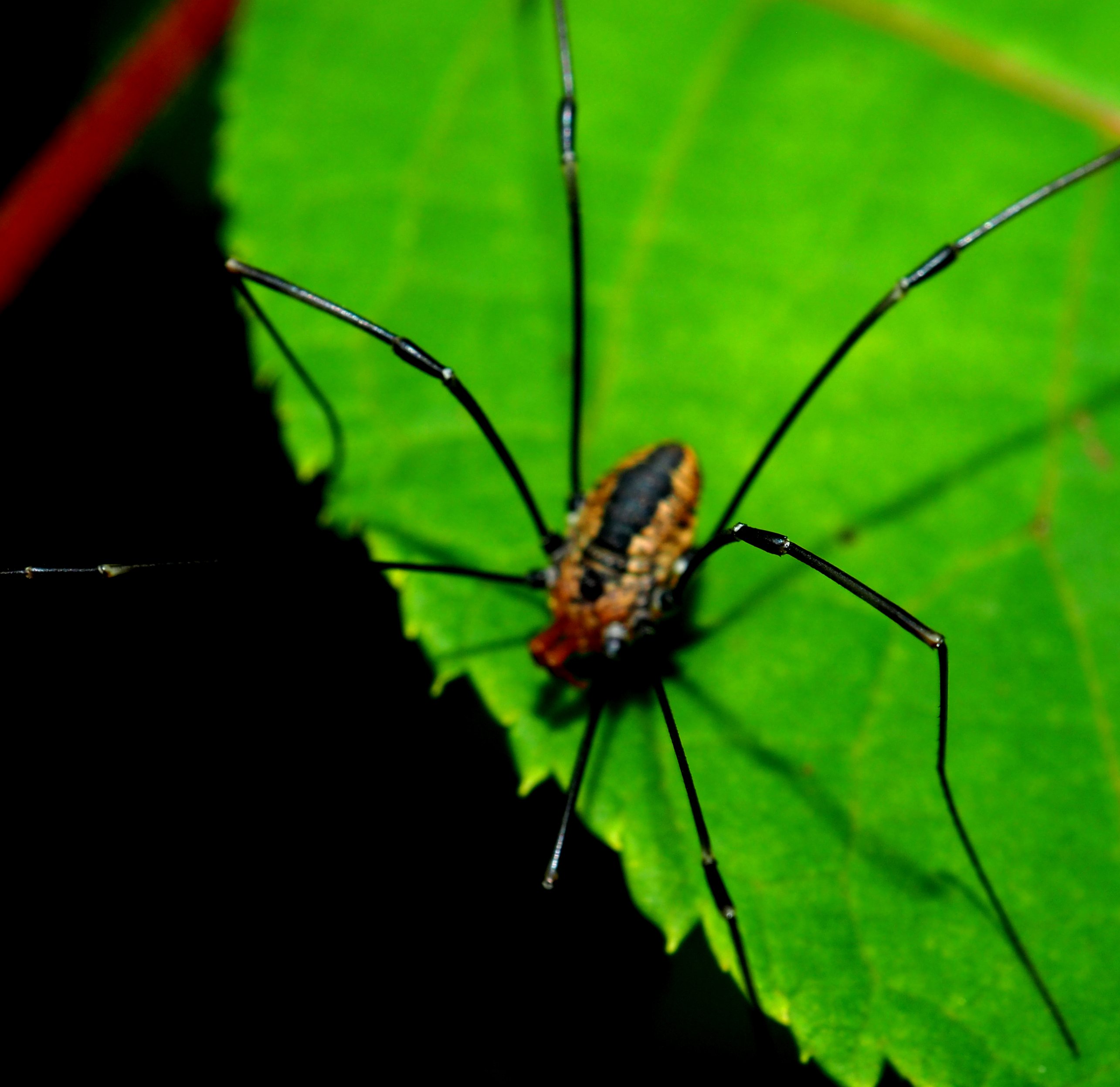
Still more harvestmen. The only real shocker for me was the last one here - the one with the solid red body!

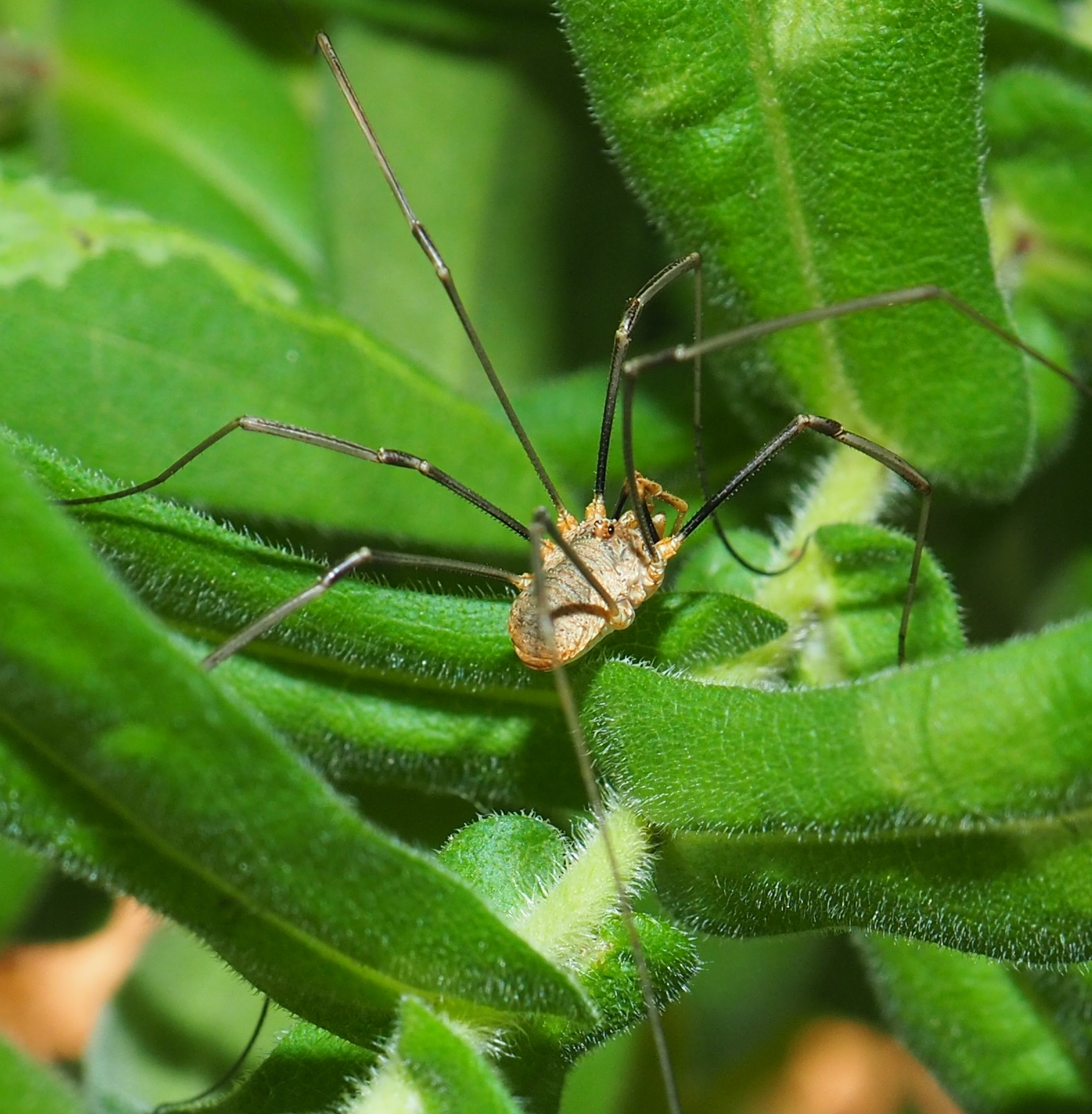
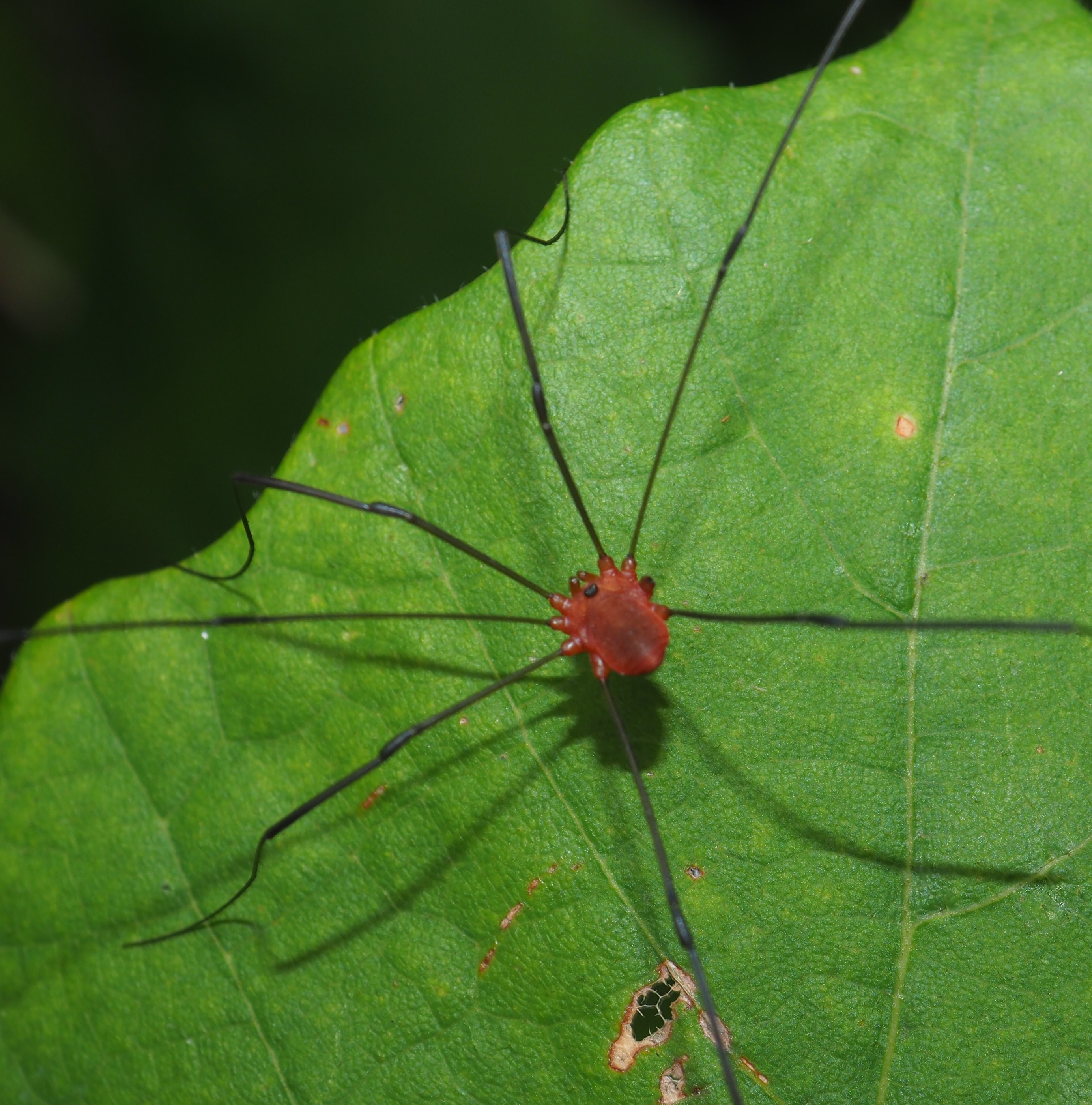
Looking into the Orthoptera (Crickets, Grasshoppers, Katydids). First is a Tree Cricket. I'd especially like to thank @brandonwoo and @nan-cee from iNaturalist.org for many conversations on identifying these things from their baby pictures. Second is a Pine Tree Cricket. For me the head region with its reddish-orangish-brownish color, and its bright green other bits is the tip-off. Third and fourth are images of a Grizzly Spur-Throat Grasshopper. It apparently is very common but sometimes gets blown down off its tree or wherever it likes to hide out and that's when I get to see it. Remember the blasts we have been getting - high winds and heavy rain droplets. That makes sense now, doesn't it? Last is the same grasshopper inside a plastic bowl, and that might give it that purplish tint. I think it is one of the most interesting art works, referring to the pattern and colors it takes on.
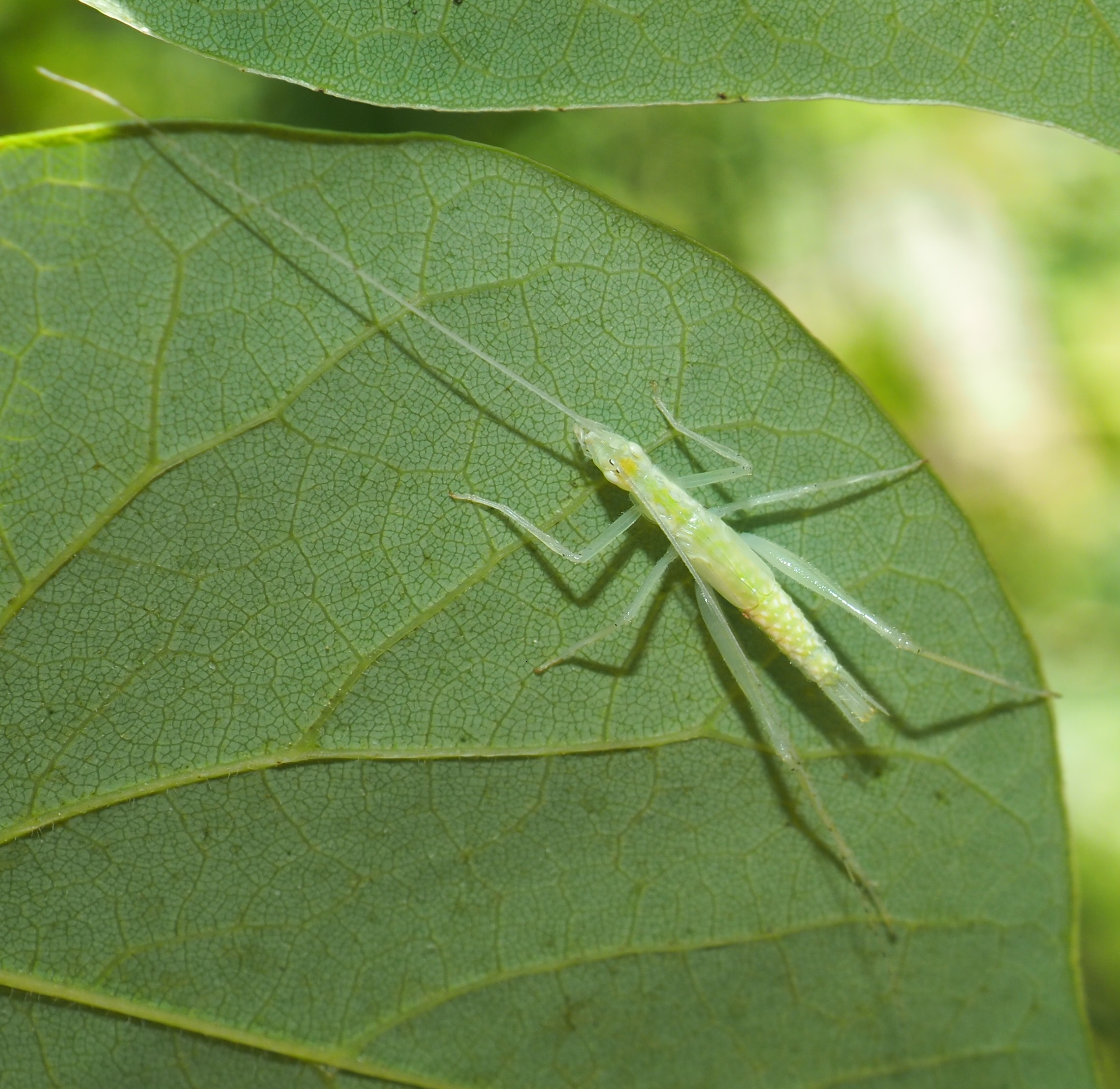
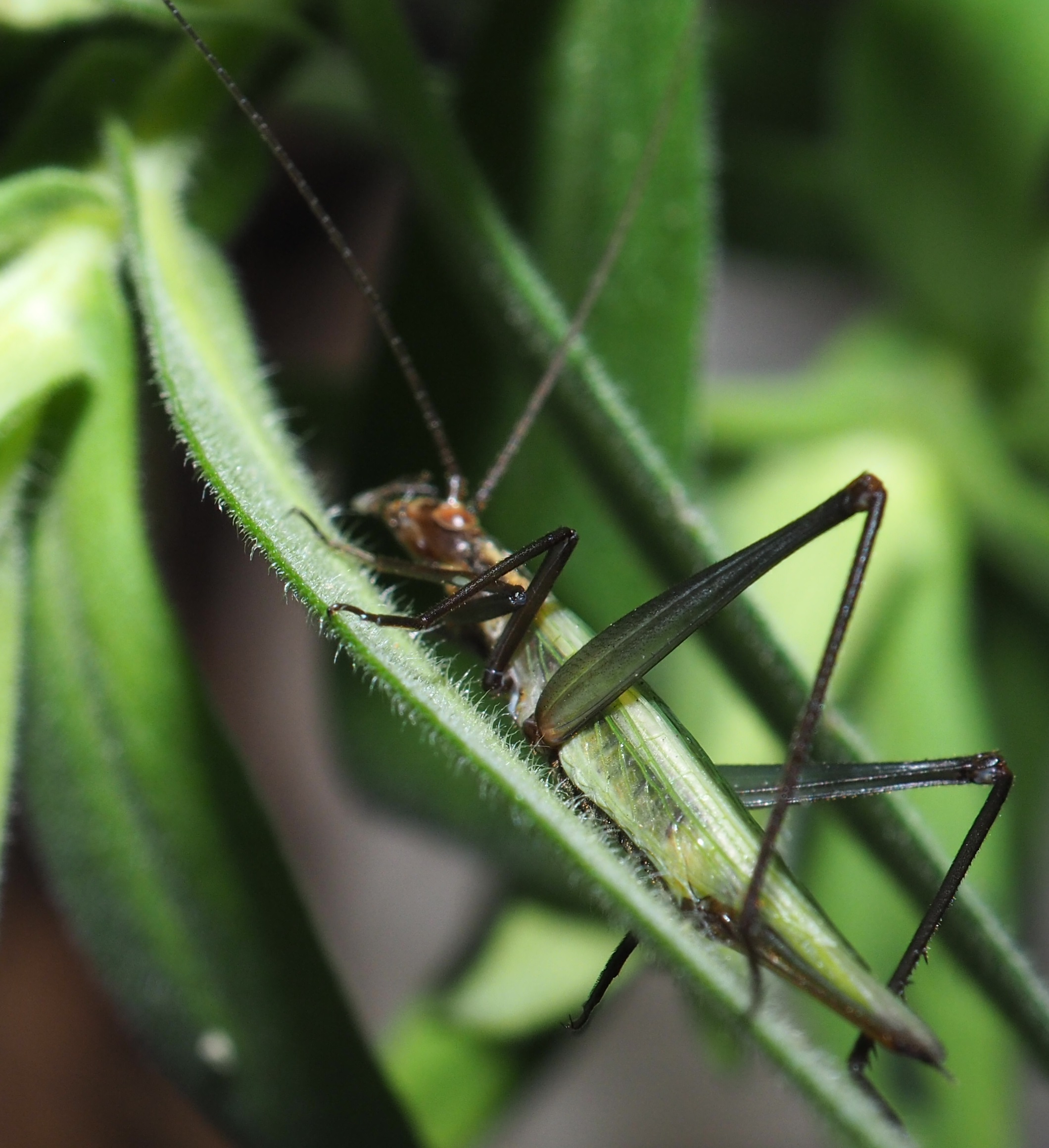
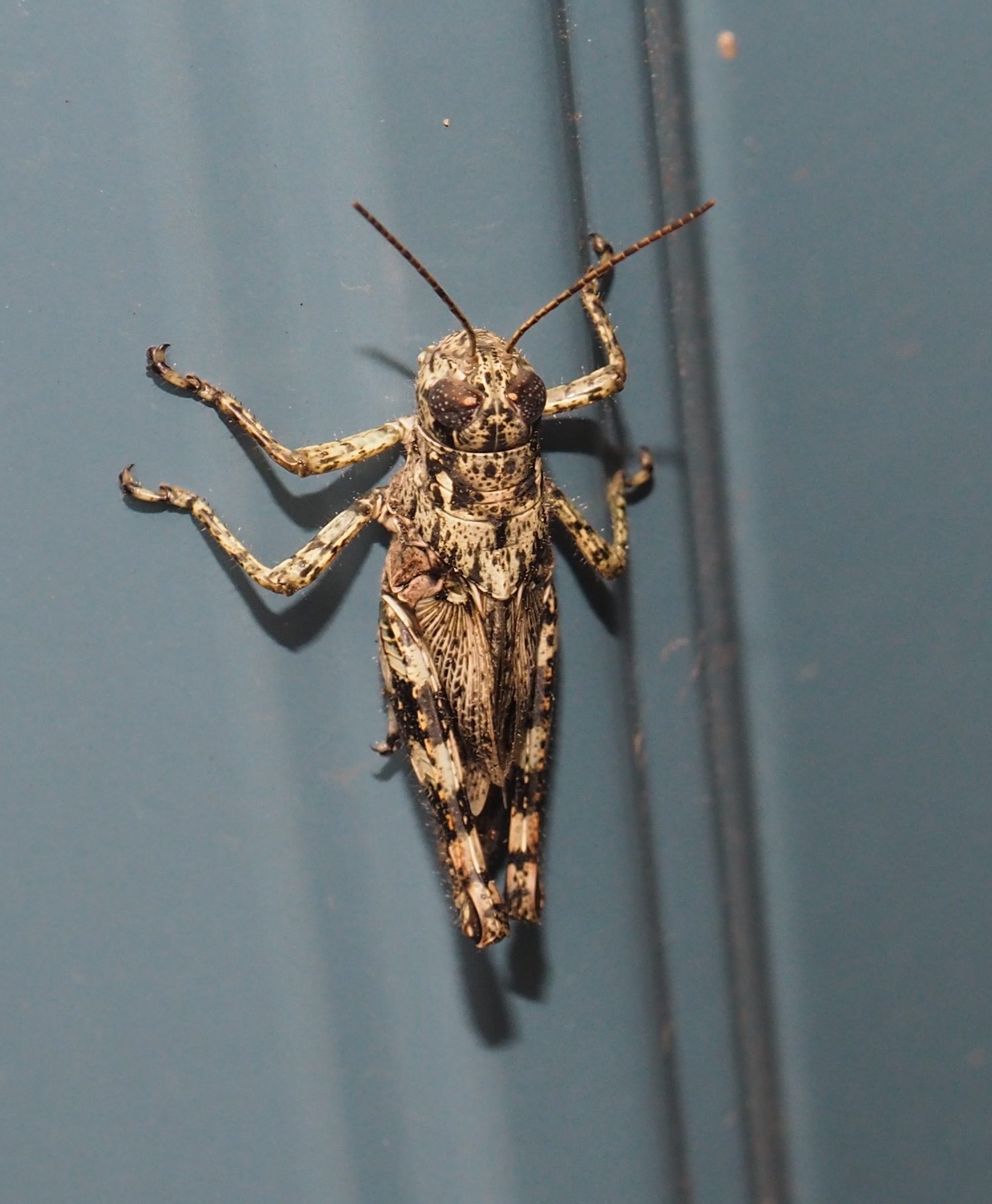

Finally - to the Valhalla of spider lovers: A Common House Spider gleaming in a freak of light, a Male CHS, and a CHS making its favorite supper: a Leafhopper wrap!
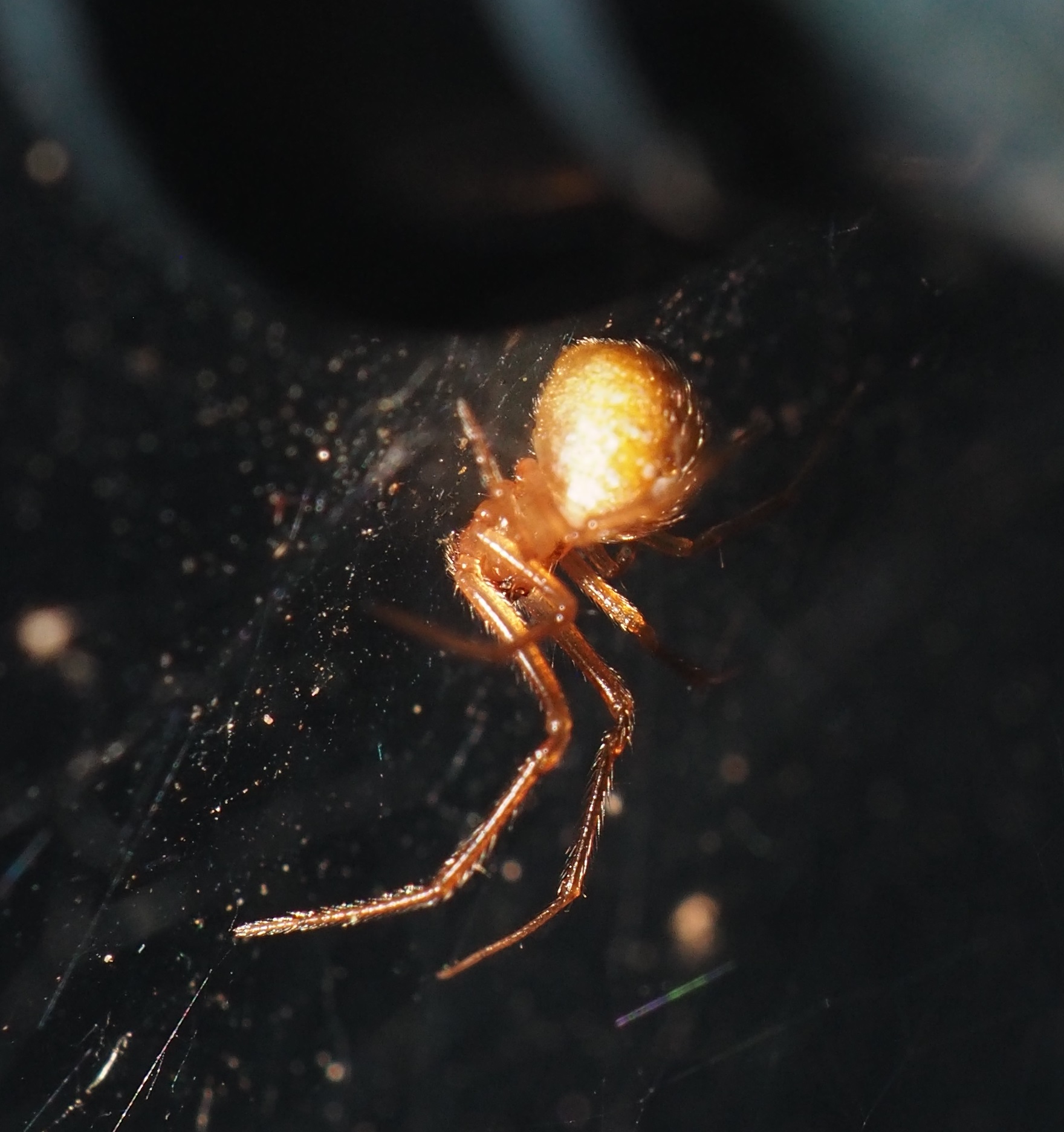

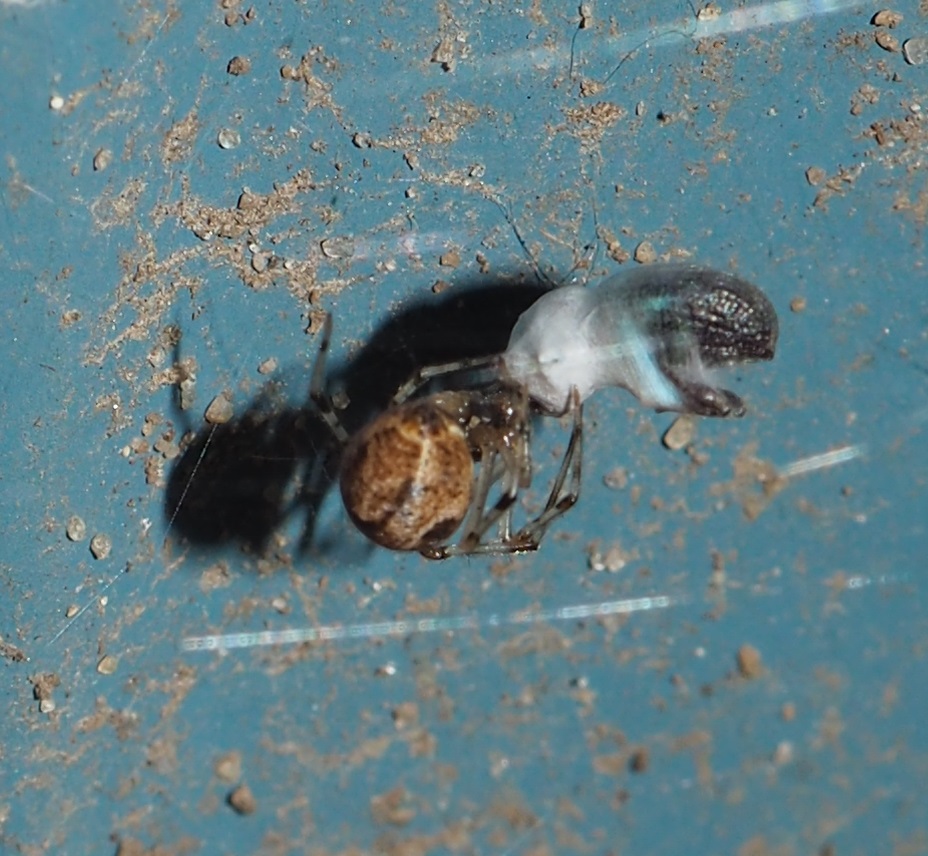
A classic pose: is this a Running Crab Spider or a Nursery Webber? A Grass Spider, and my favorite small spider, a Jumper!
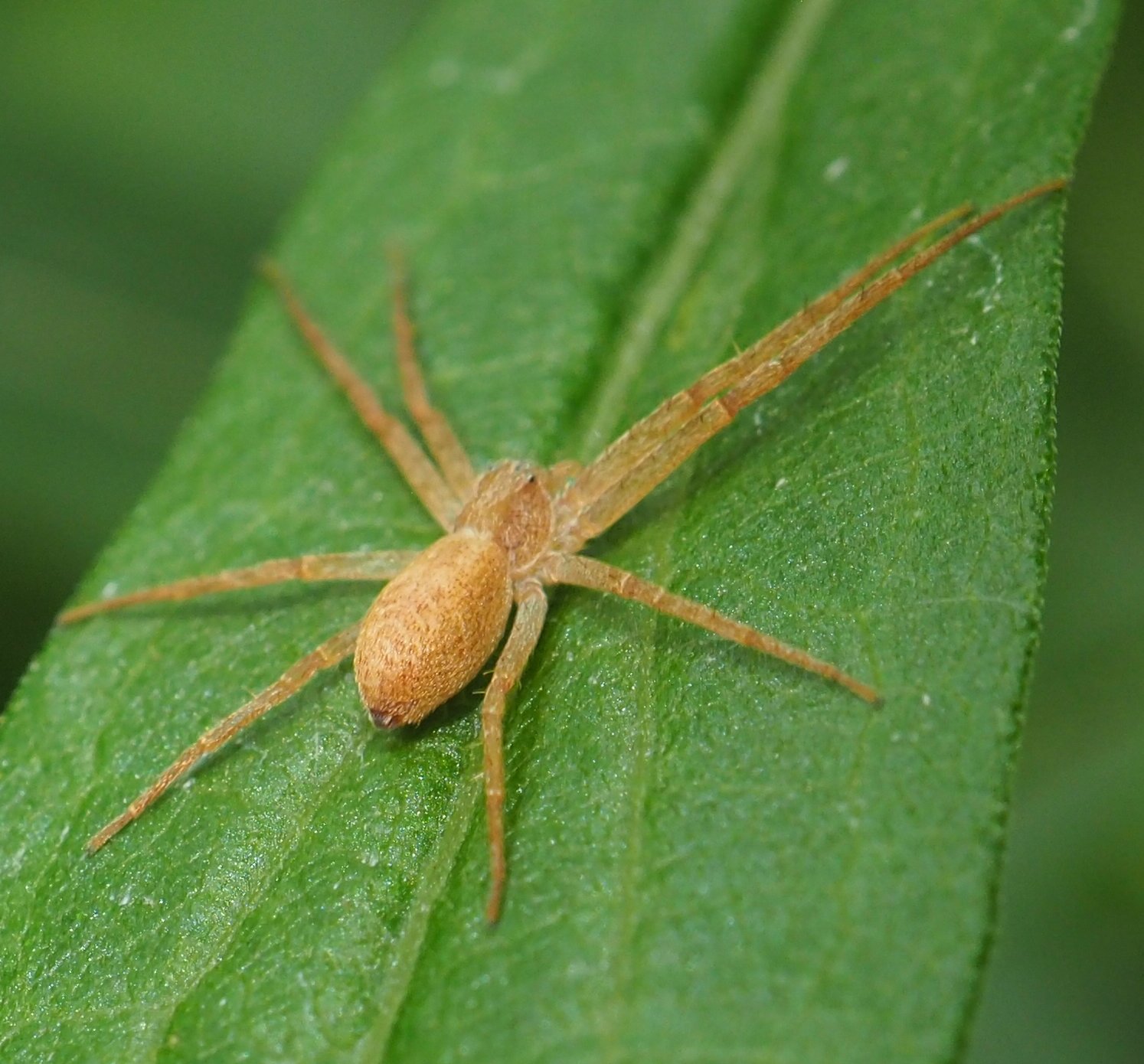
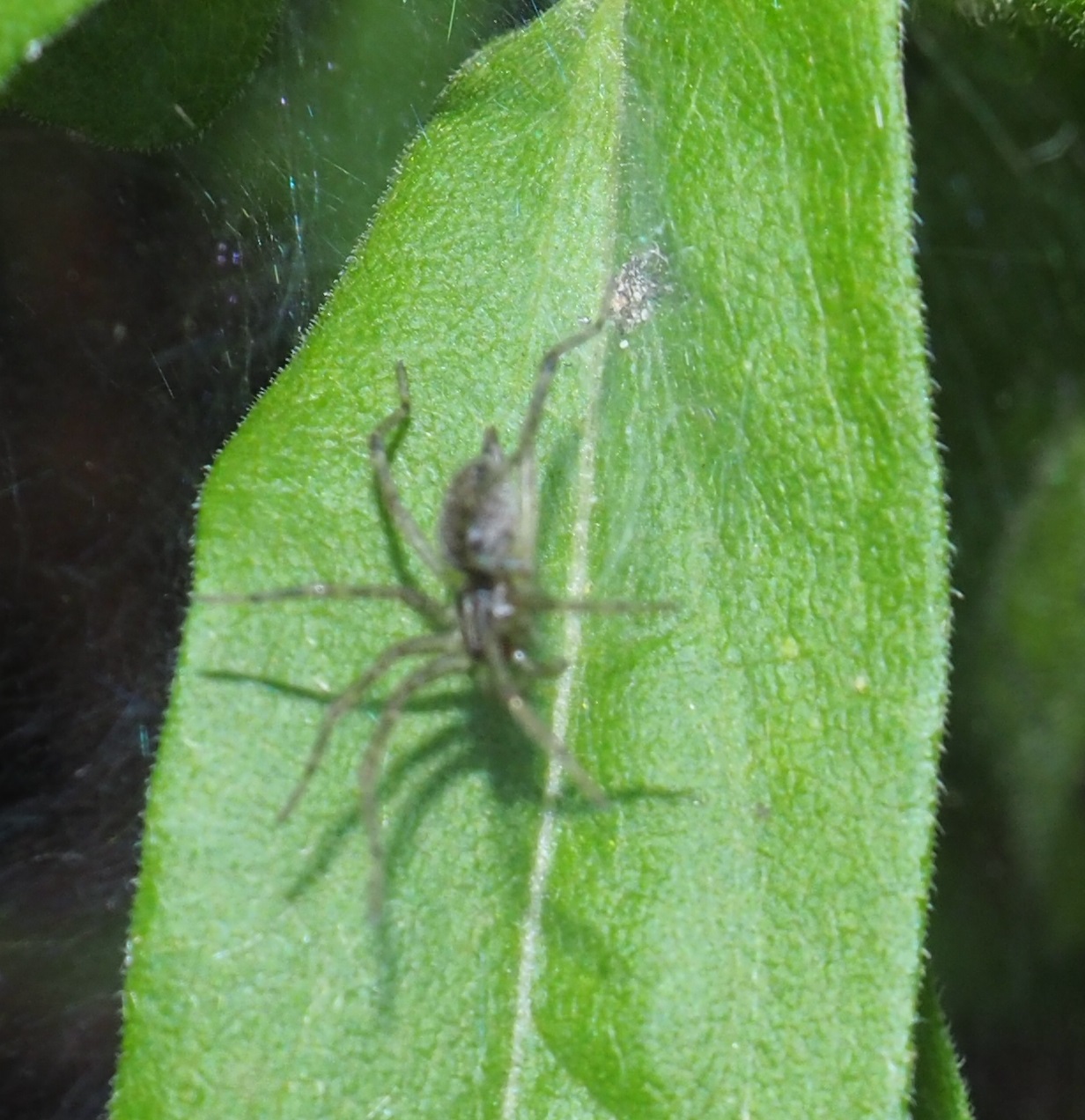
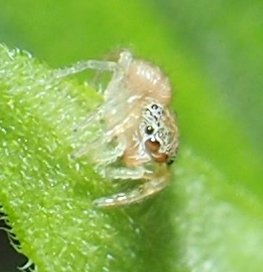
I'm not sure that this little Jumper is not the same individual as the last one back one row.... But who cares? It's a Jumping Spider. Next is a promo for Liberace Jumping Spider as he gives those keys a good pounding! Third seems to be a Long-jawed Orbweaver of some kind but carrying around many egg-sacs.
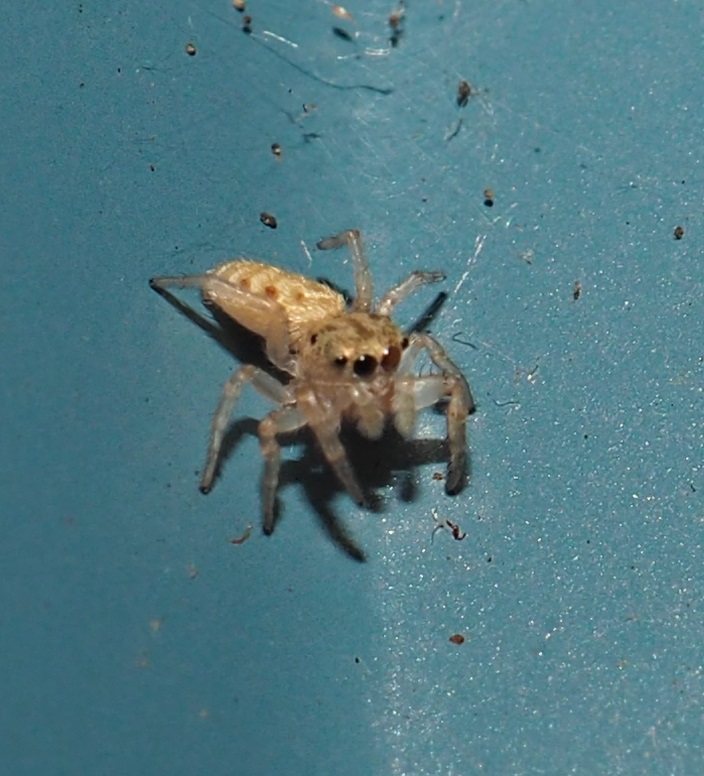
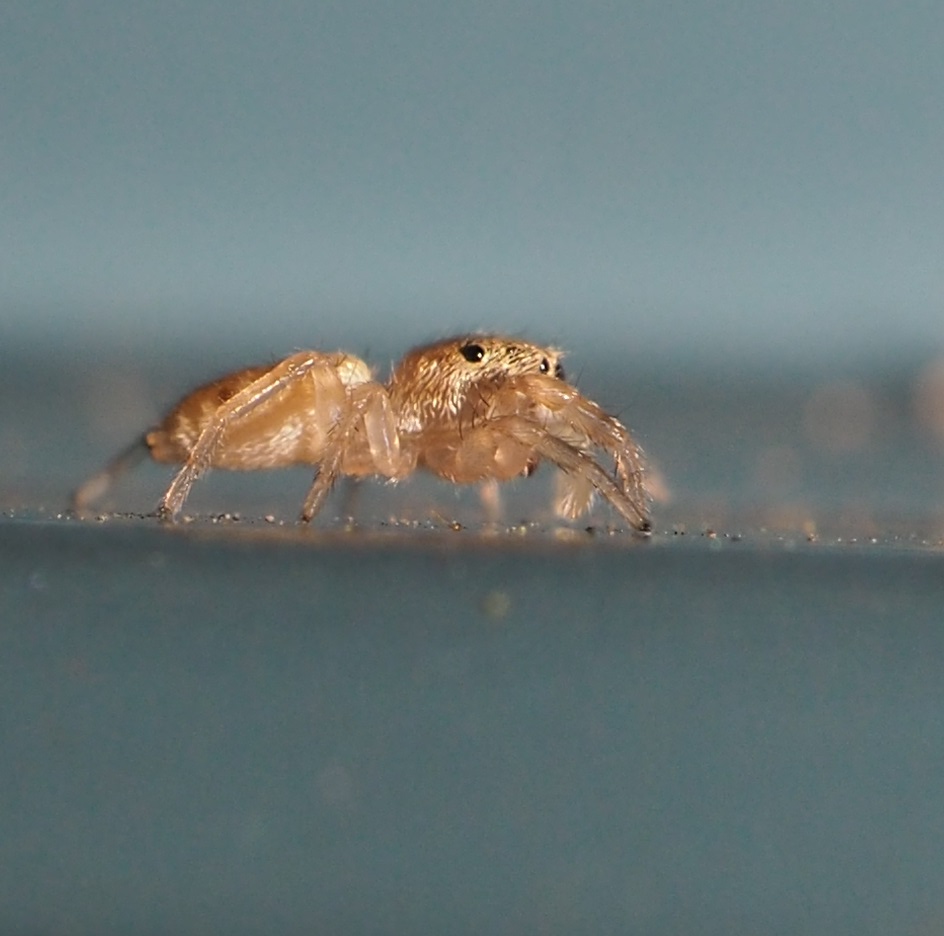

This first spider is in a familiar pose - that of a Pirate Spider. It doesn't have the crazy face we're used to but I'm going to take a chance on this quiz and label it Pirate Spider. Third seems to be a small Theridion (cobweb) spider with a nice big-eyed fly all wrapped up and to go. The very tiny spider in the last image may be a Crab Spider, but there's a lot missing in the picture.
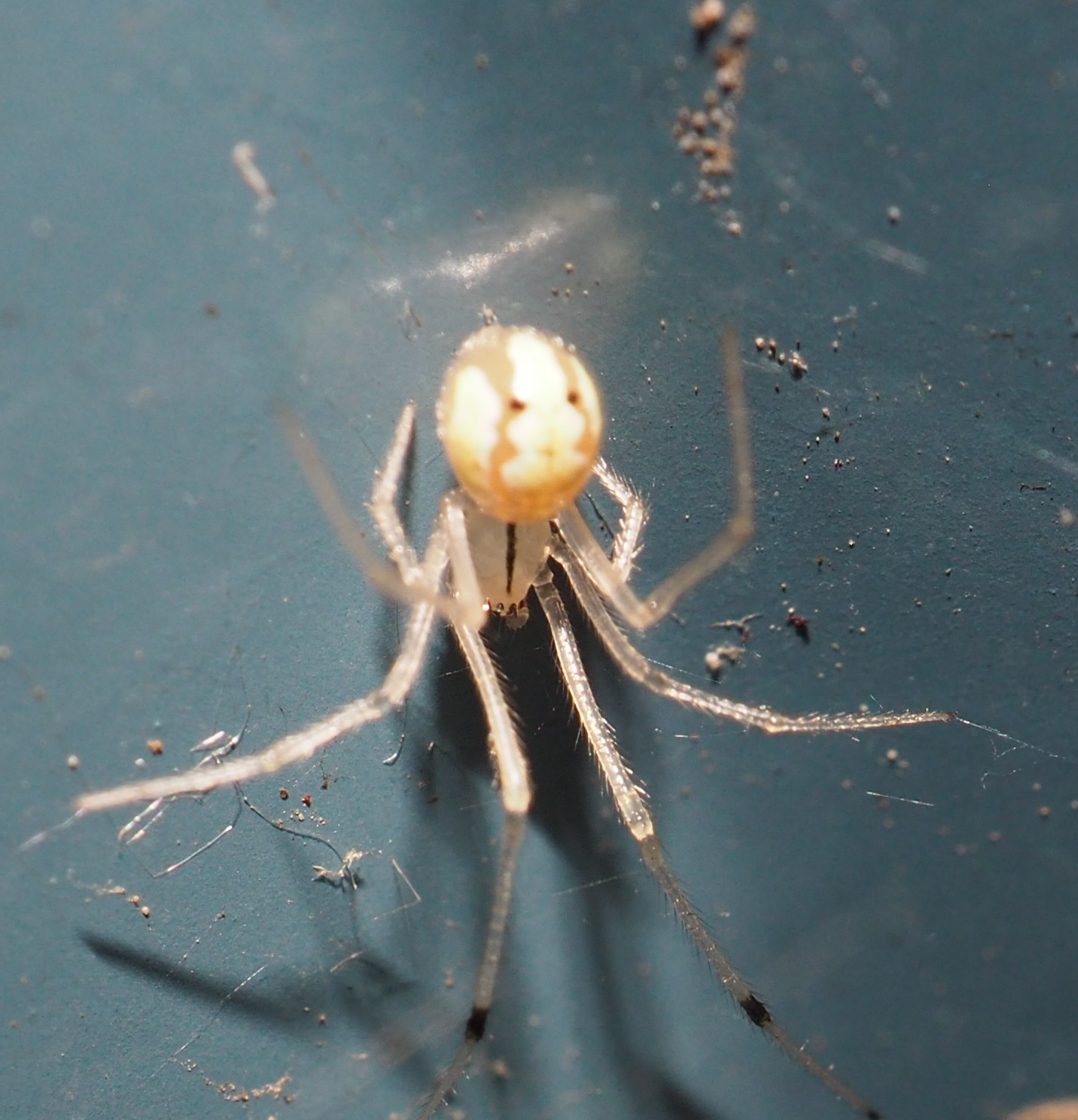
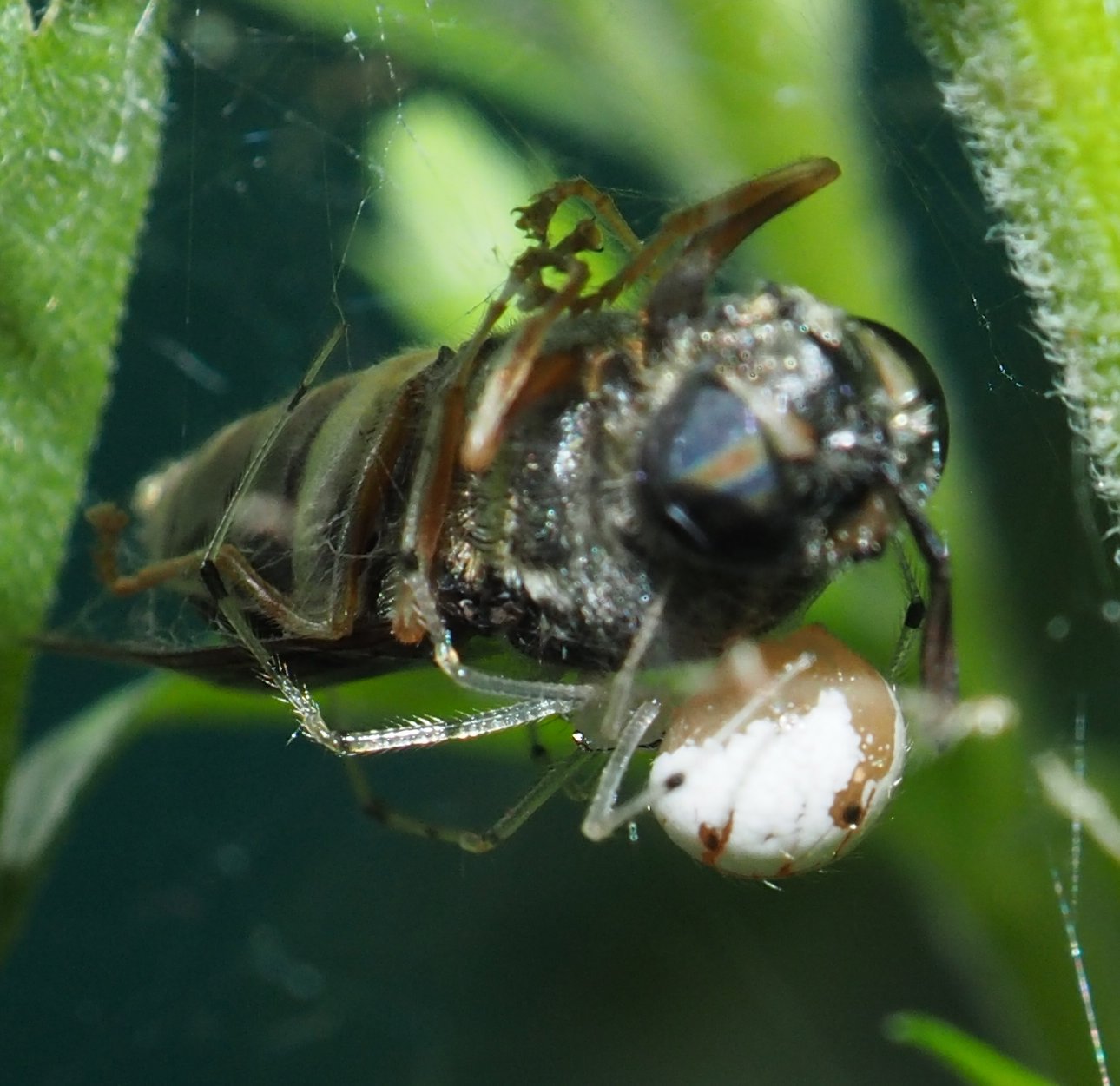

We captured a few wasps or ichneumon wasps. This first one seems to be casing the neighborhood to see if there is a dinner-sized item. Many of the wasps that make nests will lay their eggs in a cell and leave a paralyzed critter in there with Baby. The second pic may be of the same wasp at the edge of a puddle having a drink. The third is a common color combination - red and black, black and white, black and yellow. The last one seems also to be a wasp or ichneumon wasp.

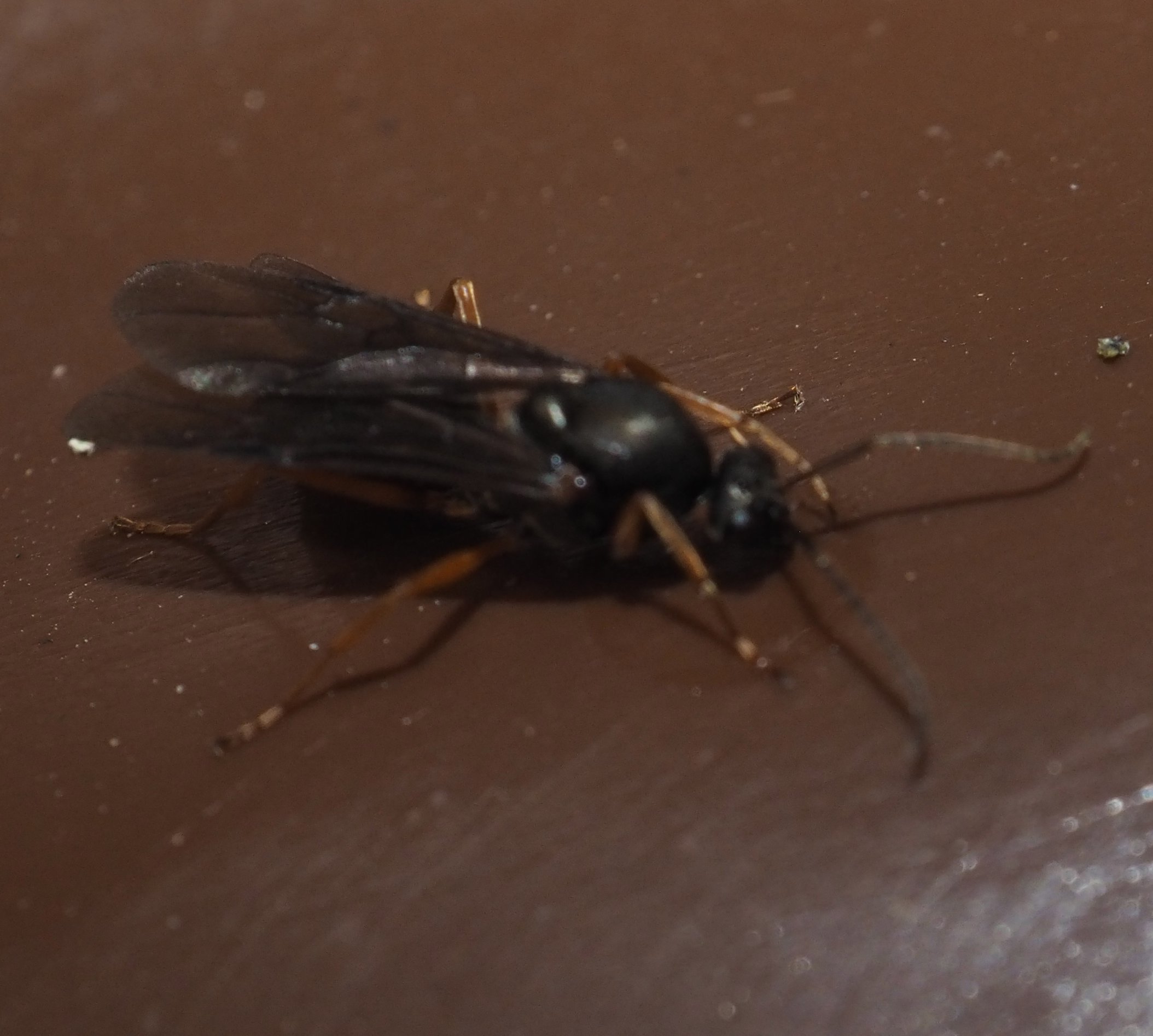
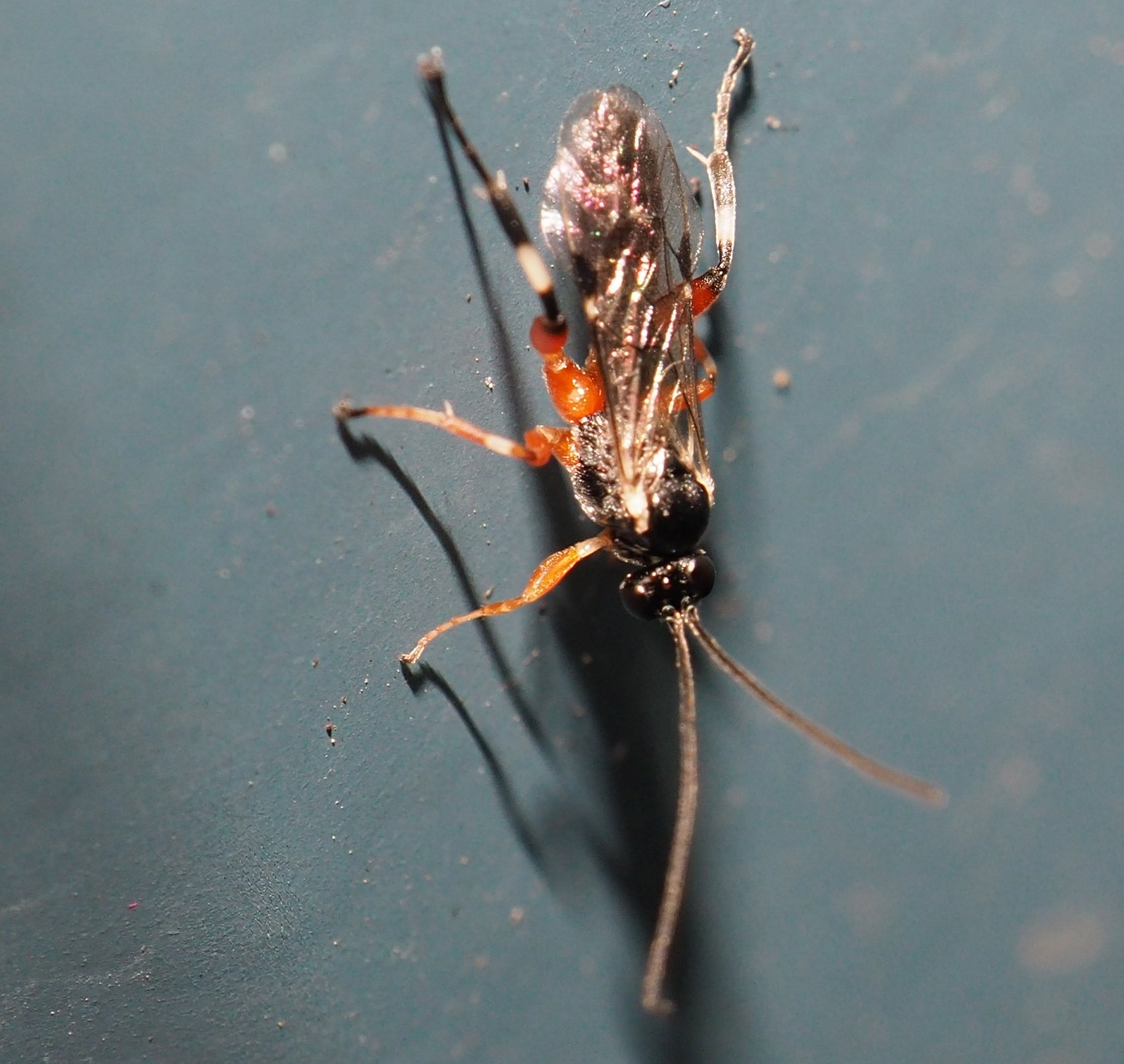
Here are the last of the wasps. I'm at a loss for most of them.. This is going to be a big bit of homework. But here they are. I seem to remember the second one from somewhere, but who remembers? Last of all, my friend Jim S took this picture of a wasp's nest. Too bad there are no survivors so that we might match the nest to the possible builders! Gorgeous nest, anyway. Oh wait. Not so fast, Here is a picture of an aerial yellowjacket, Dolichovespula arenaria, as it scrapes pulp off my fence. It could have been one like that who built the nest. Imagine. How many years will it take for a fence to be scrapped totally into wasp's nests?
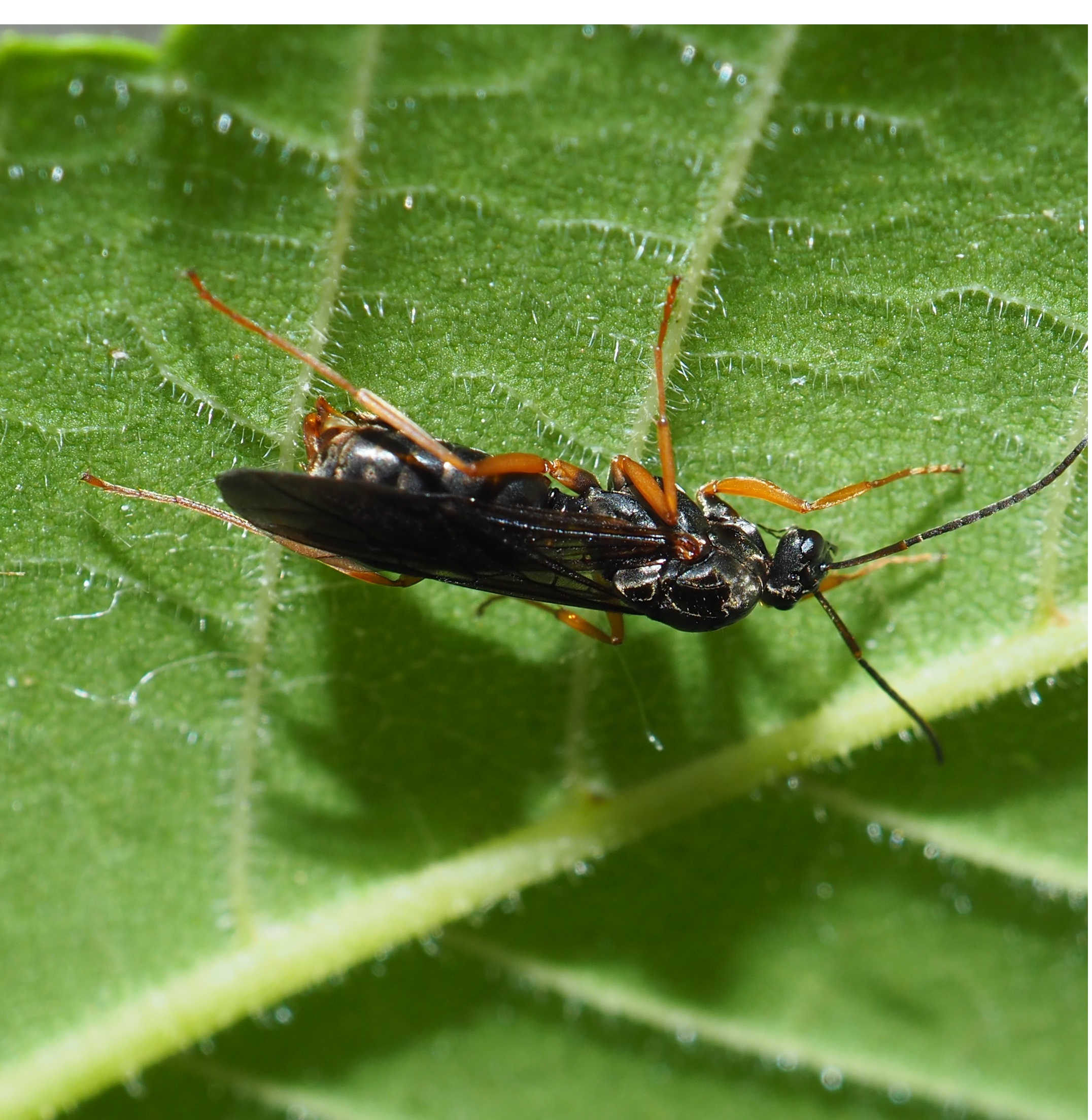


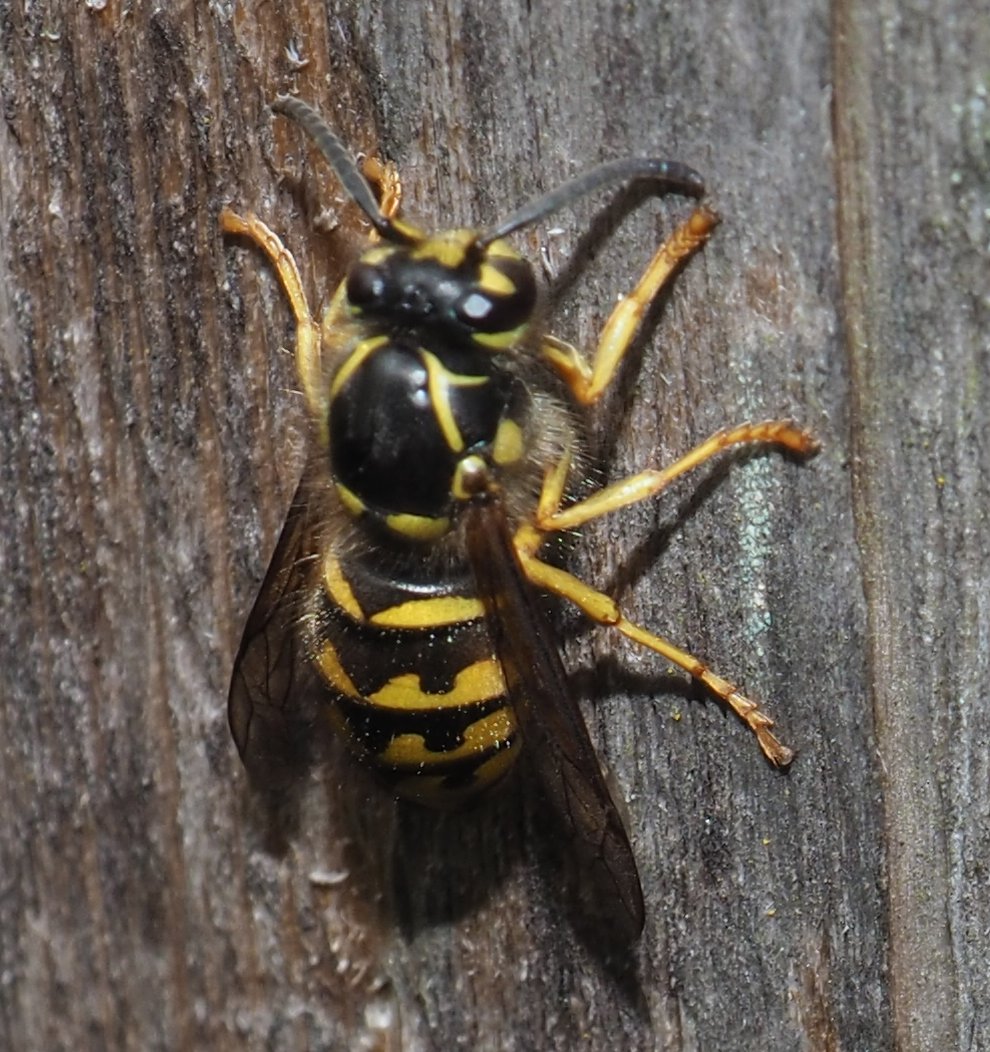
How about a few more flowers? Phlox! Oak galls -not a flower, but pretty! And the blue balloons, who cannot be forced into looking all the same direction!
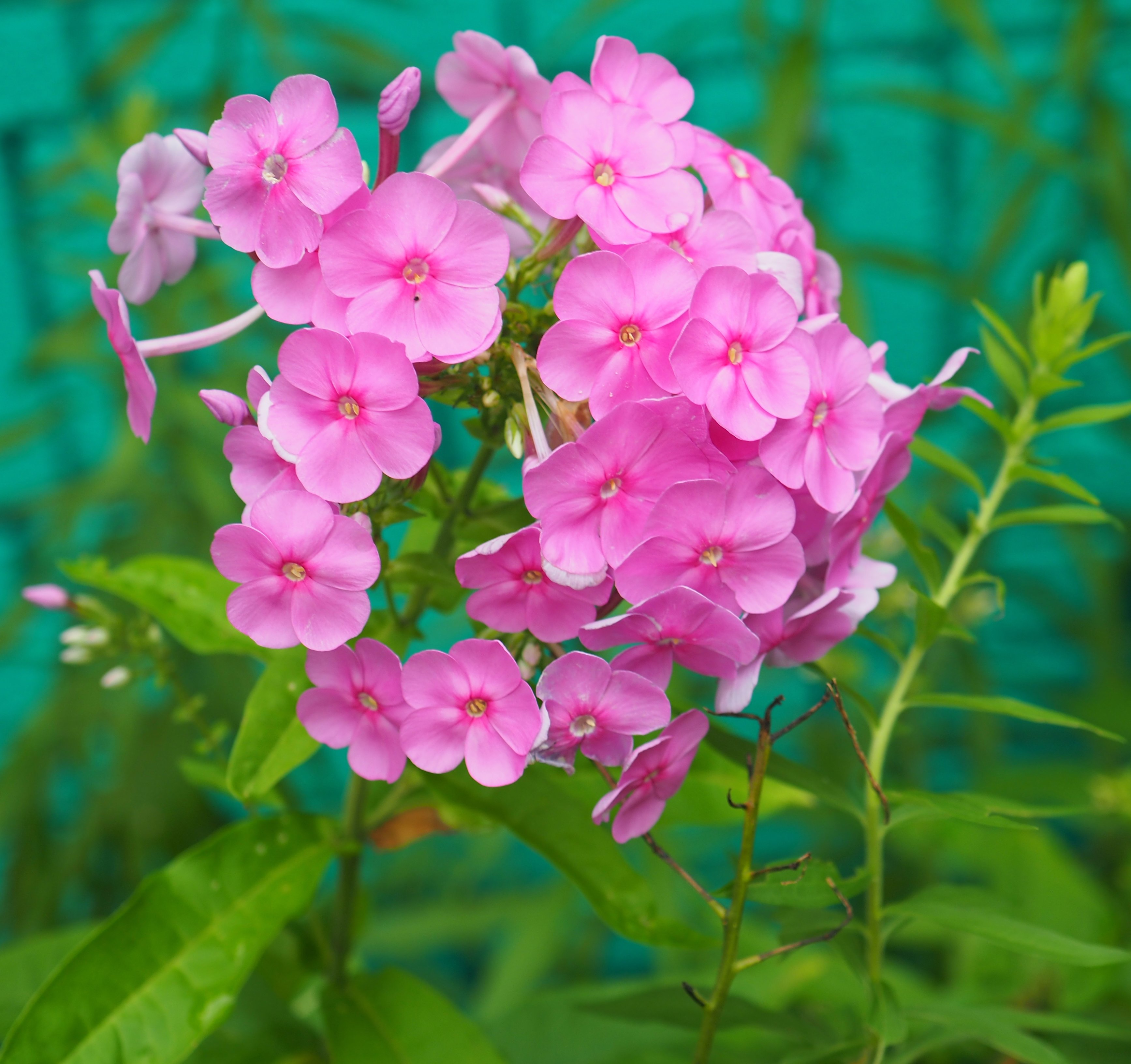

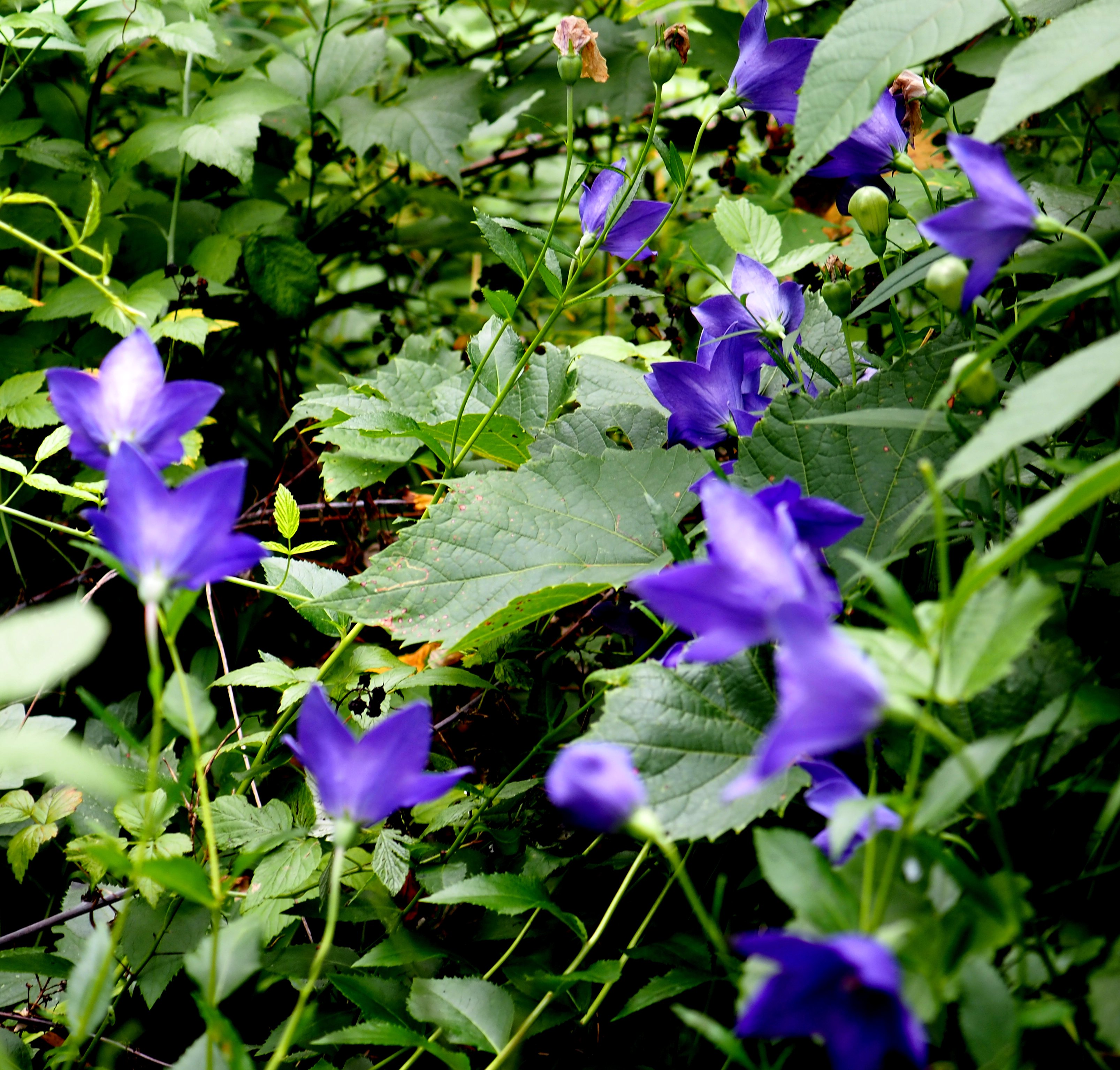
The pond is recovering and the remaining fishes seem hungry = well. I must say that Tripper the cat is quite sad without her companion, Big Bunny. She cries continually. But the other day our vet (you know who you are) said that Tripper didn't have many teeth left as if she too were getting superannuated. I decided to try wetting her dry food, and her appetite is crazy! So that's good news!
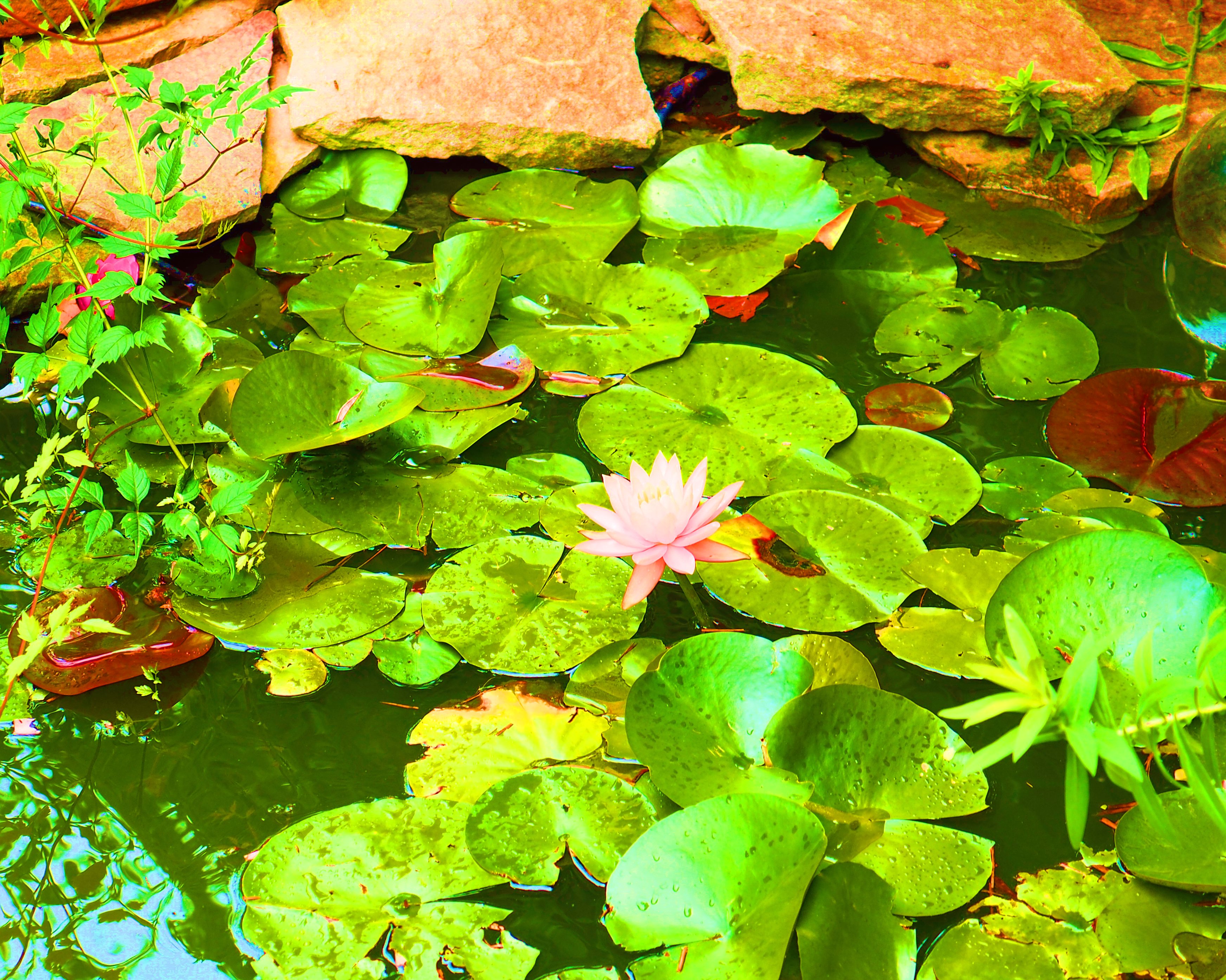
So another week, another walk in Getting-Old-Land. Good thing the bugs don't all fly away when they see me wobbling around out there. Disclaimer: Partly in Jest.
Love to everyone,
Martha
Back to July 22, 2018
Forward to August 5, 2018
Back to main menu
copyright Martha O'Kennon 2018


































.jpg)







































































